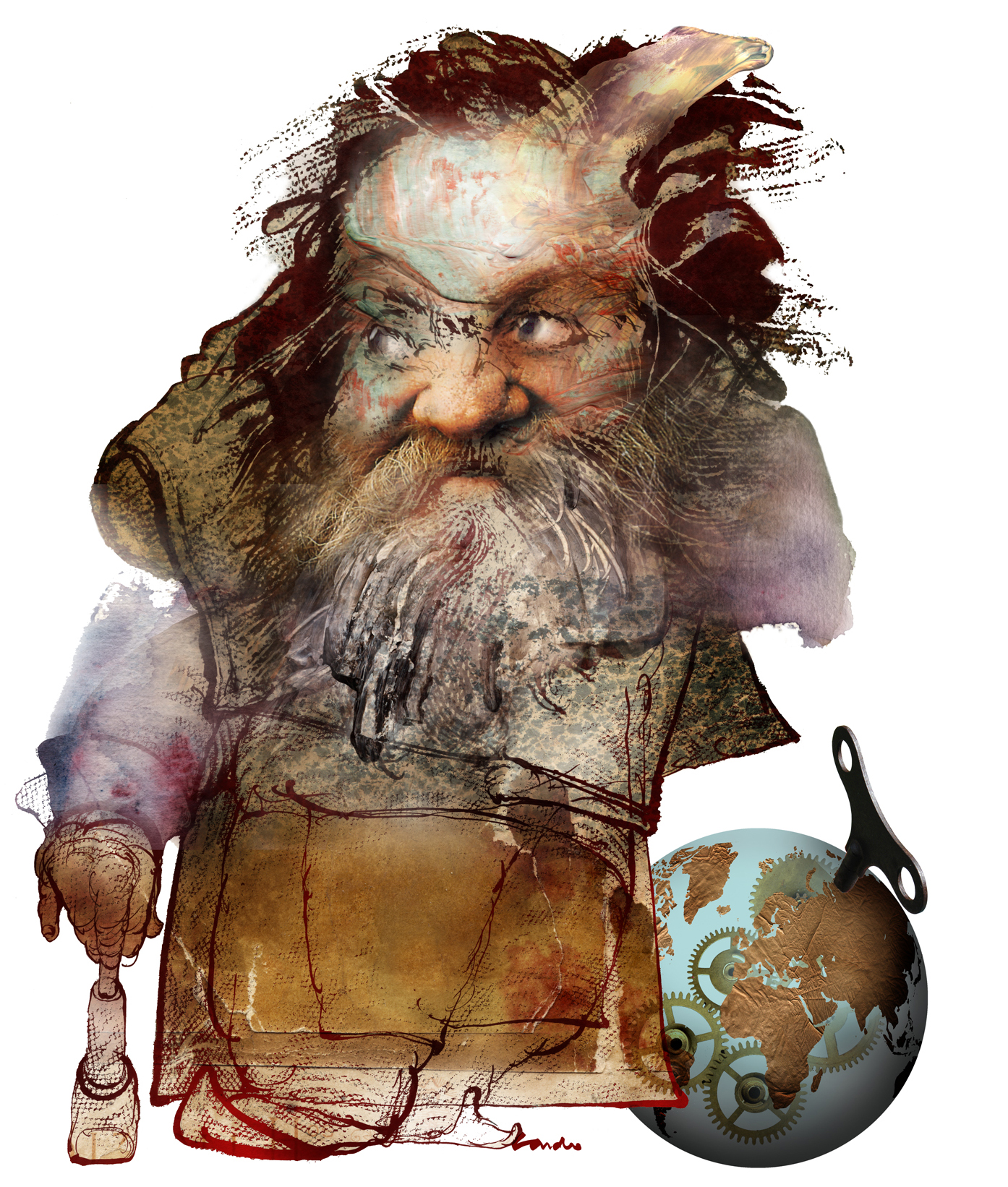
Galileo Galilei
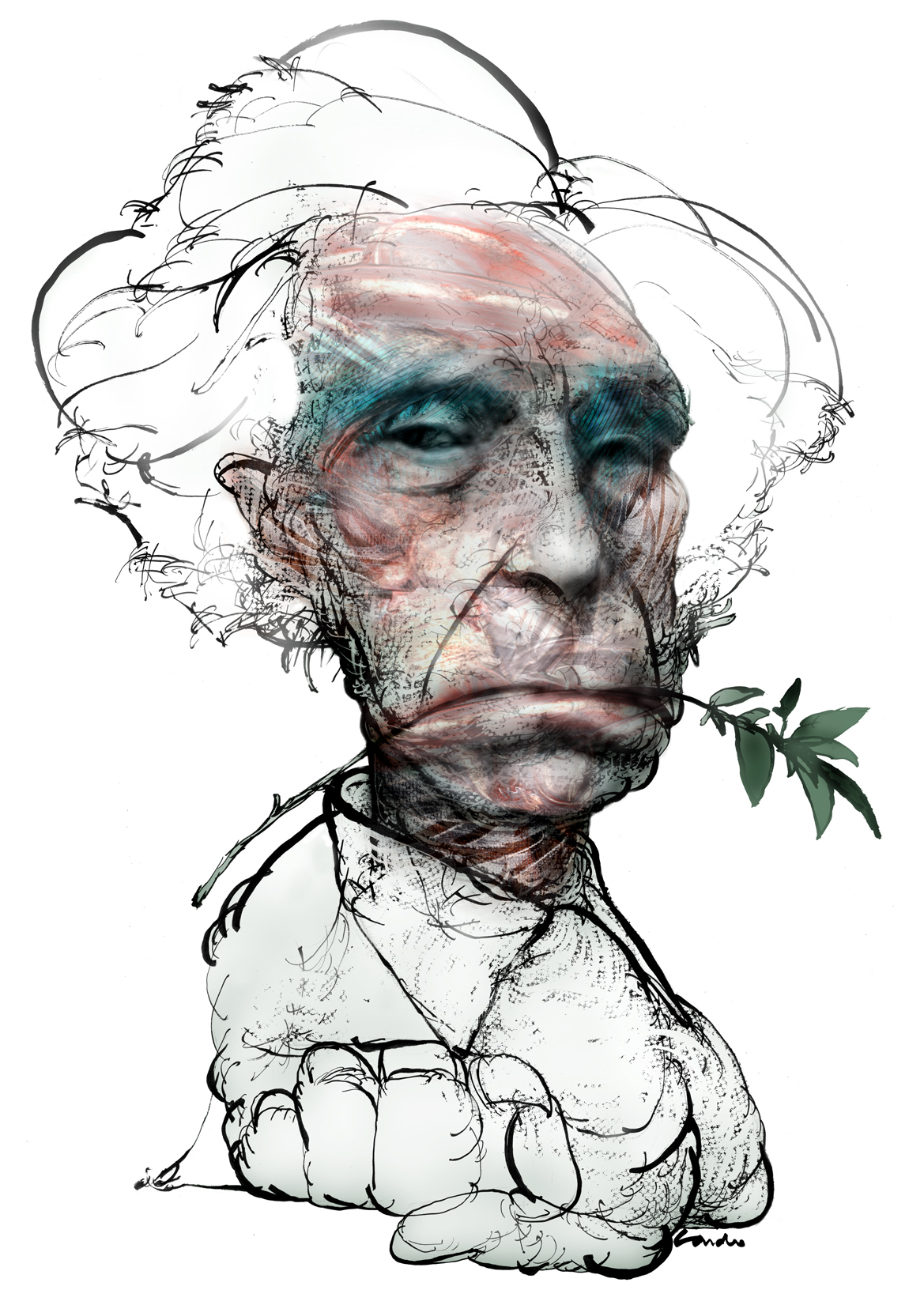
Bertrand Russell
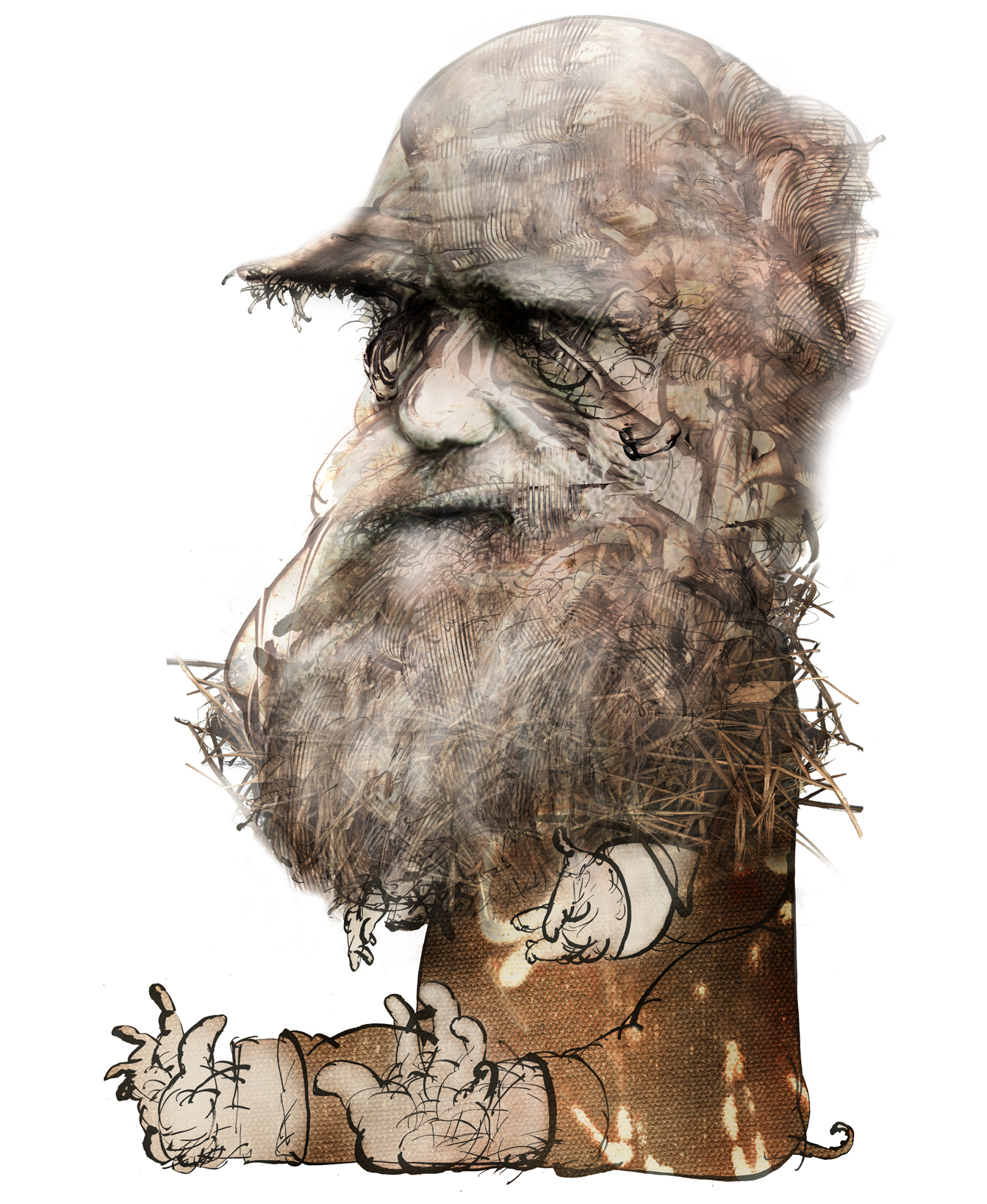
Charles Darwin
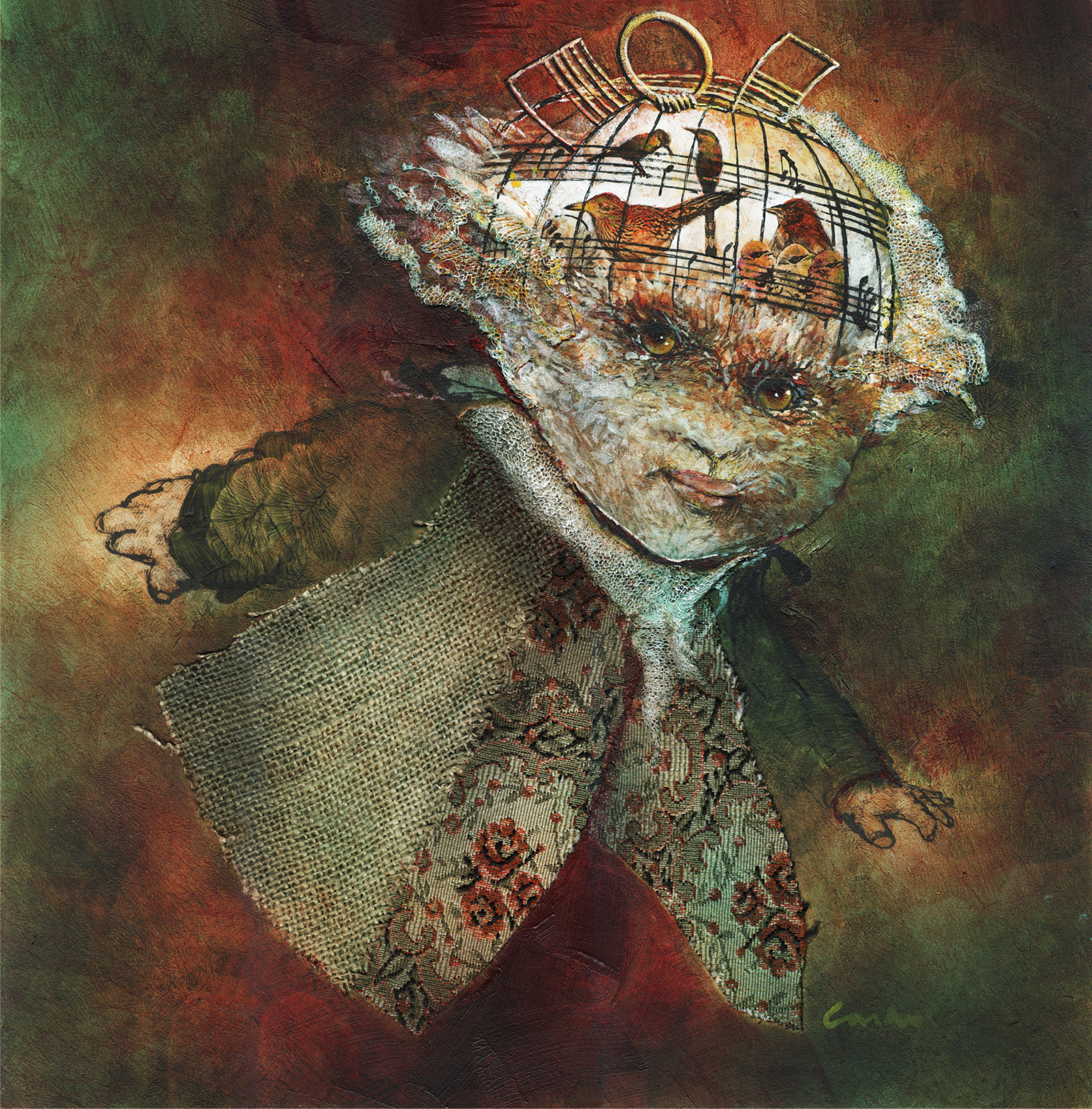
Wolfgang Amadeus Mozart: the Music’s Elf
Celebrating the anniversary of the death of composer and pianist Wolfgang Amadeus Mozart (Theophilus Mozart Wolfgangus Johannes Chrysostom), who was born in Salzburg on January 27, 1756 and who died in Vienna on December 5, 1791, Time Magazine selected seven artists and requested them to prepare a testimonial illustration of the famous musician.
I chose as my subject the prodigious child that Mozart once was, since he played the clavichord at the age of only four, he had a prodigious memory and composed small considerably complex works. When he was only six years old he played the harpsichord and the violin with great ability.
Today Mozart is considered one of the most influential and prominent musicians in history. Quite a paradox, since he was forgotten and rediscovered by chance, fifty years after his death. A case similar to that of William Blake (De Quincey, a contemporary of the artist, in the fourteen volumes of his works, only once mentions him, and calls him “the crazy printmaker William Blake”).
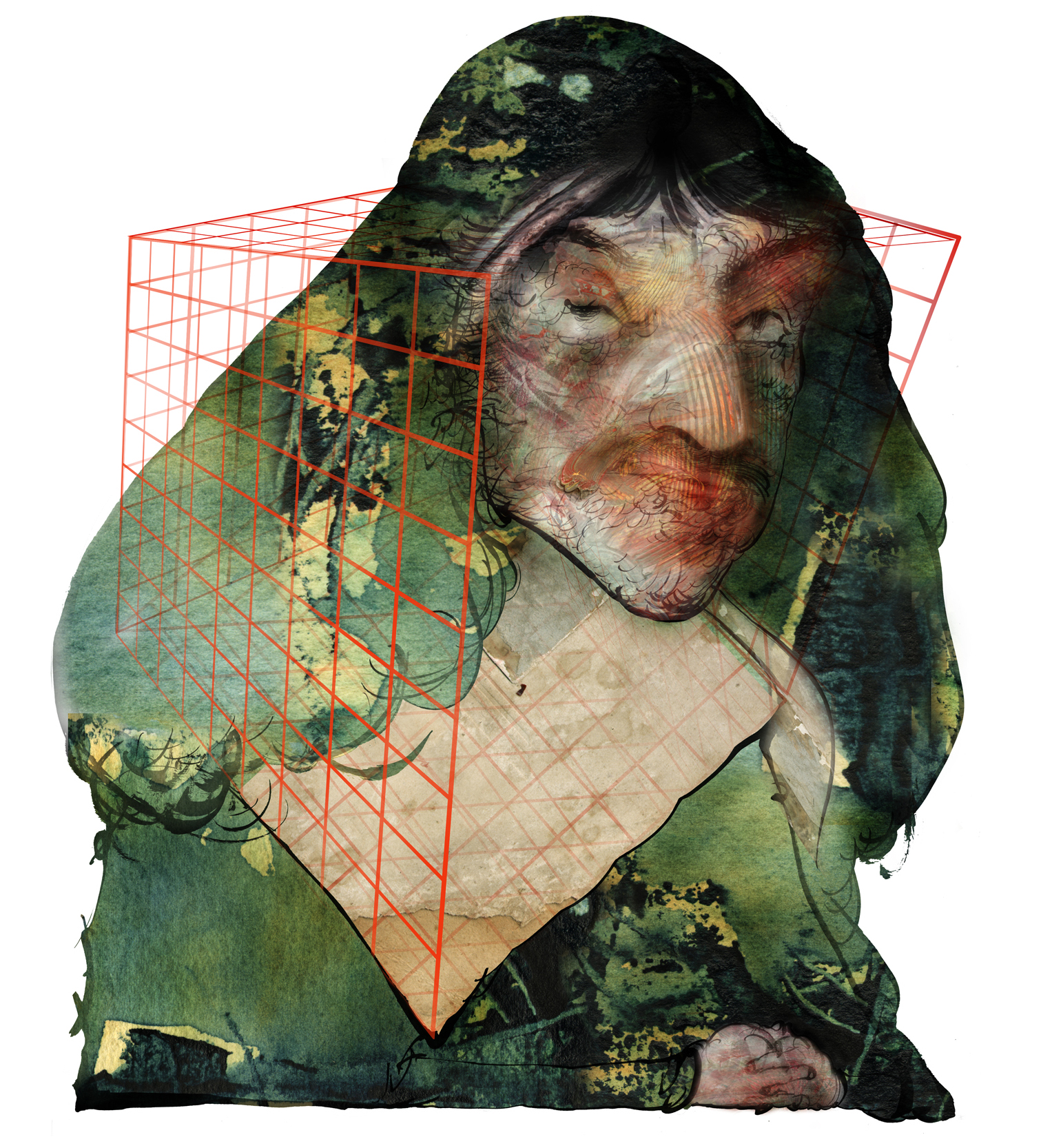
René Descartes
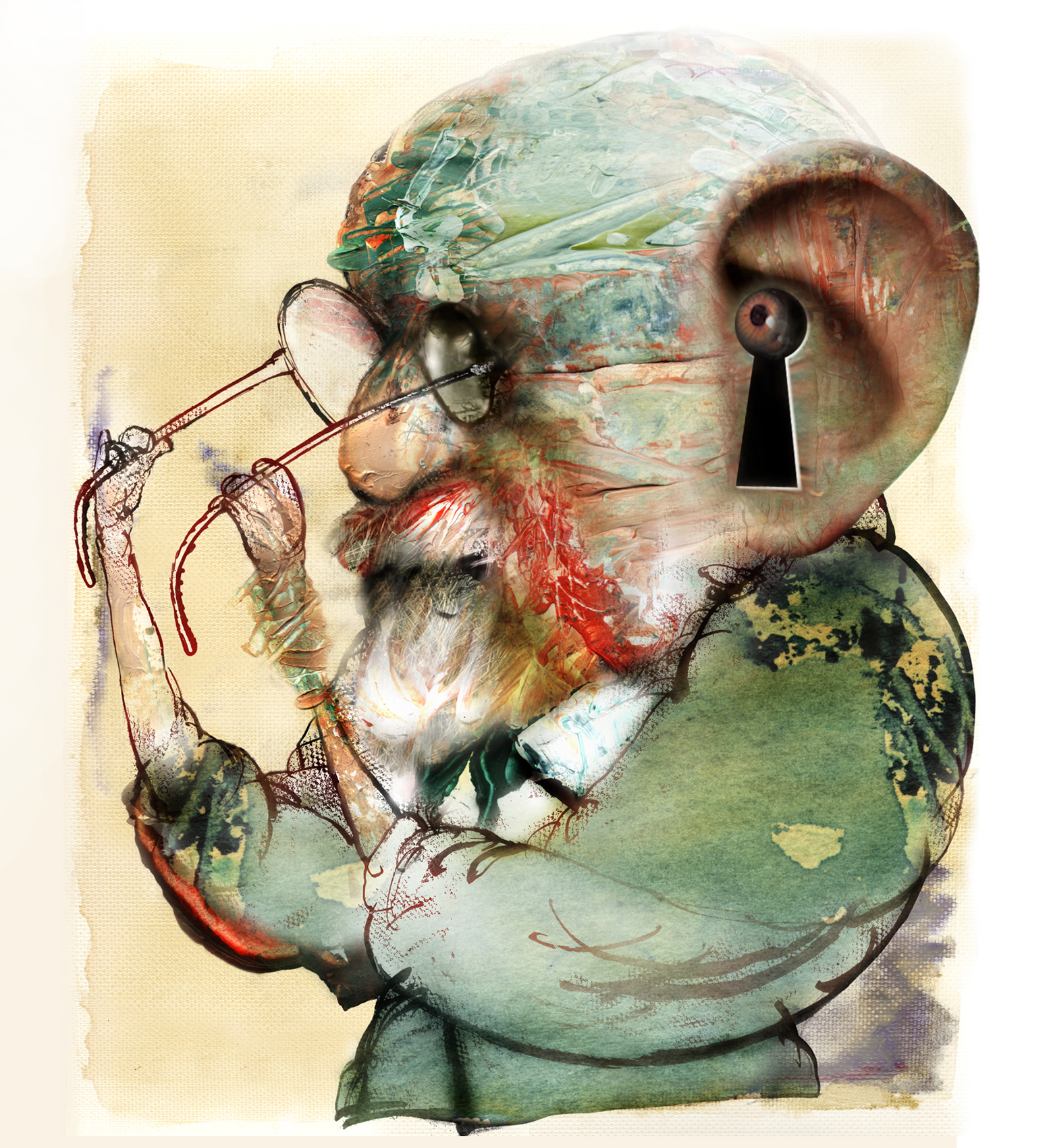
Sigmund Freud
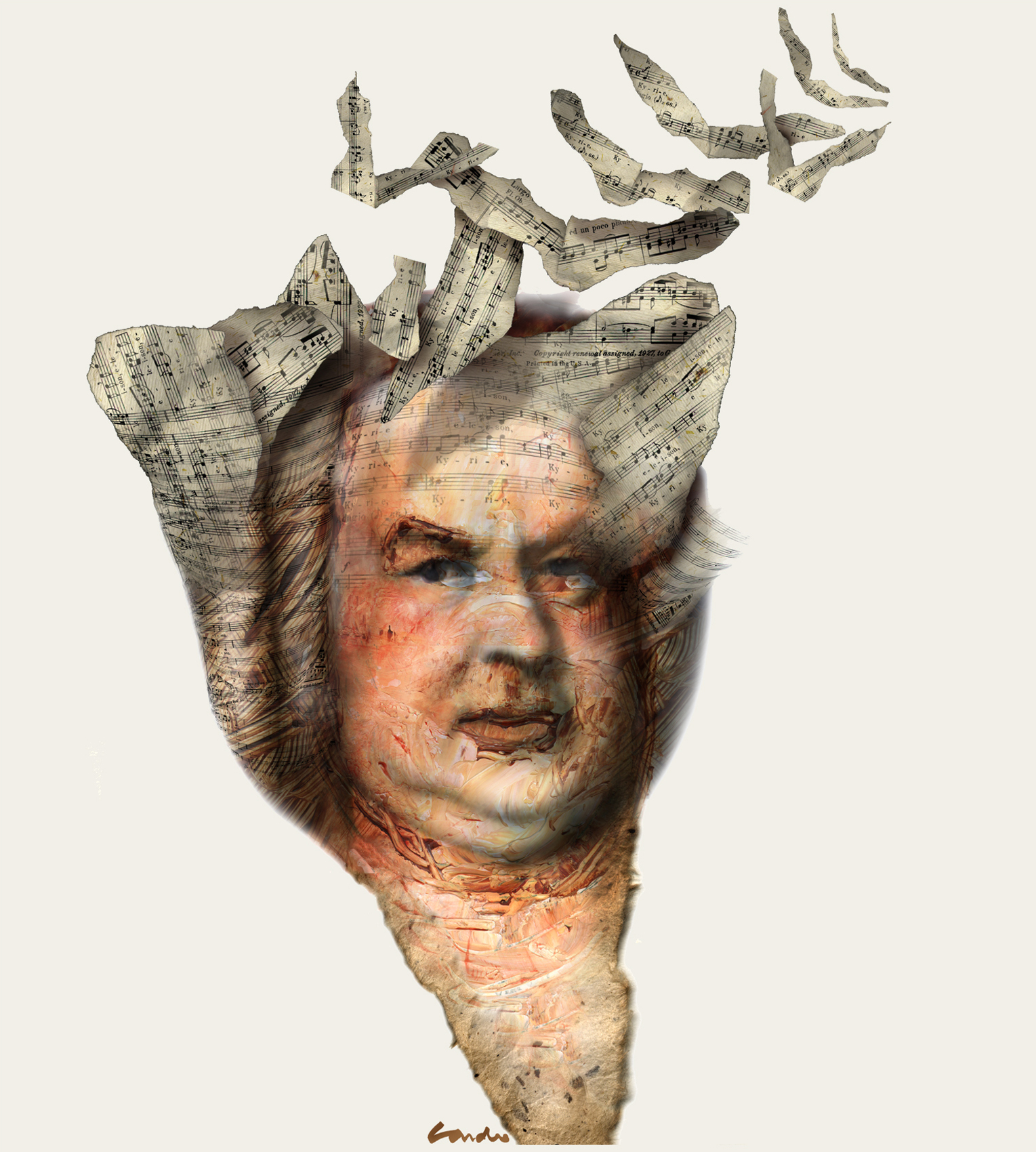
Hans Sebastian Bach
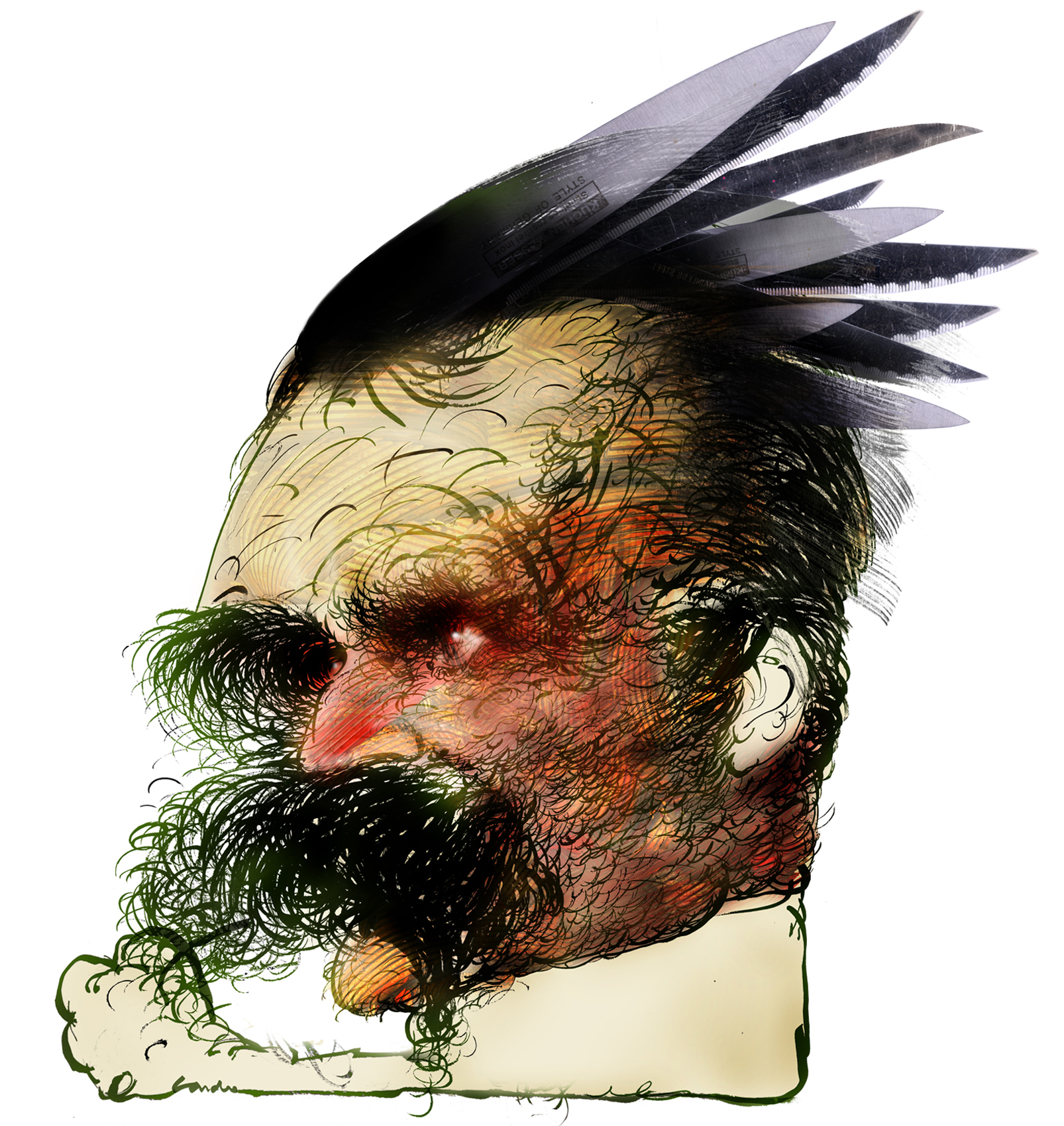
Friedrich Nietzsche
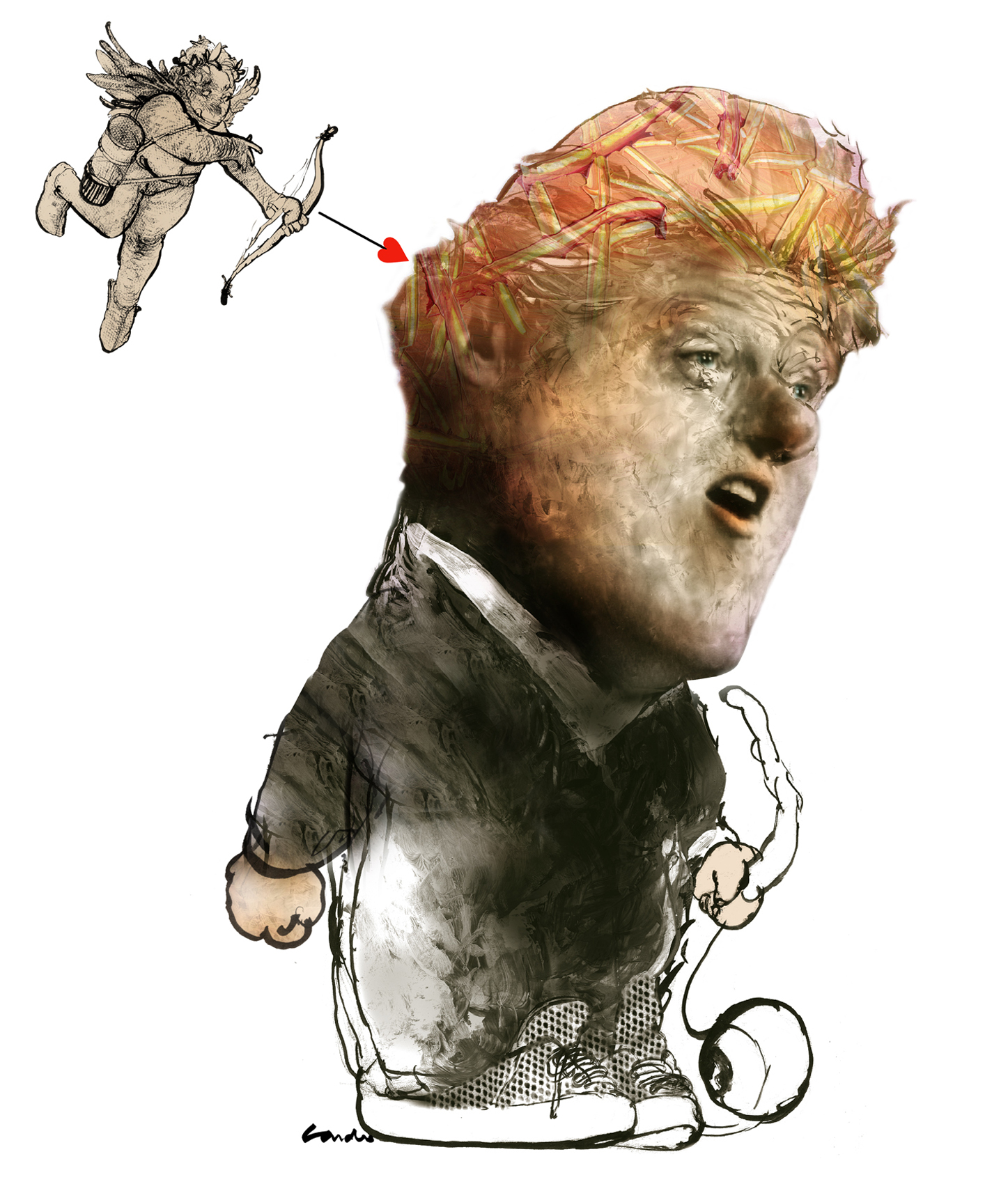
William (Bill) Clinton
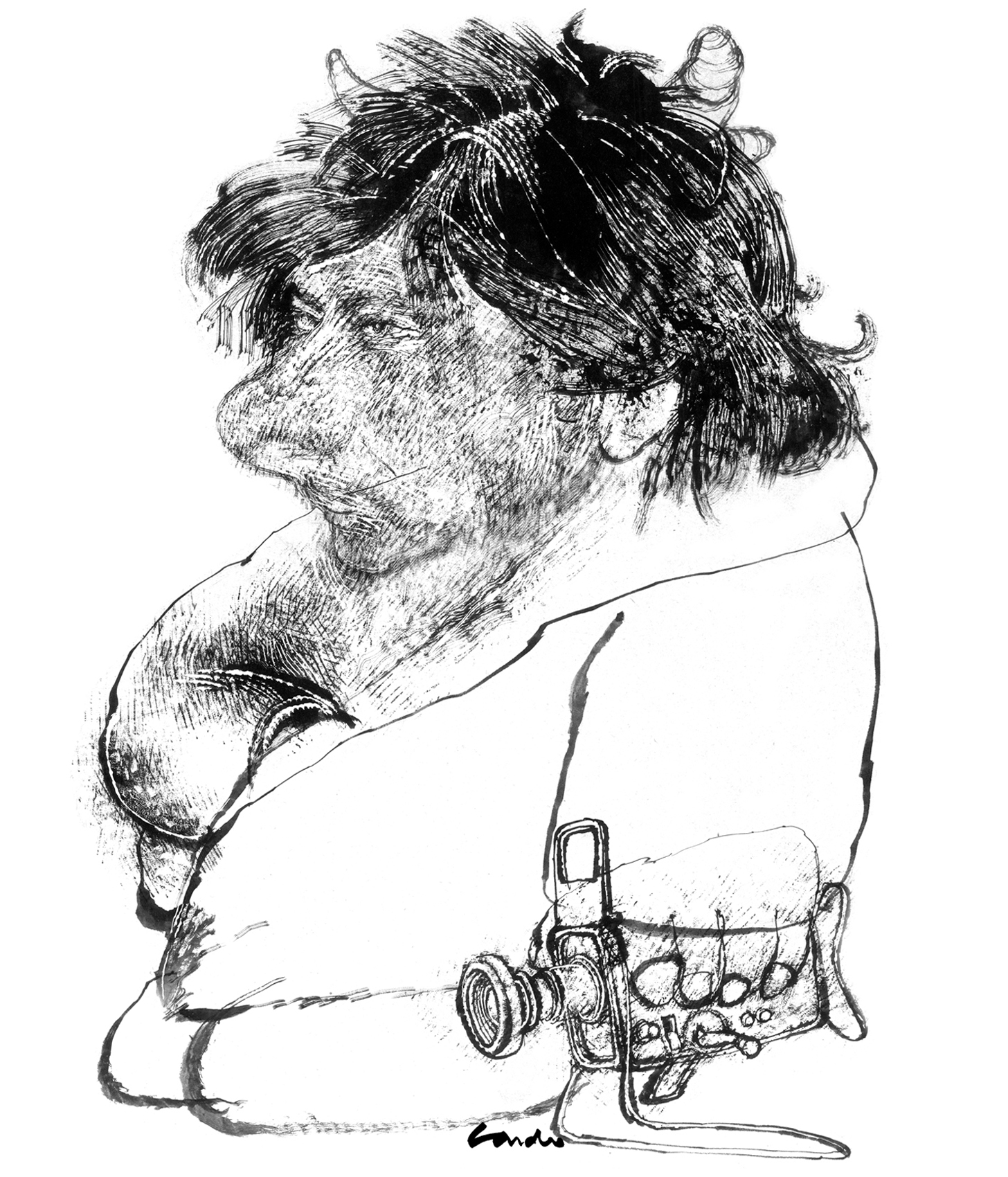
Roman Polanski
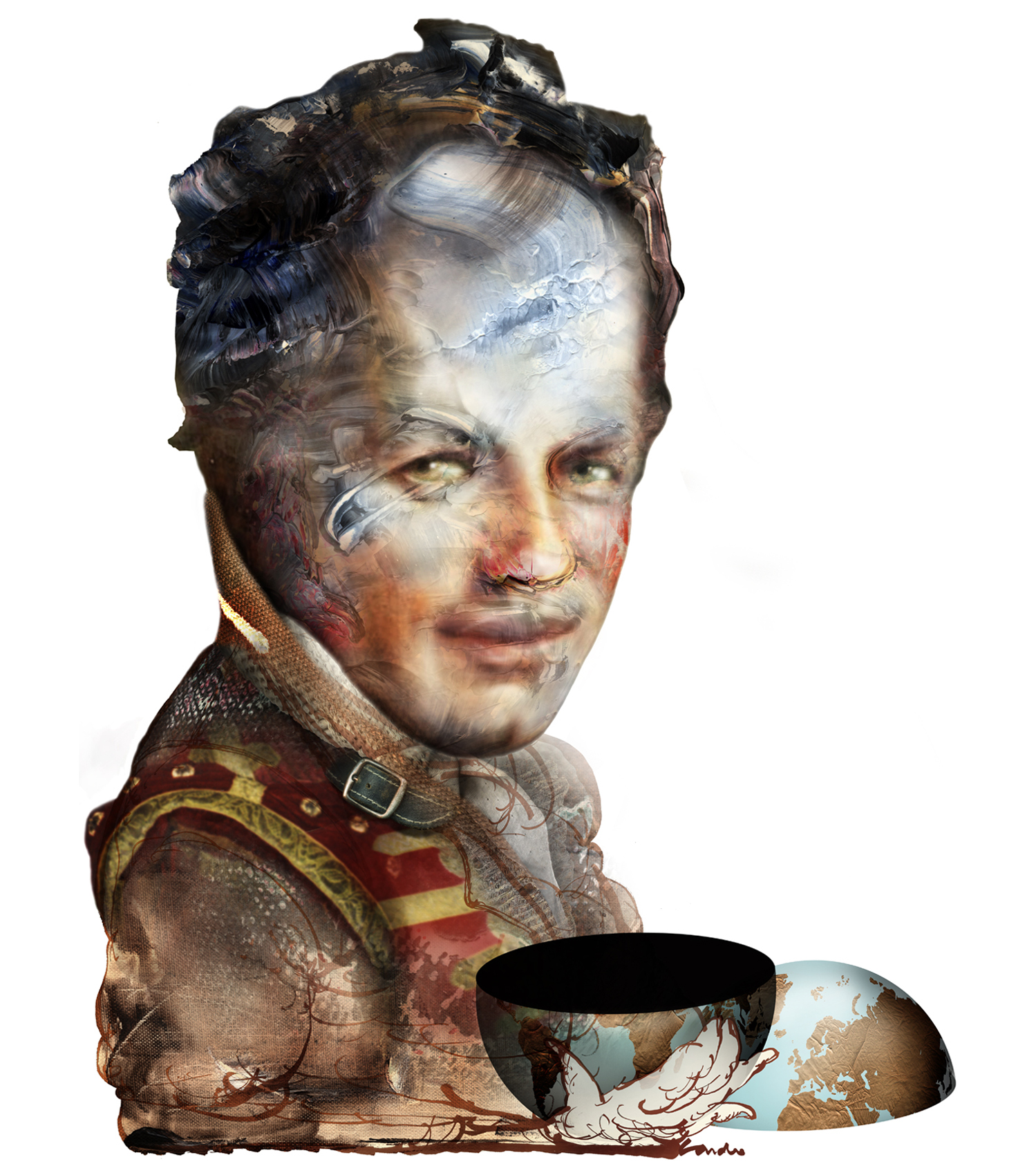
Alexander von Humboldt
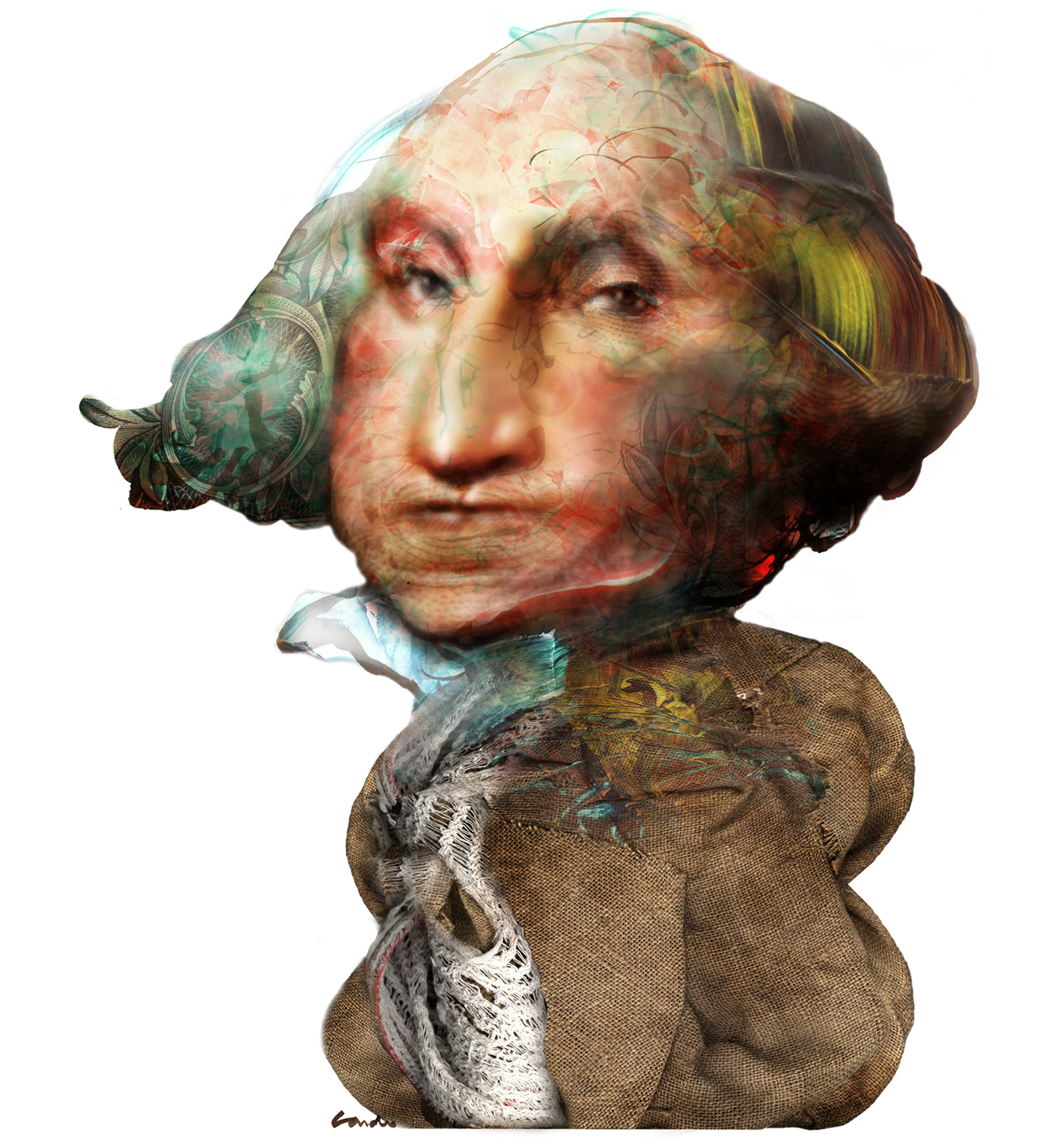
George Washington
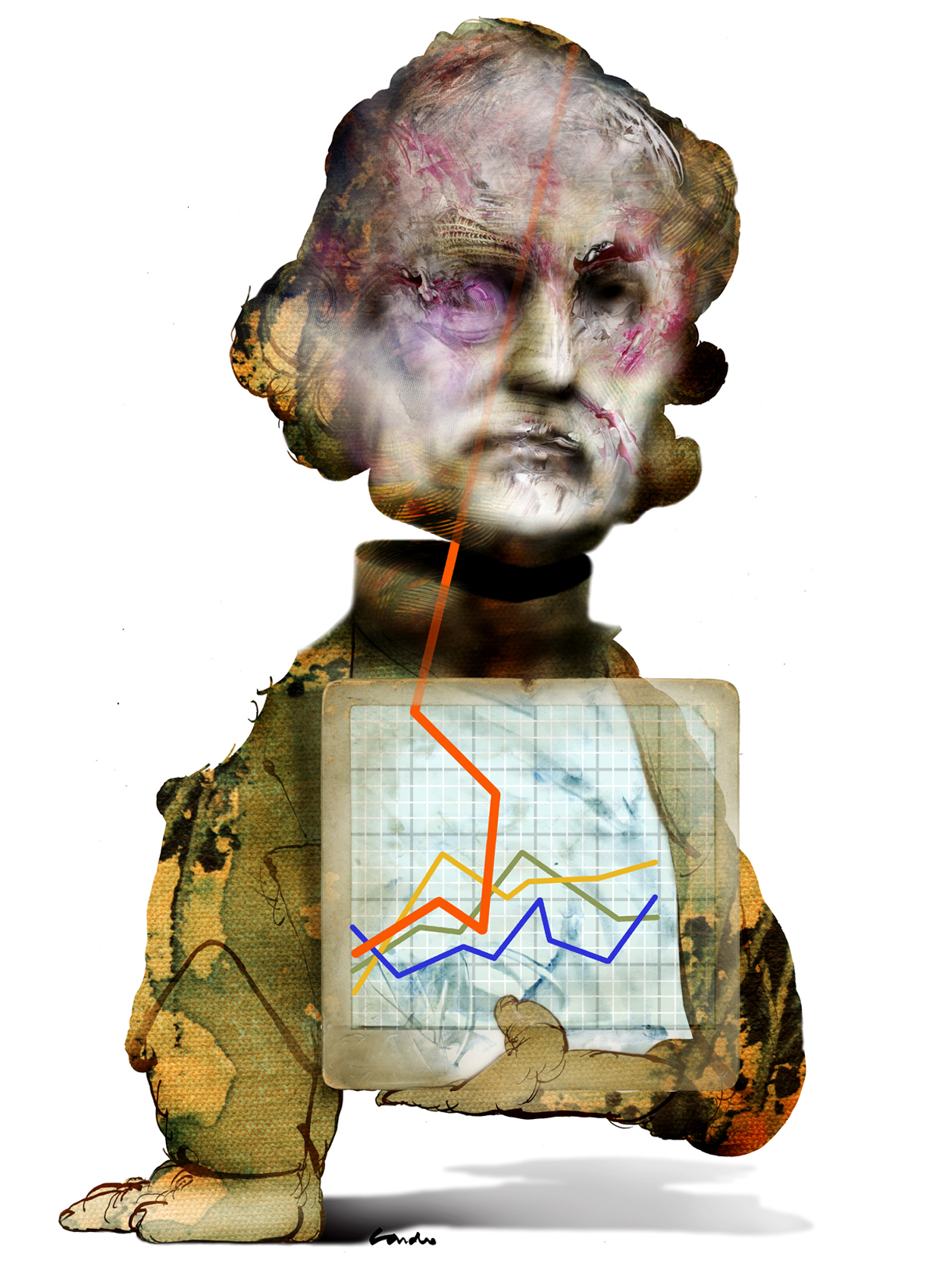
Adam Smith
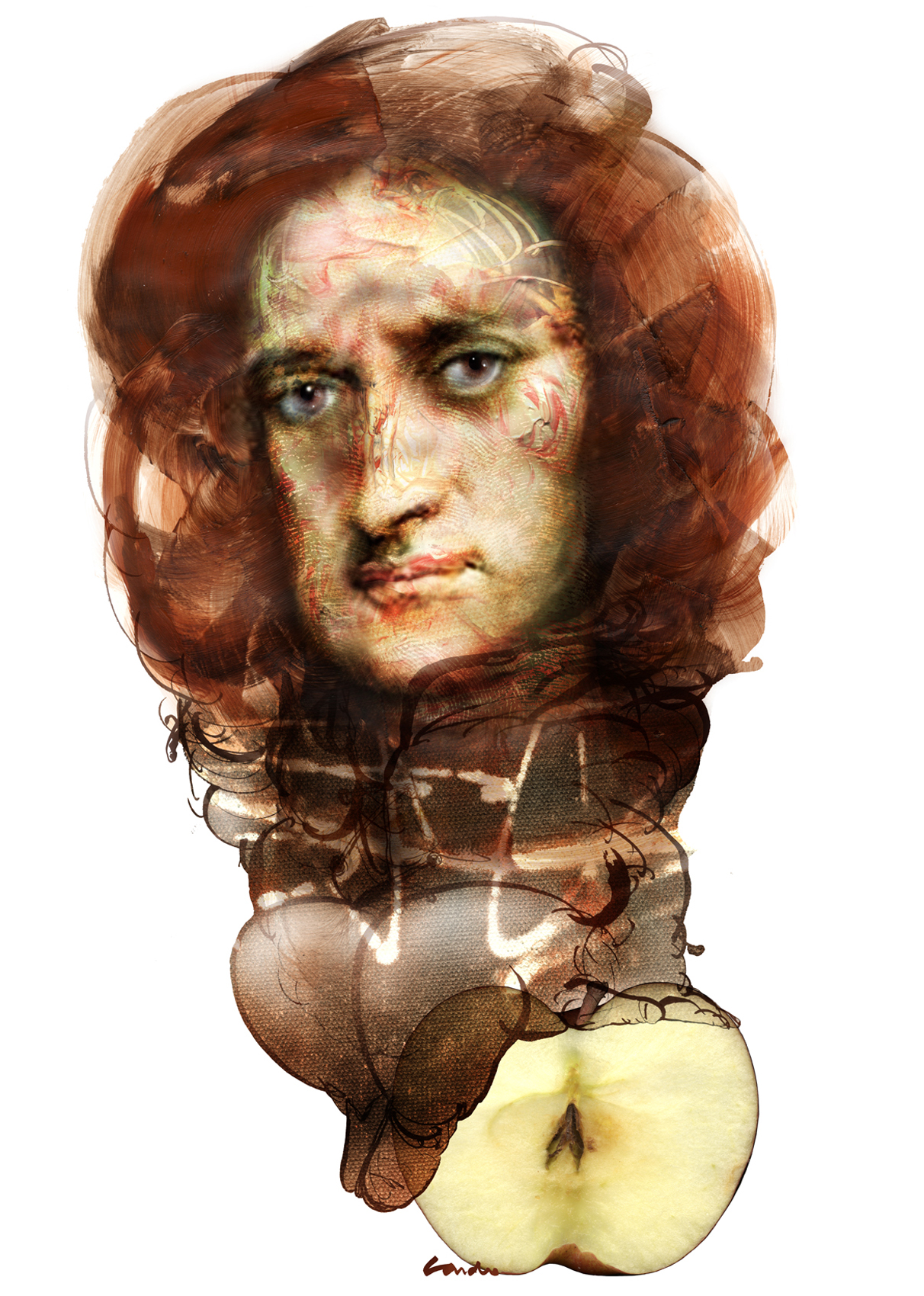
Isaac Newton
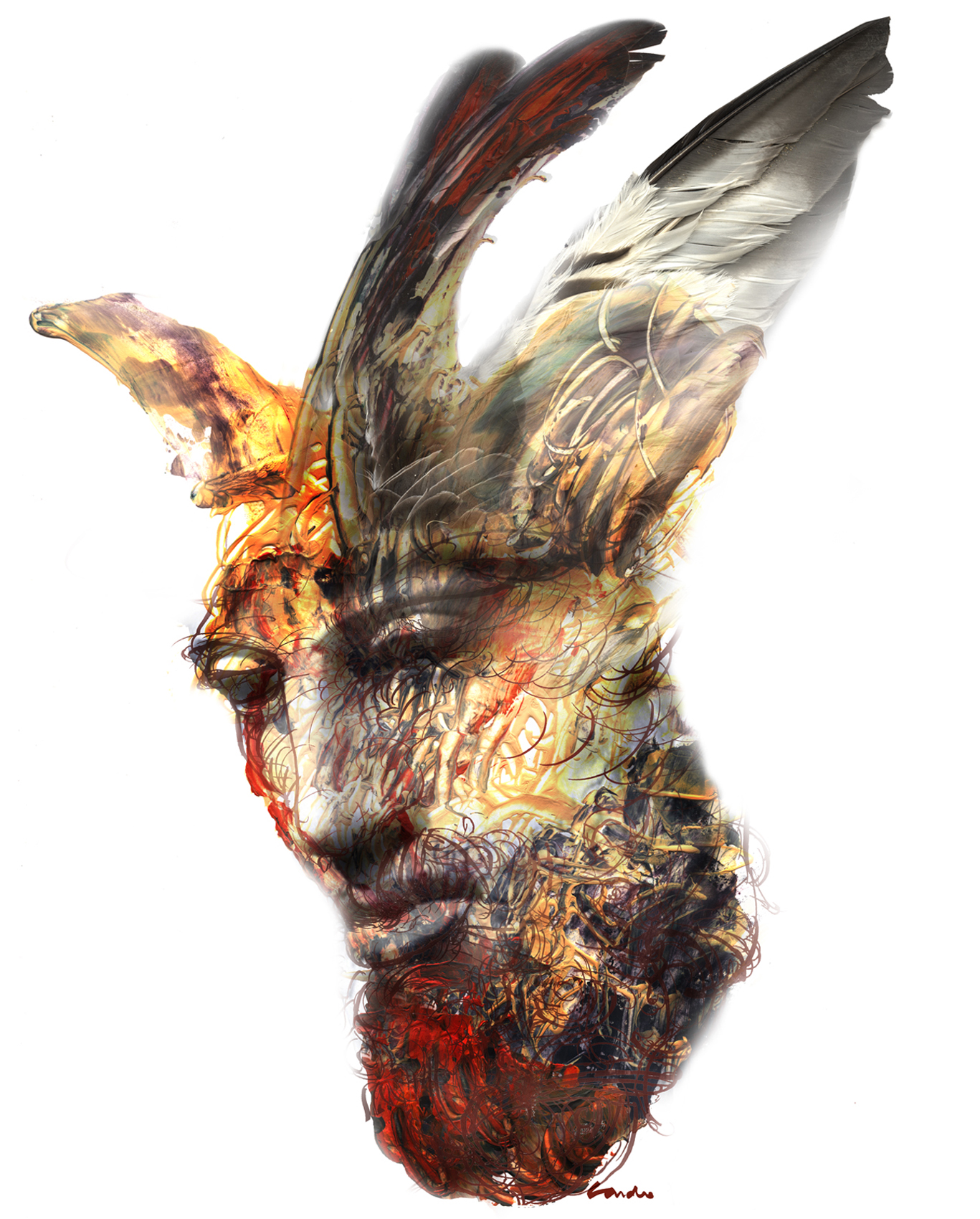
Pericles
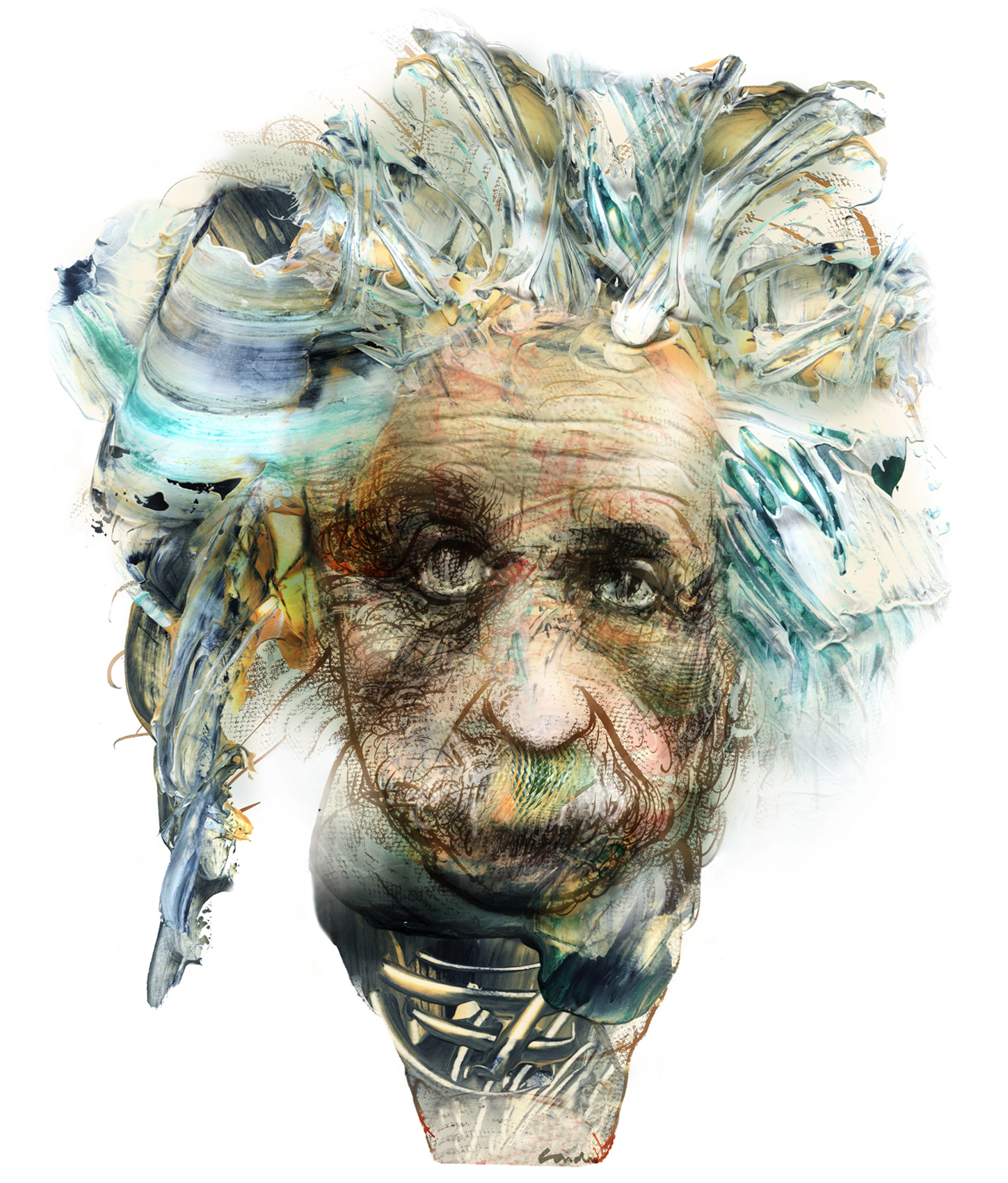
Albert Einstein
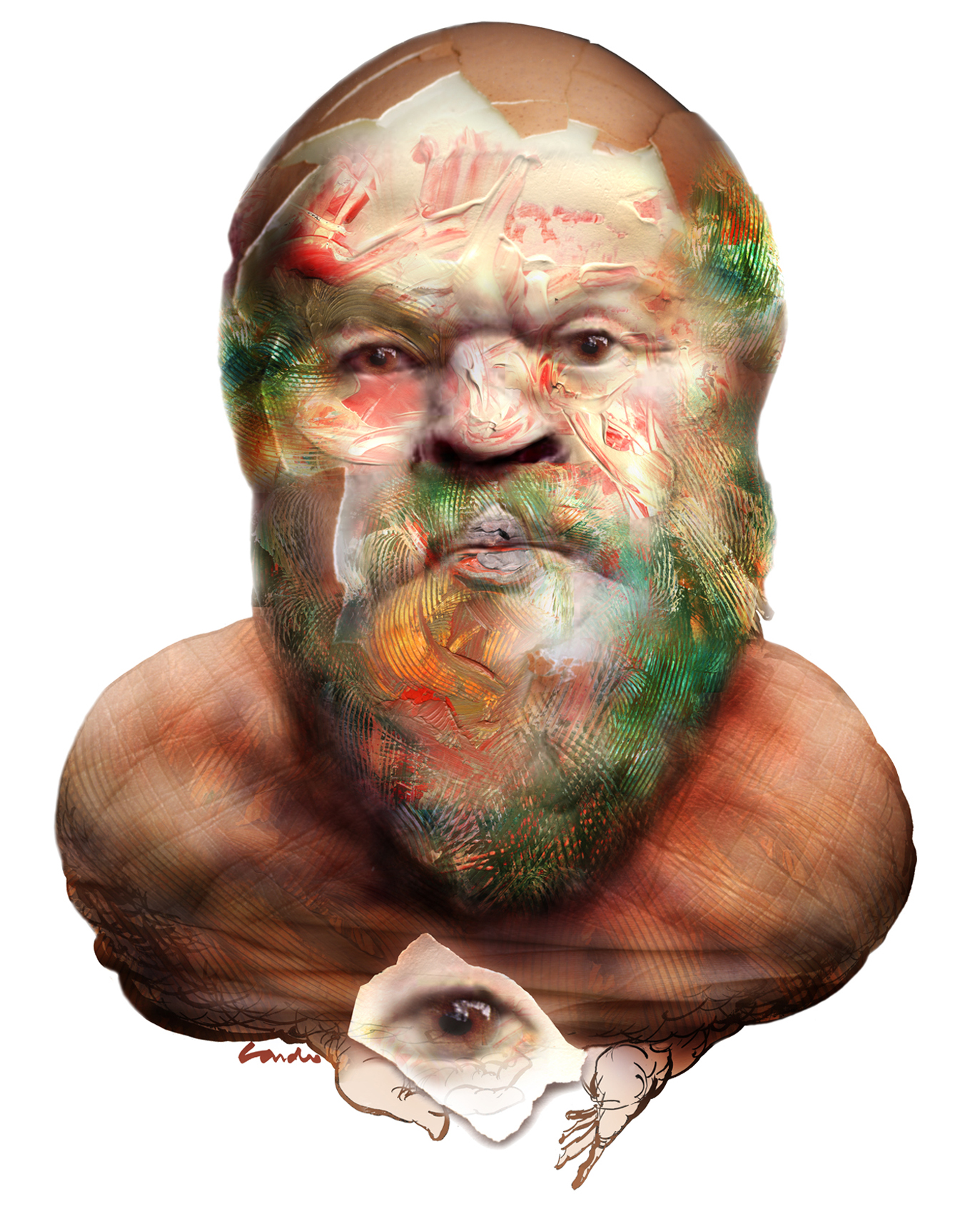
Socrates
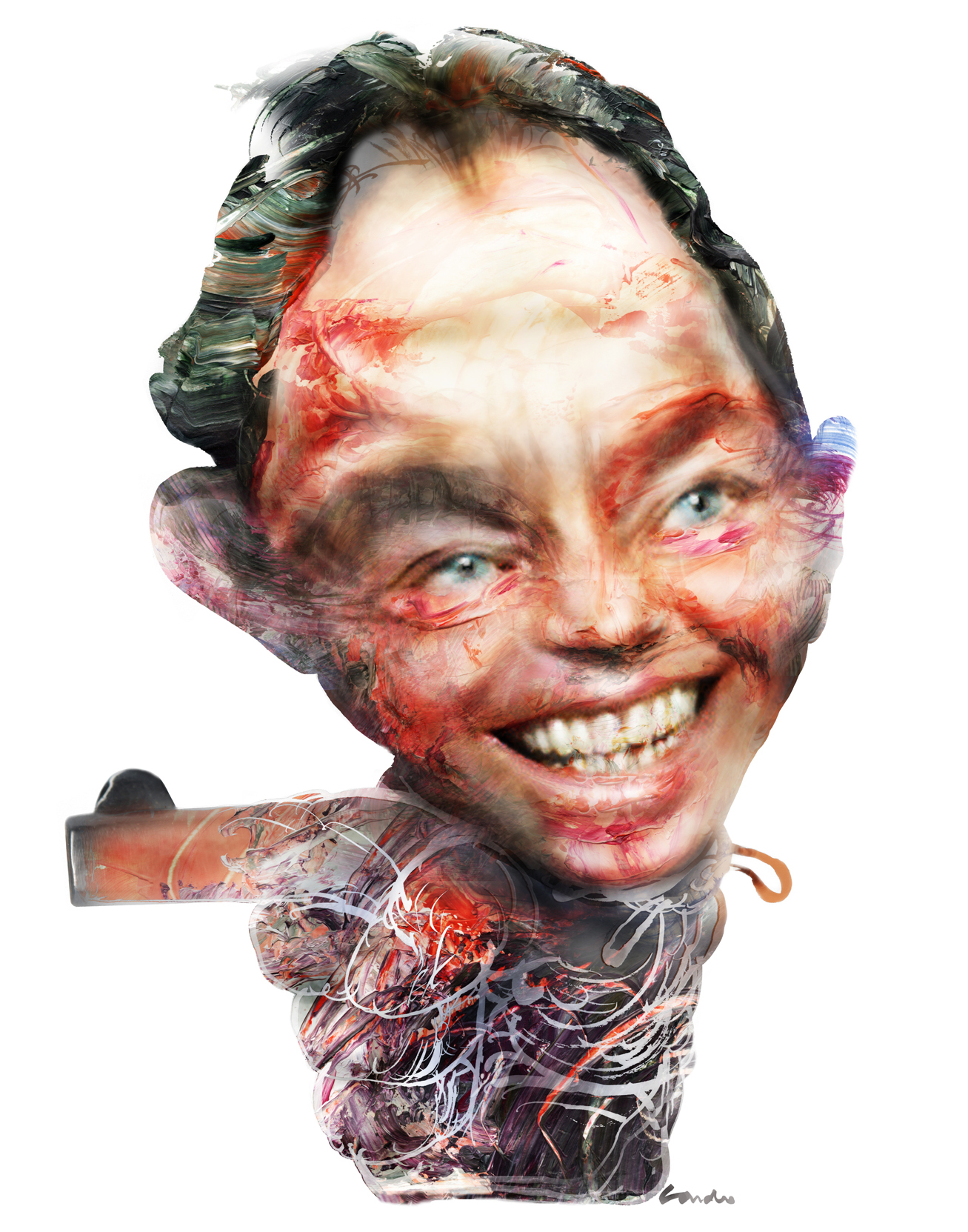
Tony Blair
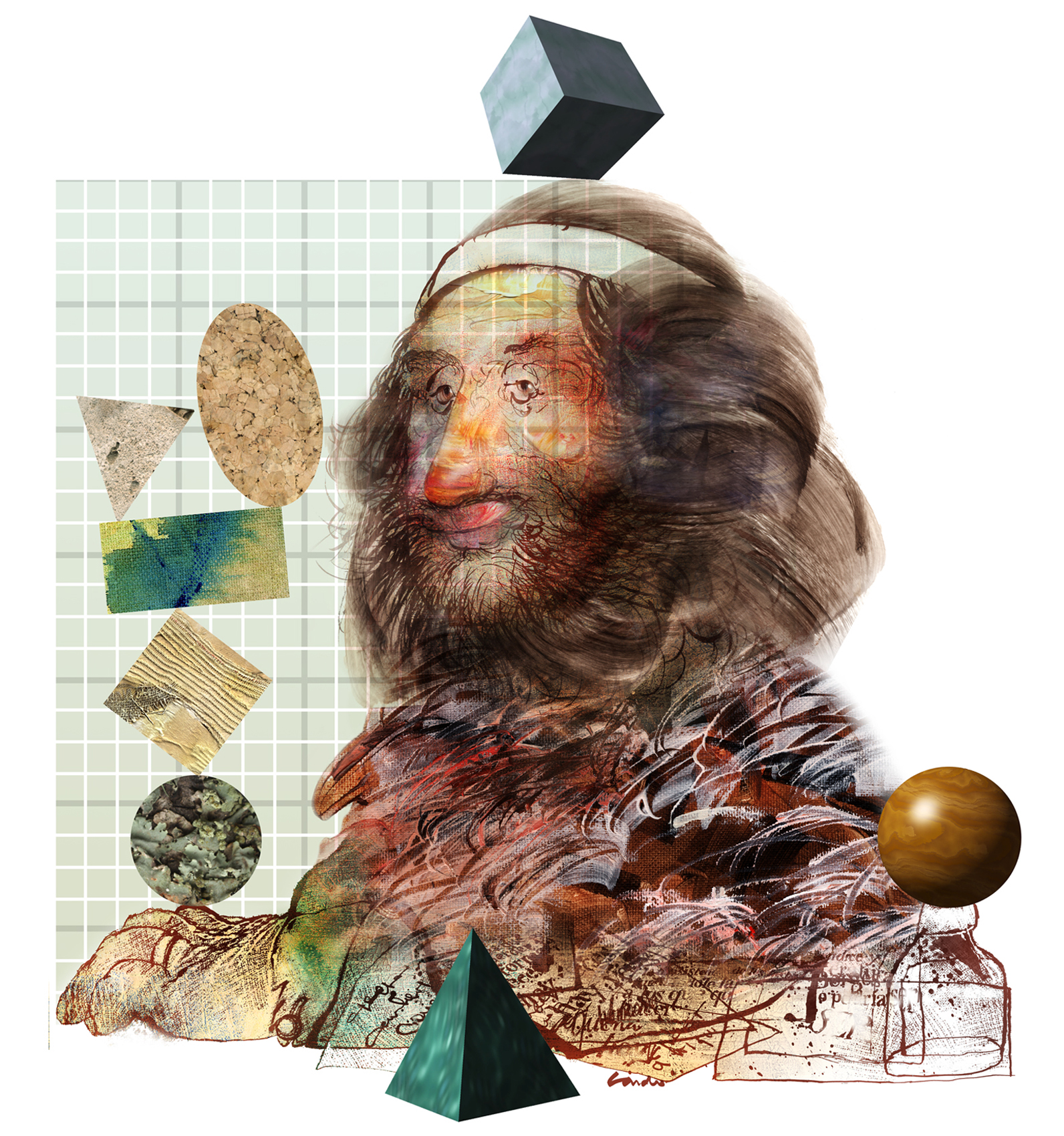
Euclides
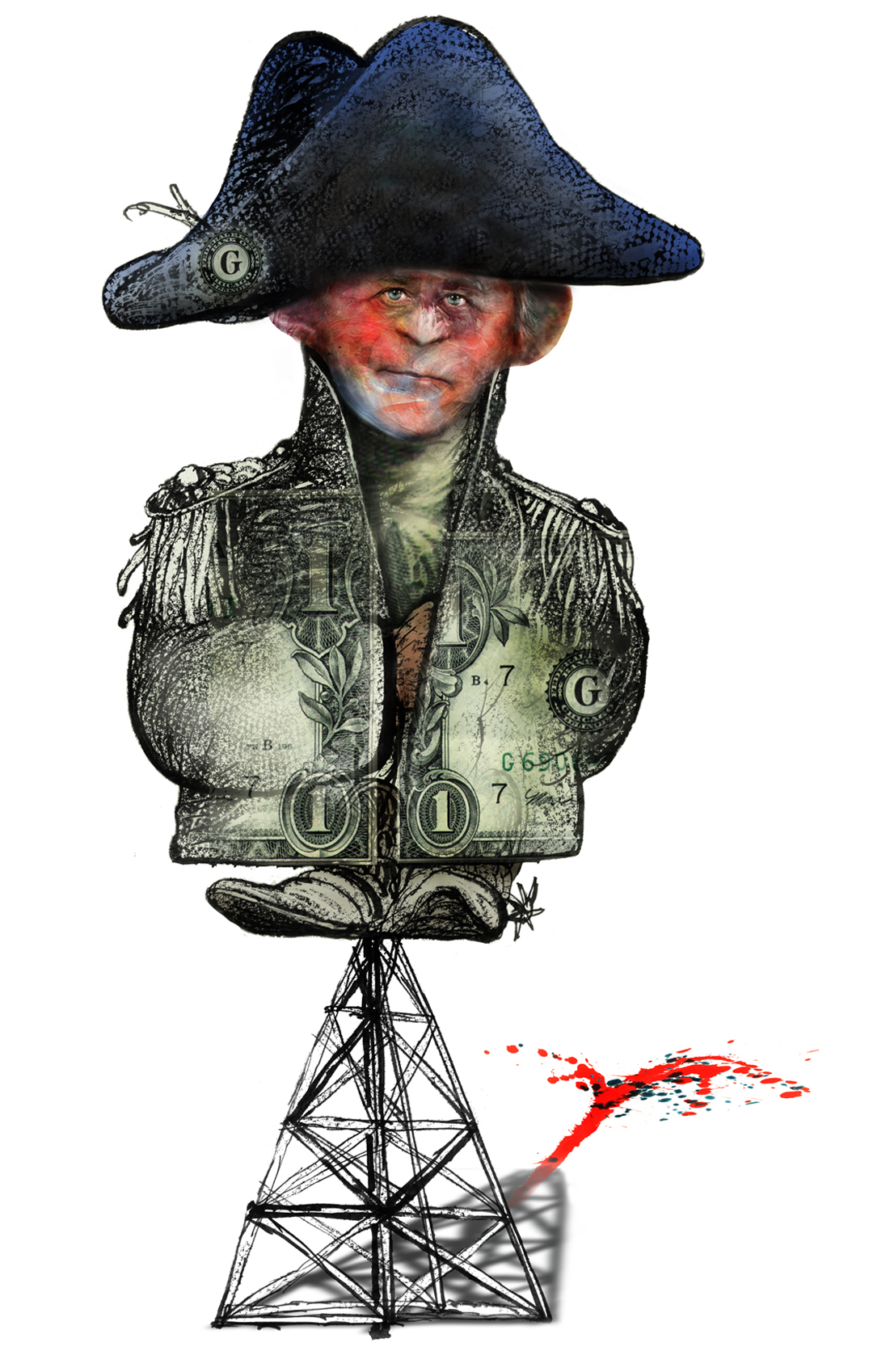
George Walker Bush
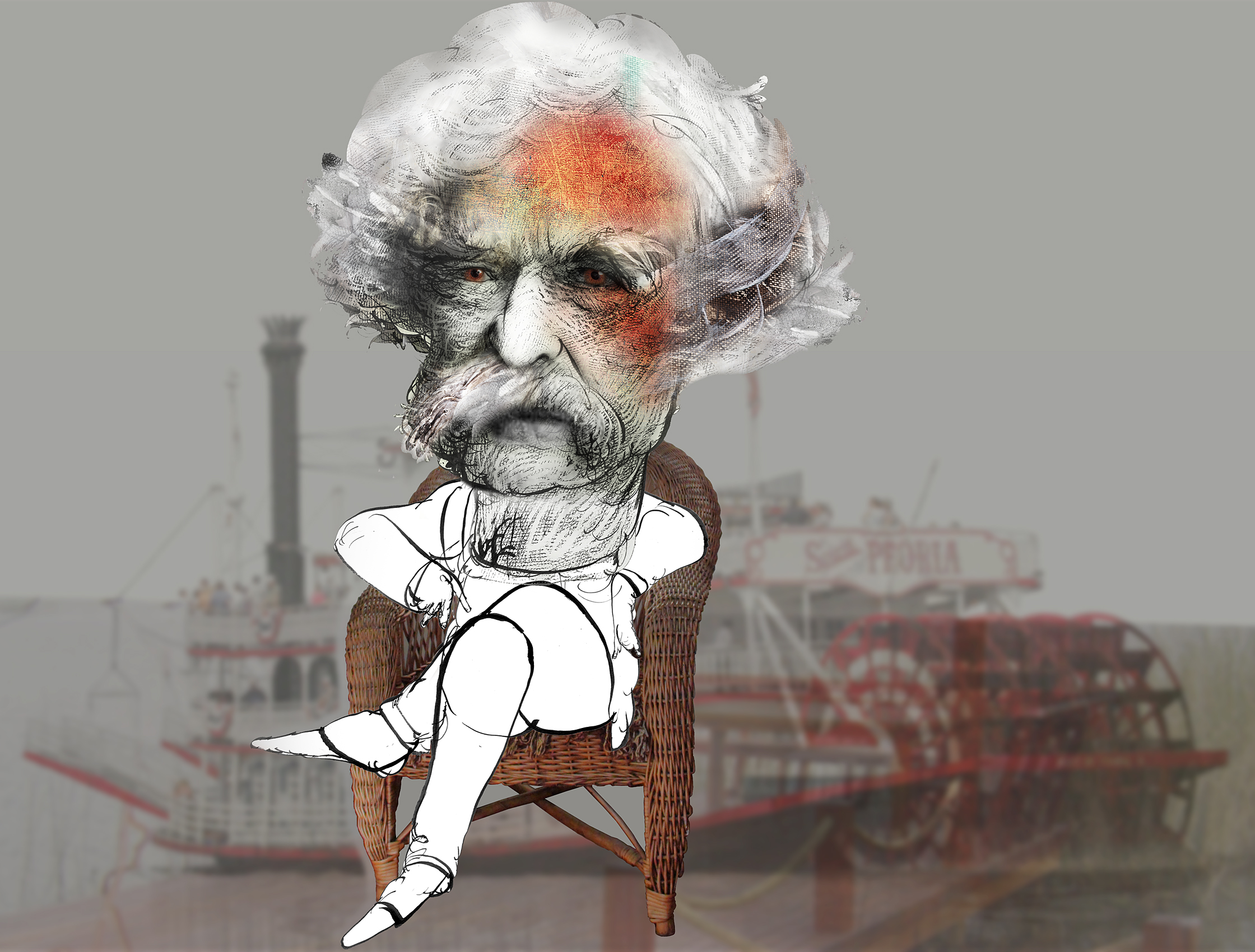
Mark Twain (Samuel Langhorne Clemens)
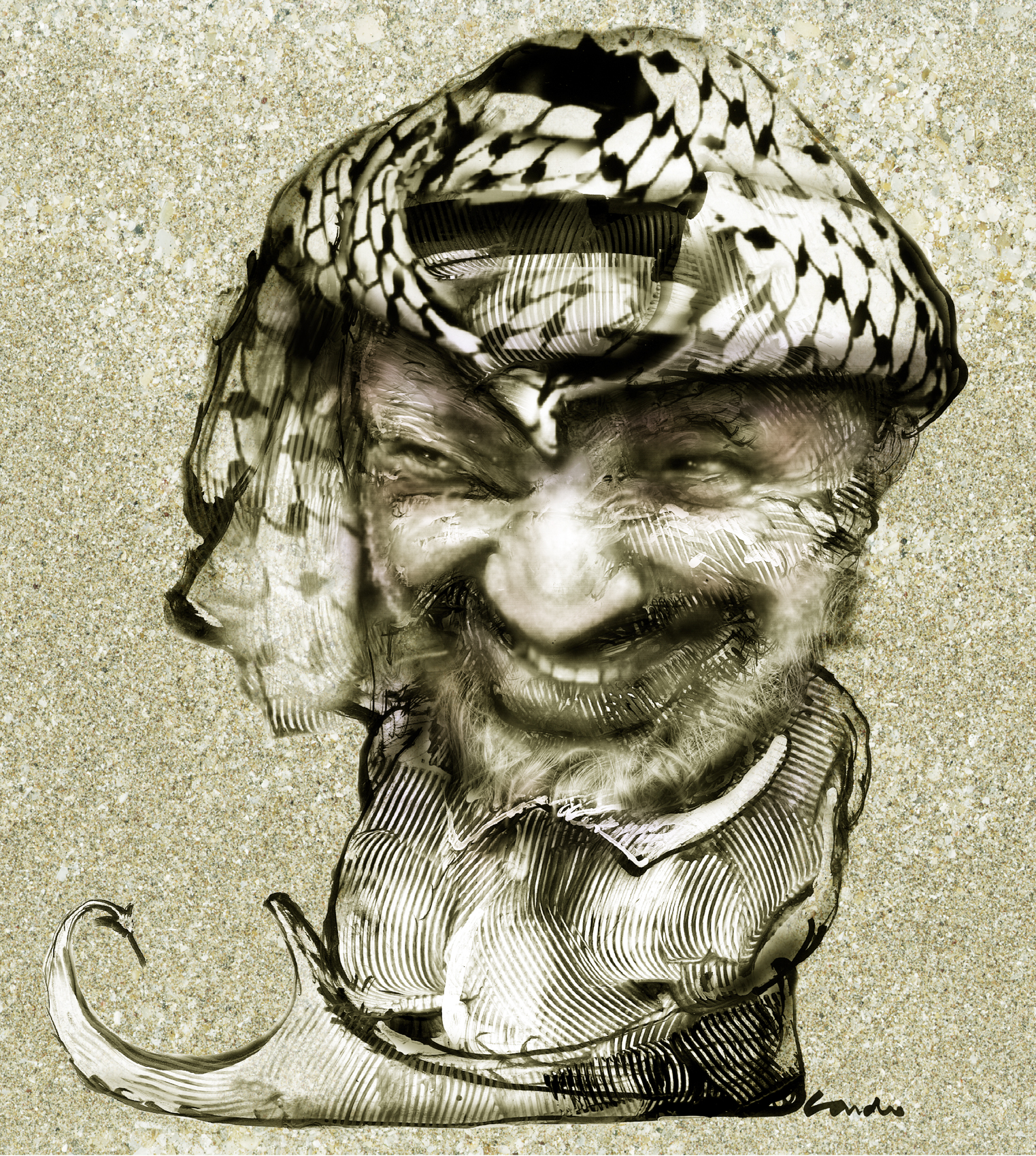
Yasir Arafat
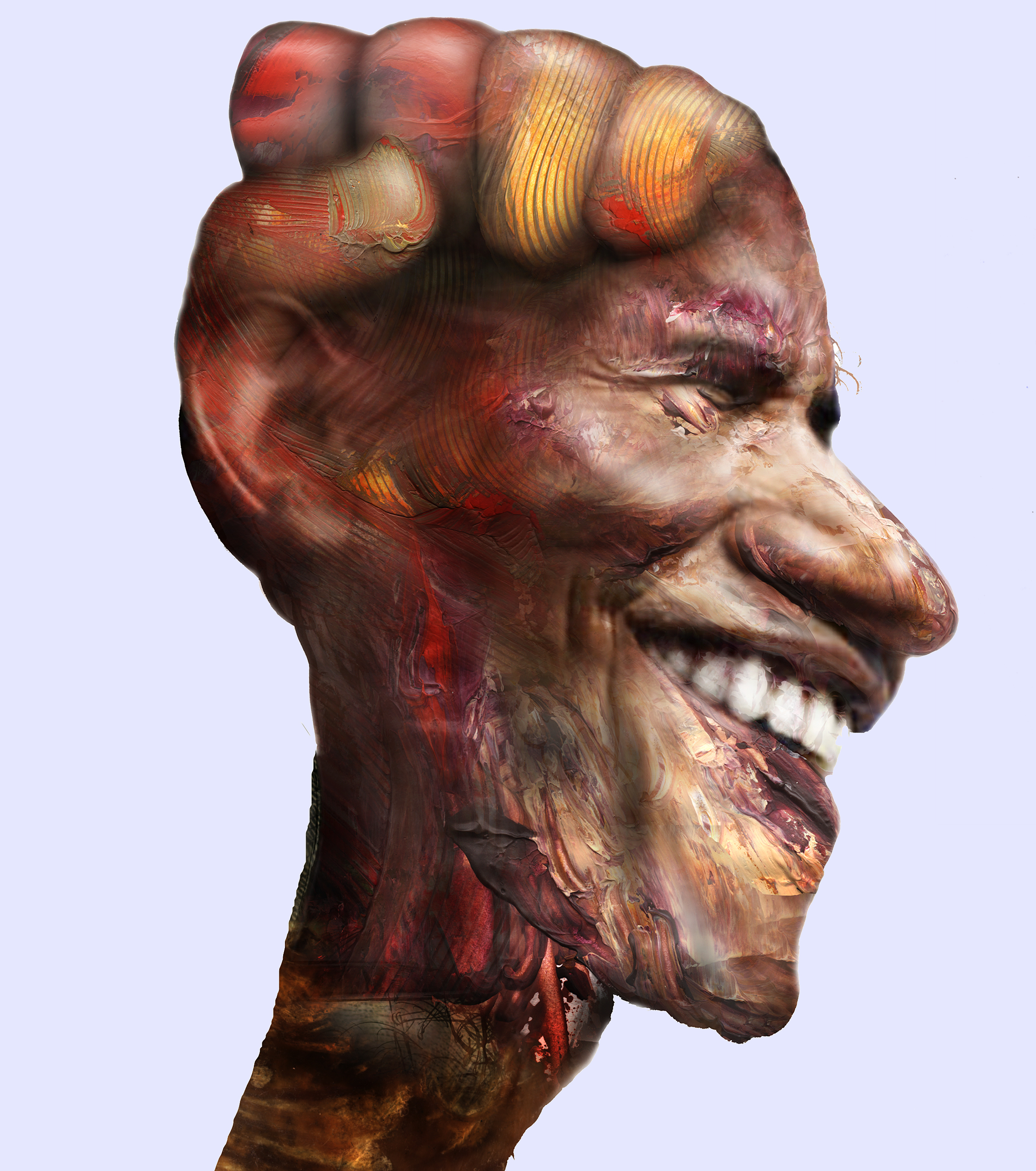
Barack Obama
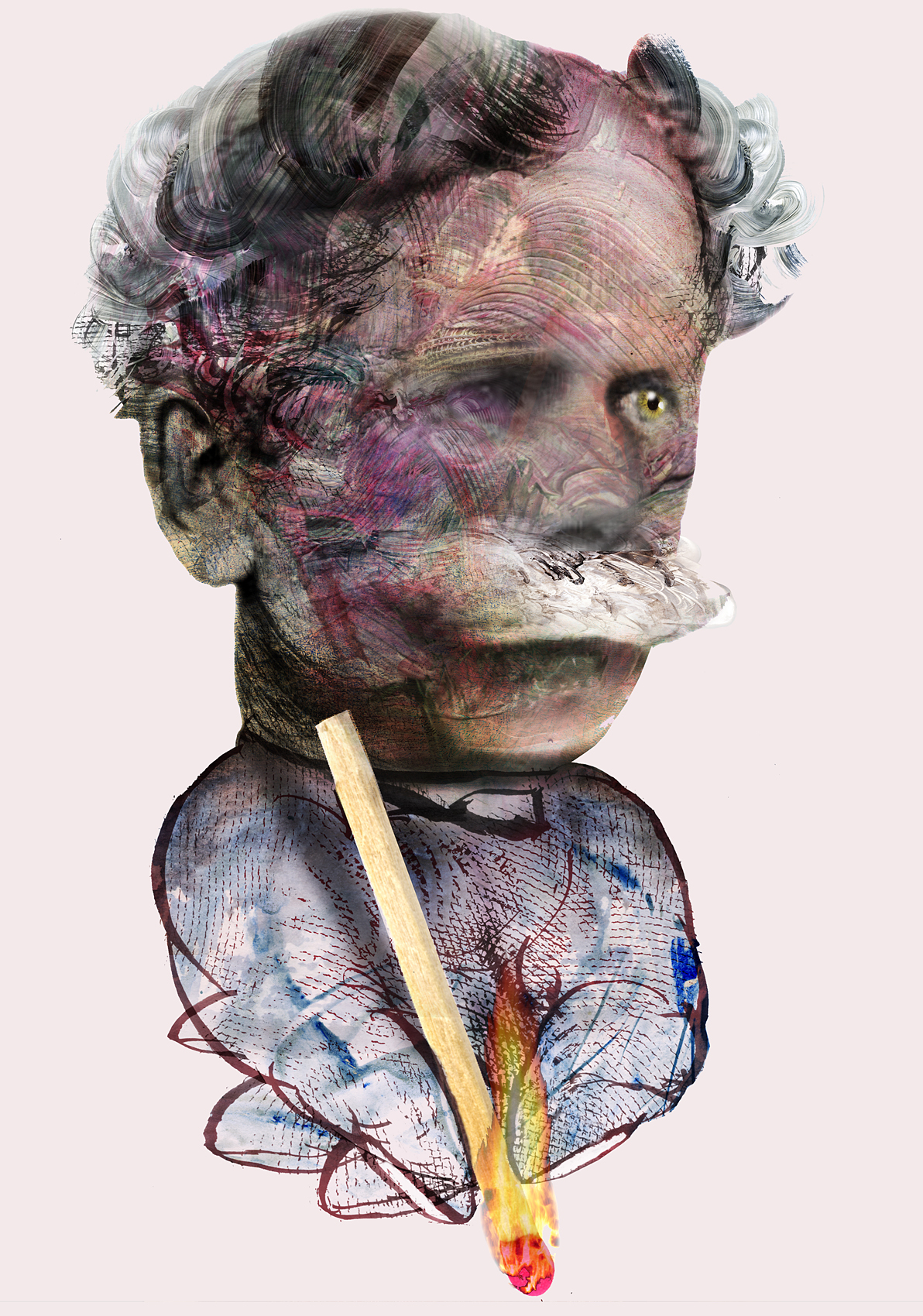
Ambrose Bierce
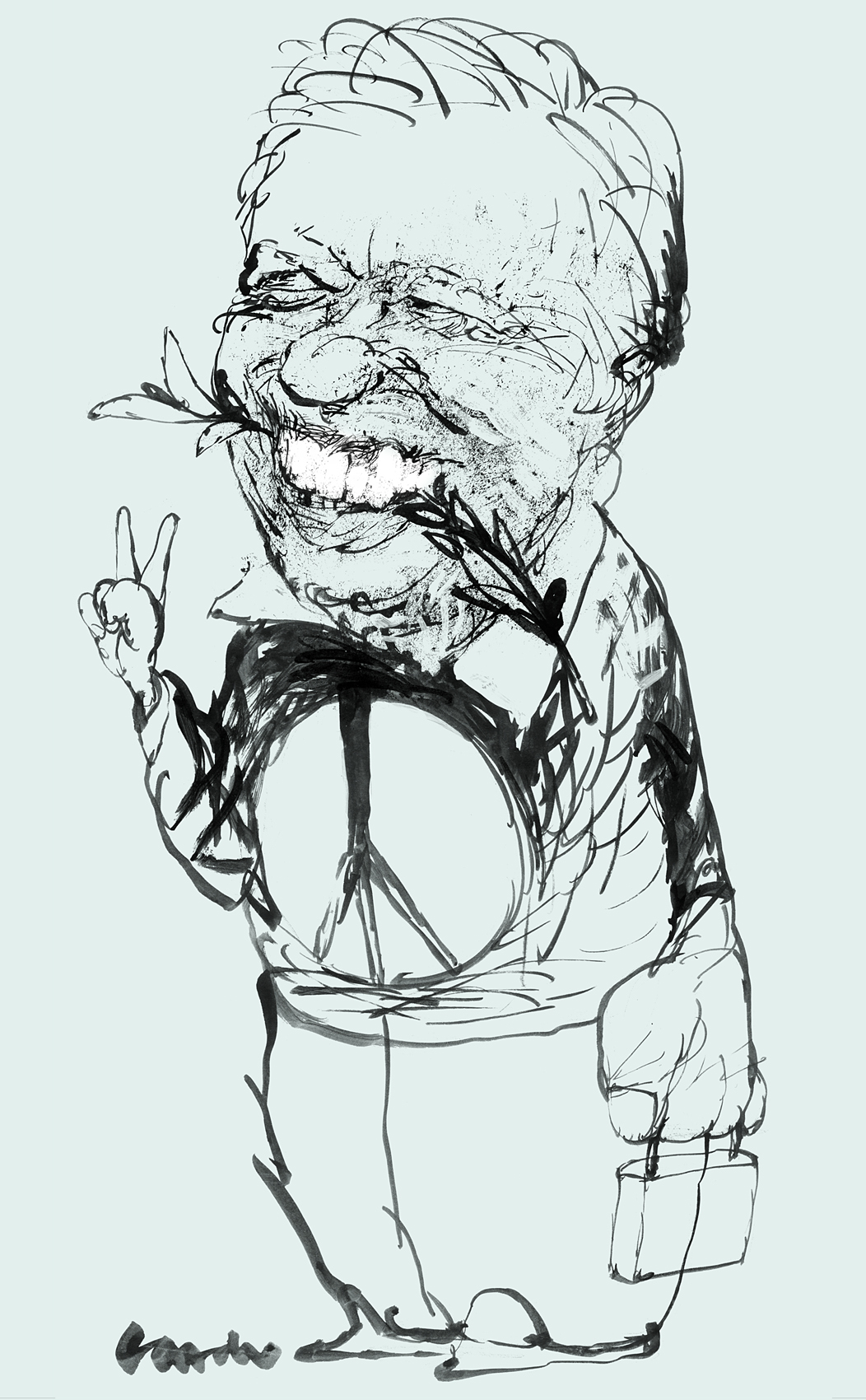
James Carter
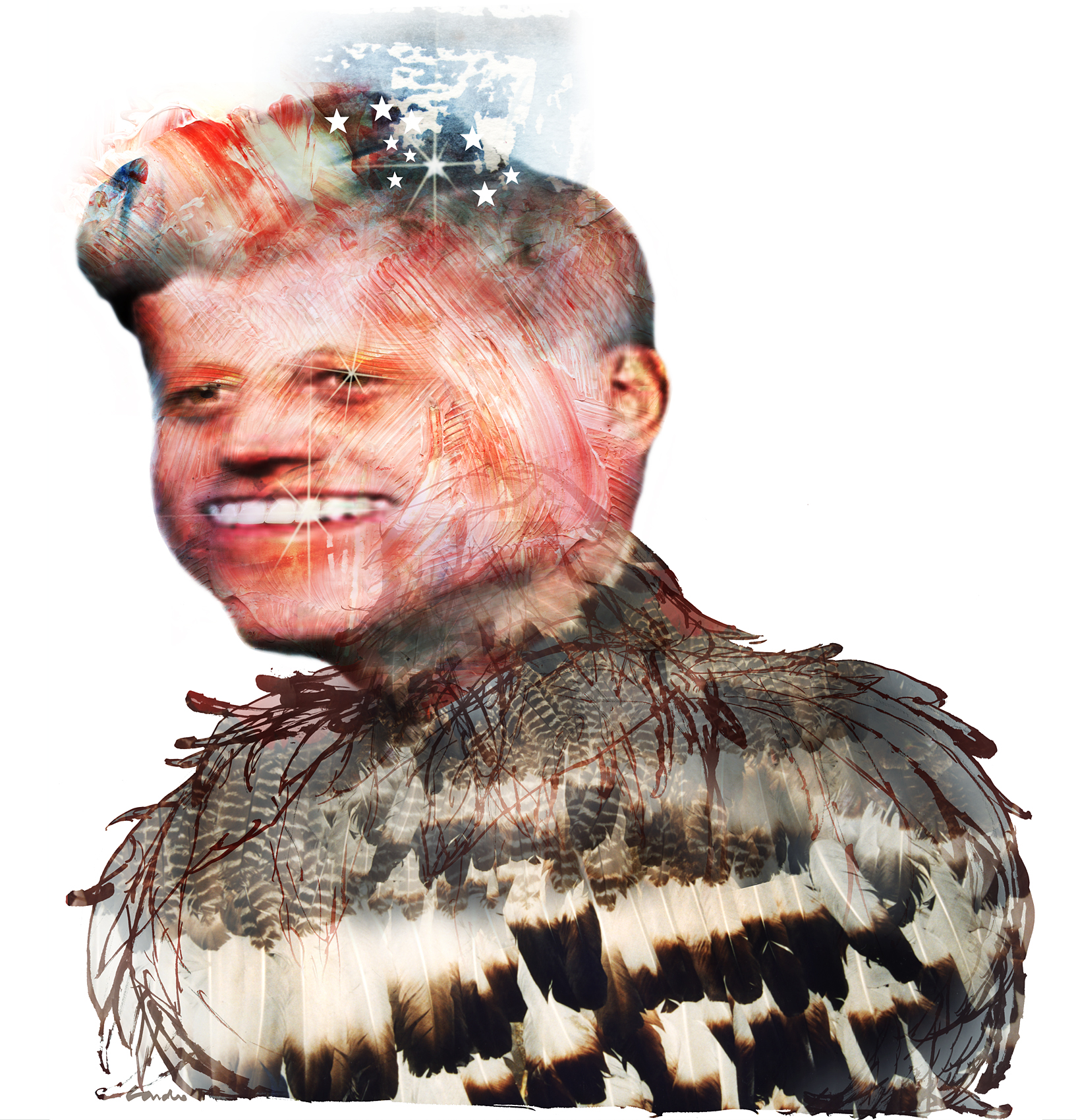
John Fitgerald Kennedy
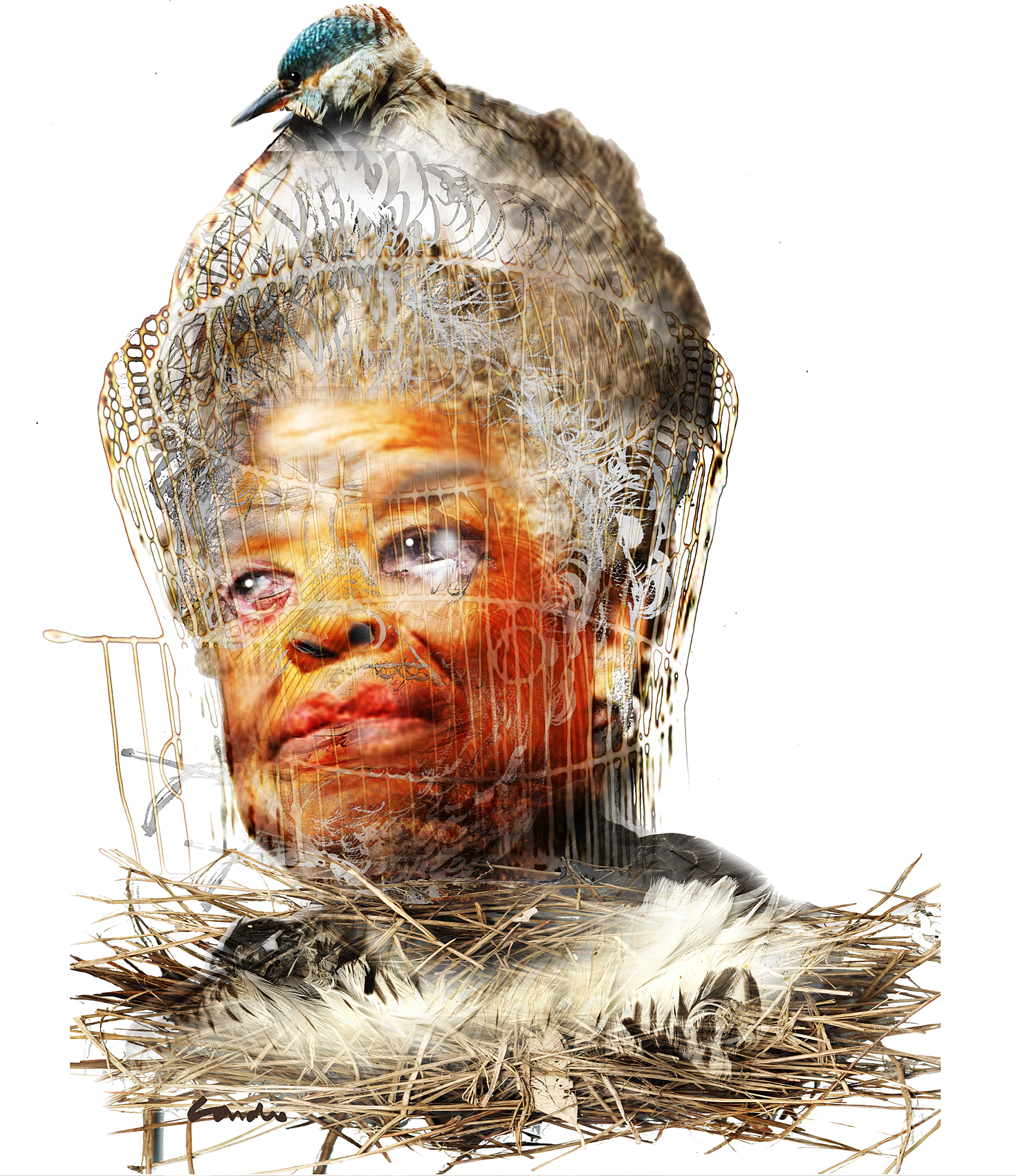
Maya Angelou
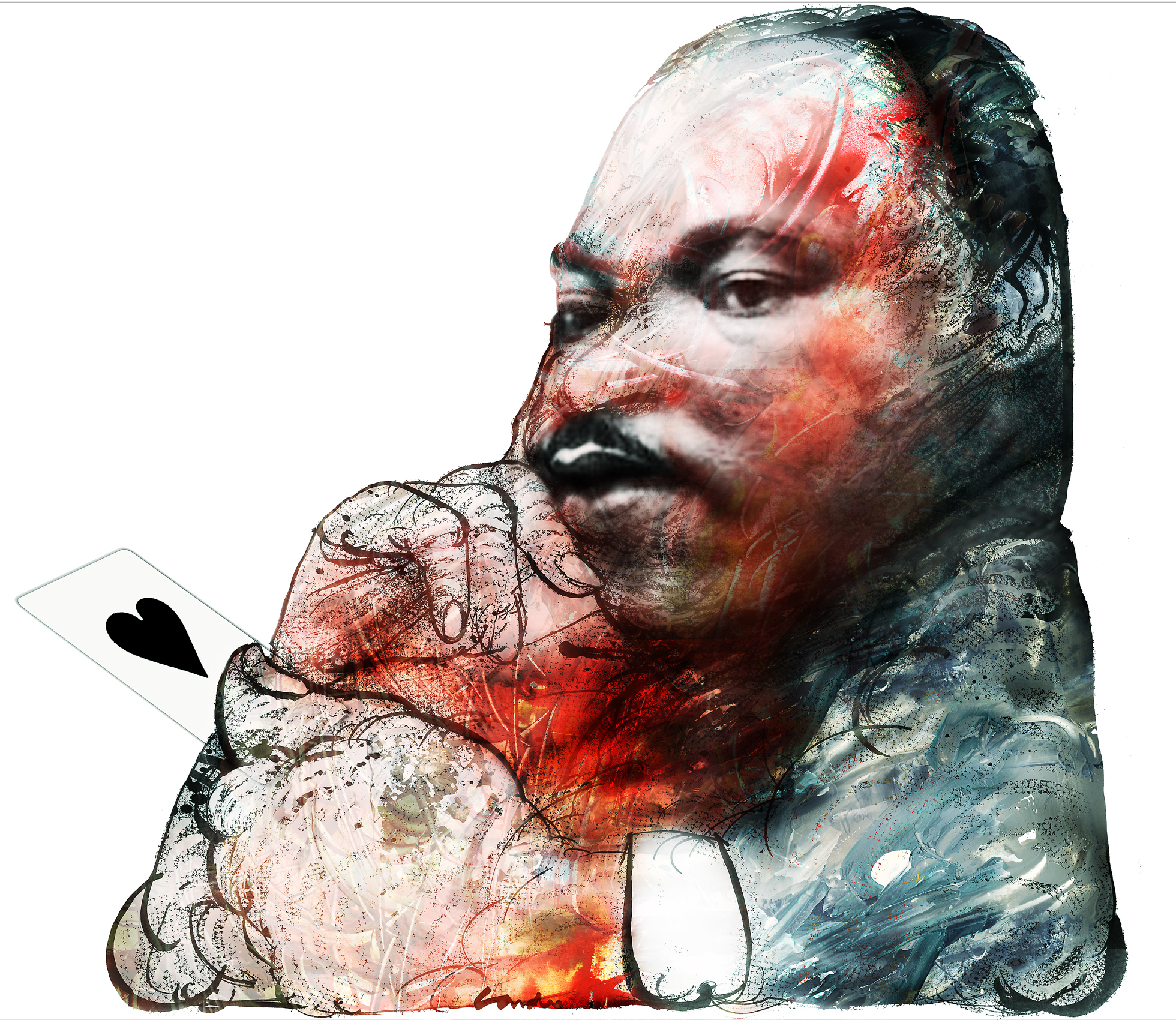
Martin Luther King
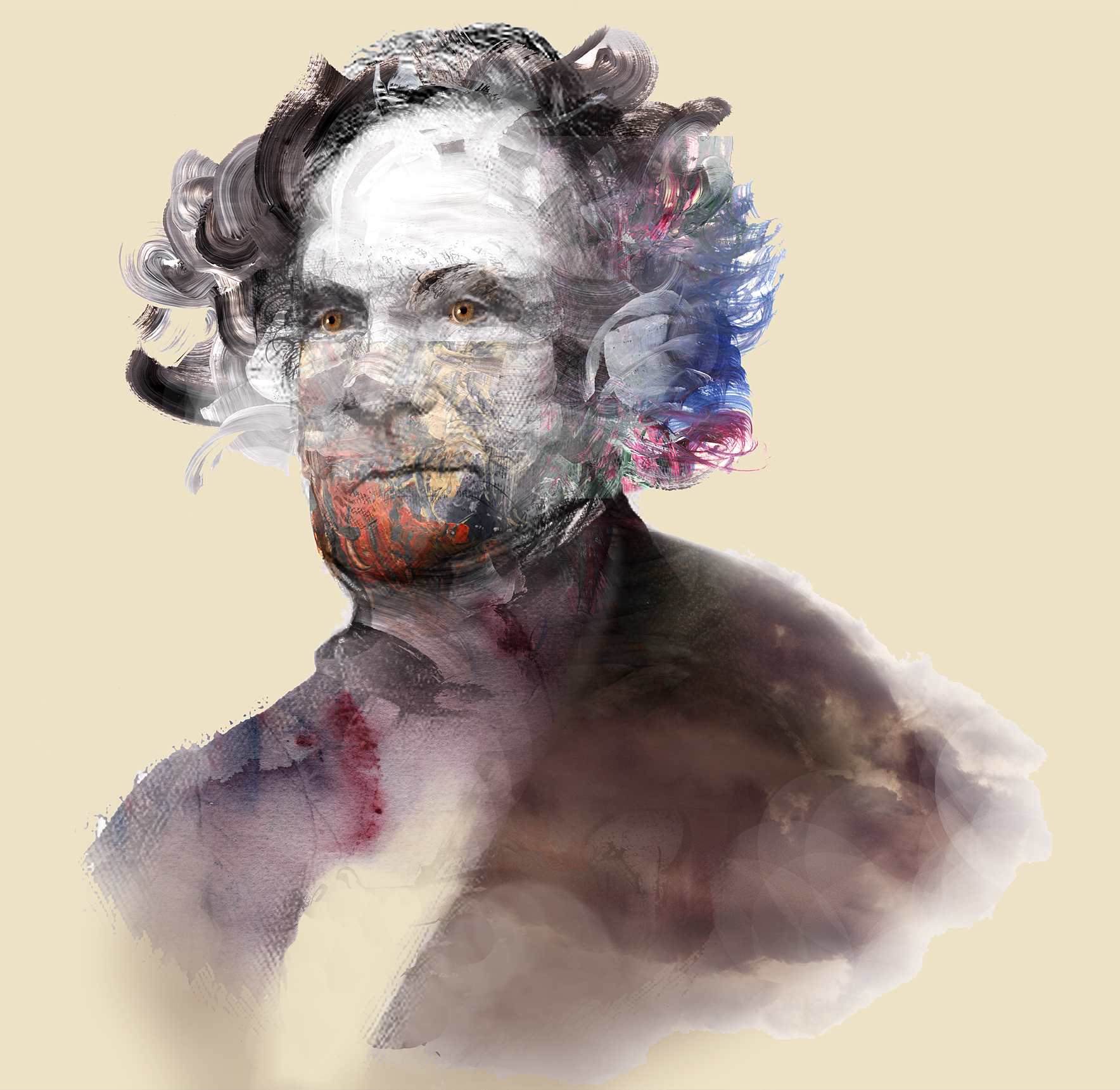
Charles Babbage
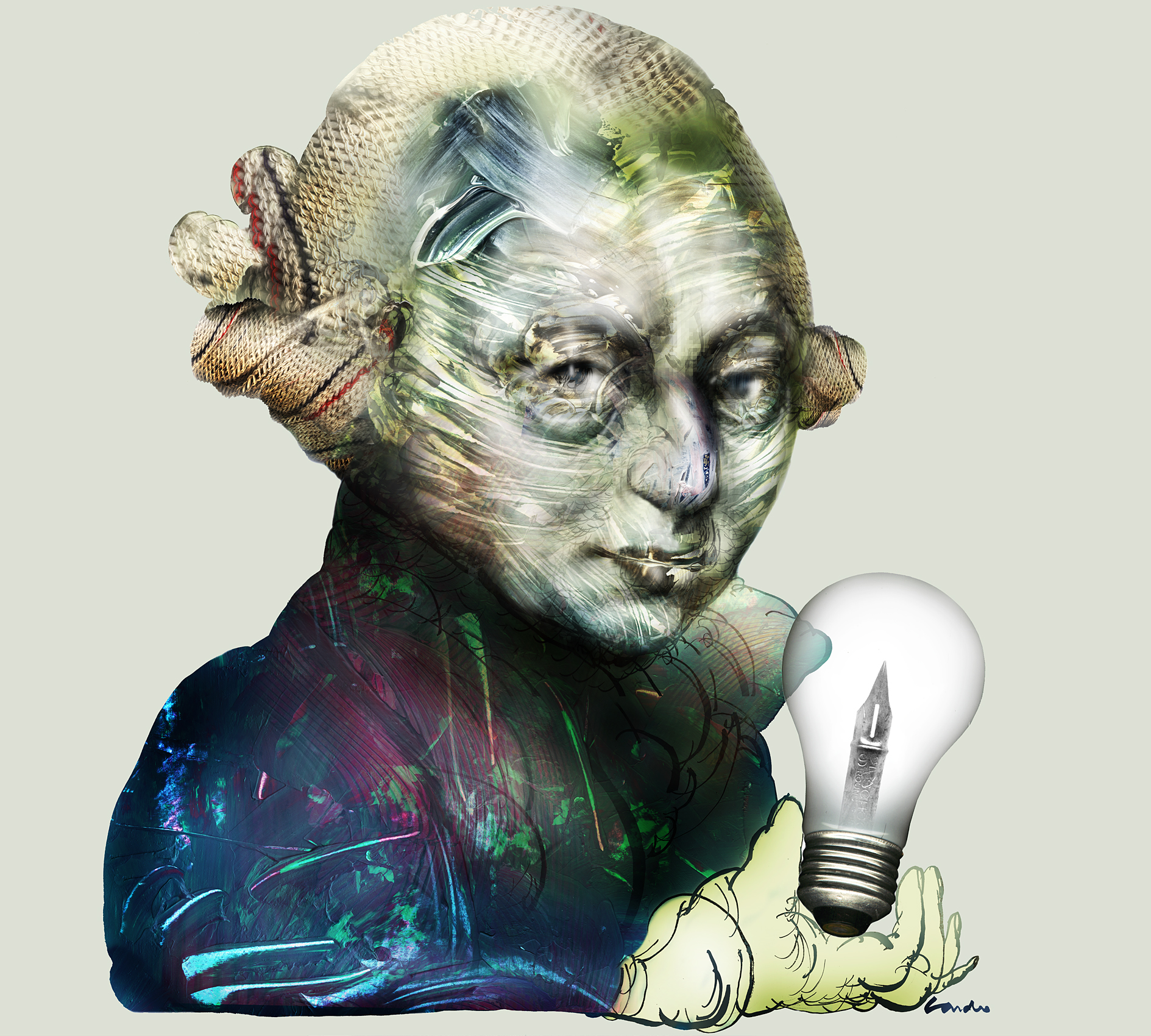
Immanuel Kant
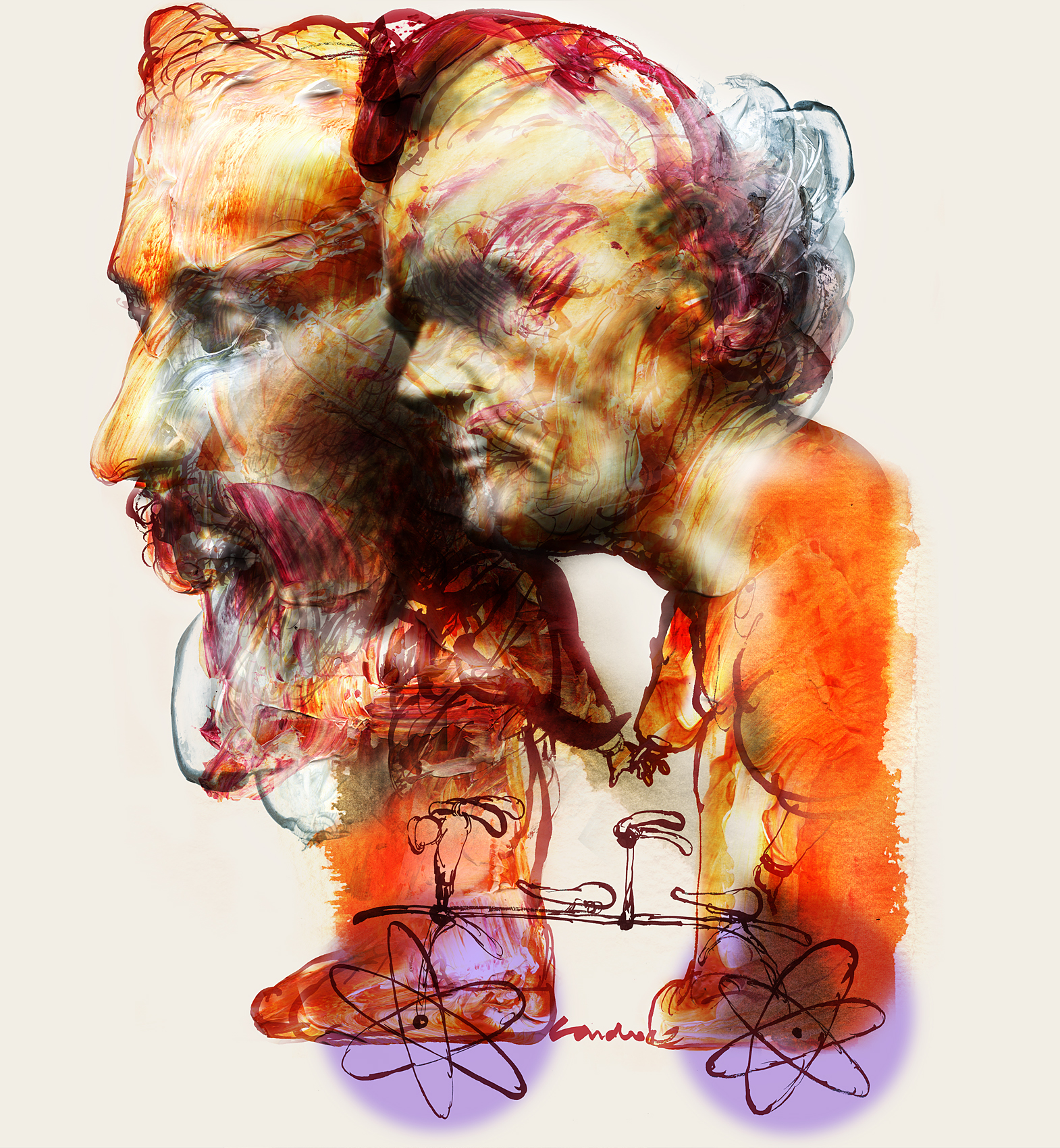
Madame & Pierre Curie
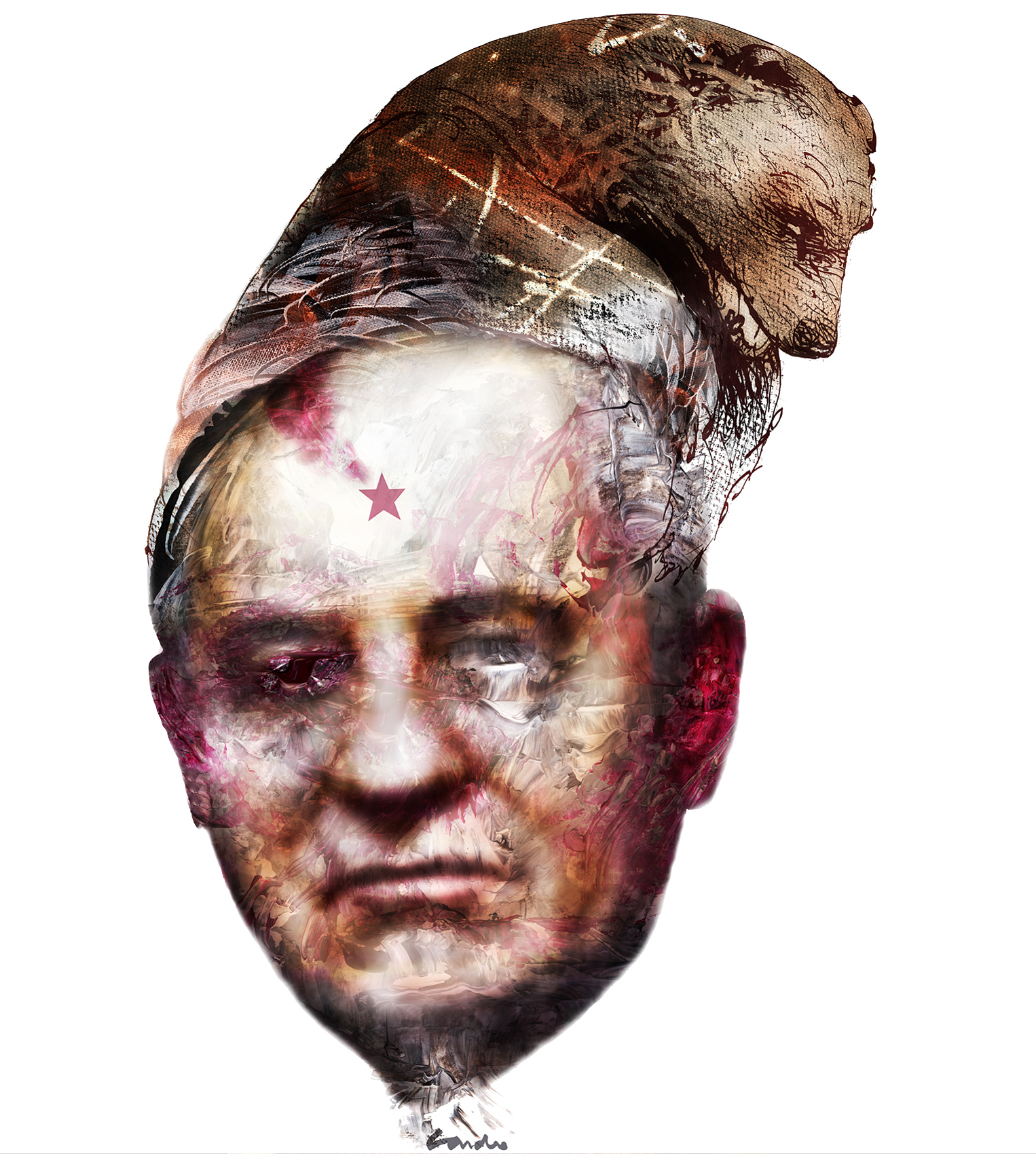
Mikhail Gorbachev
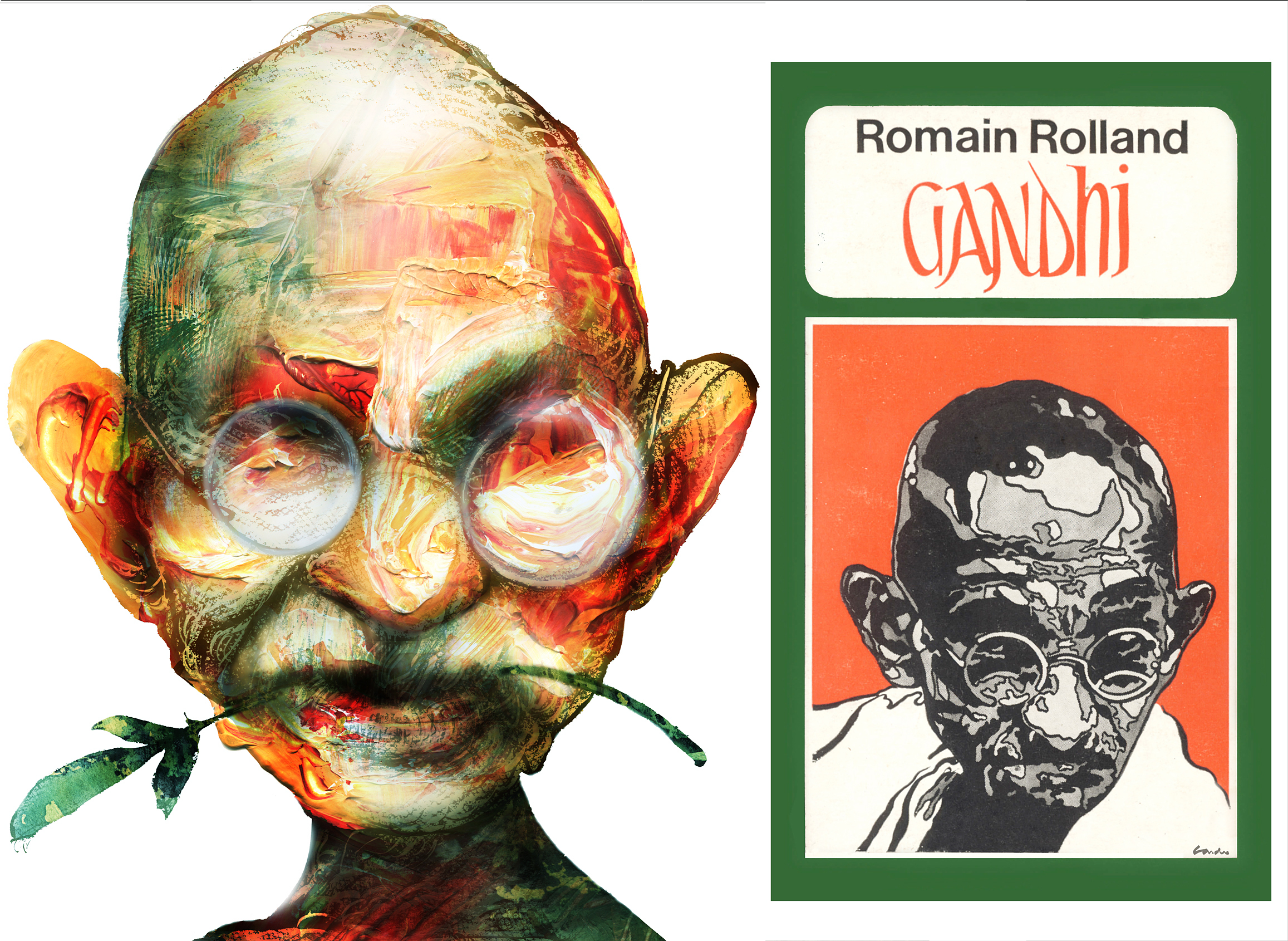
Mahatma Gandhi
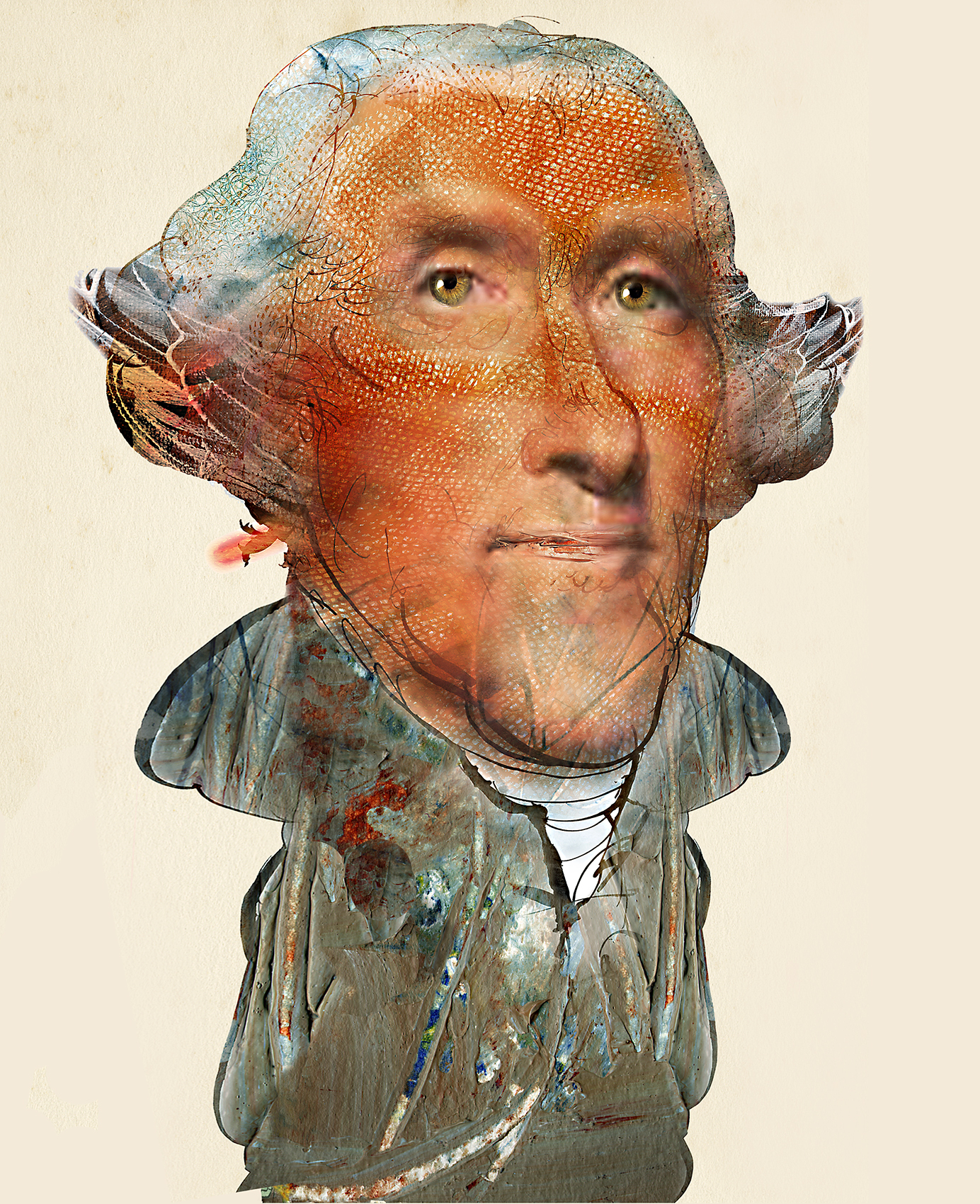
Thomas Jefferson
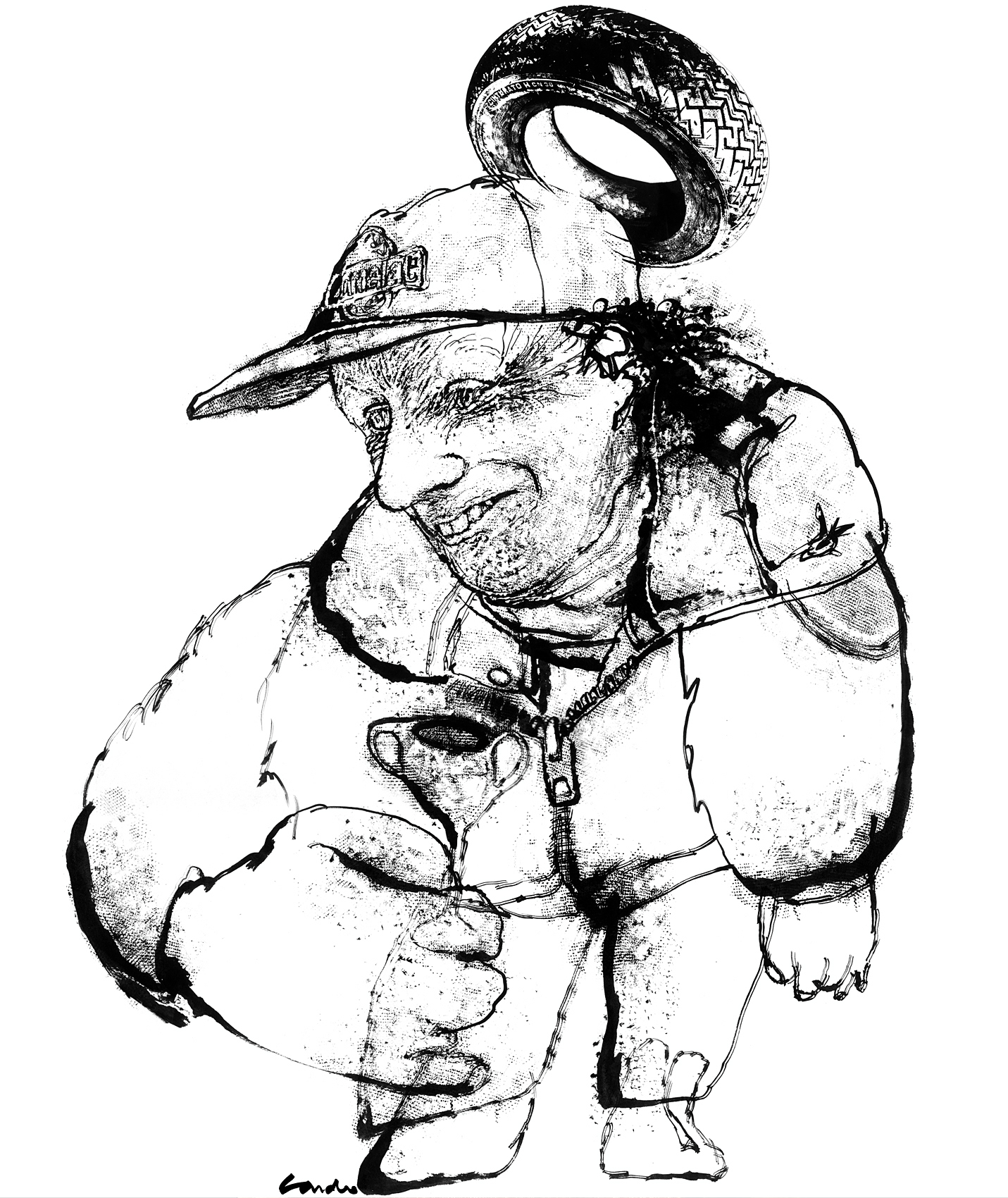
Niki Lauda
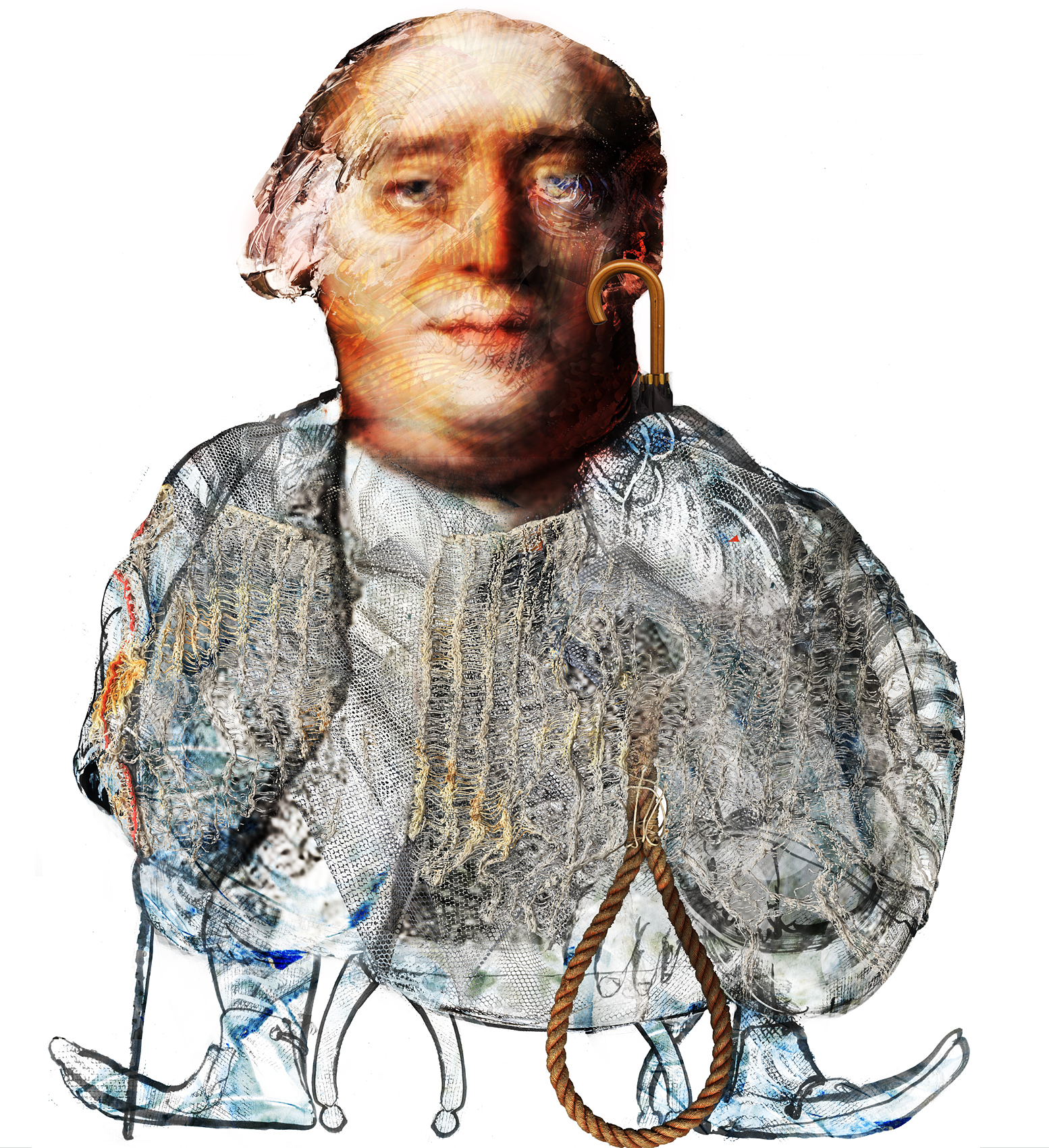
David Hume
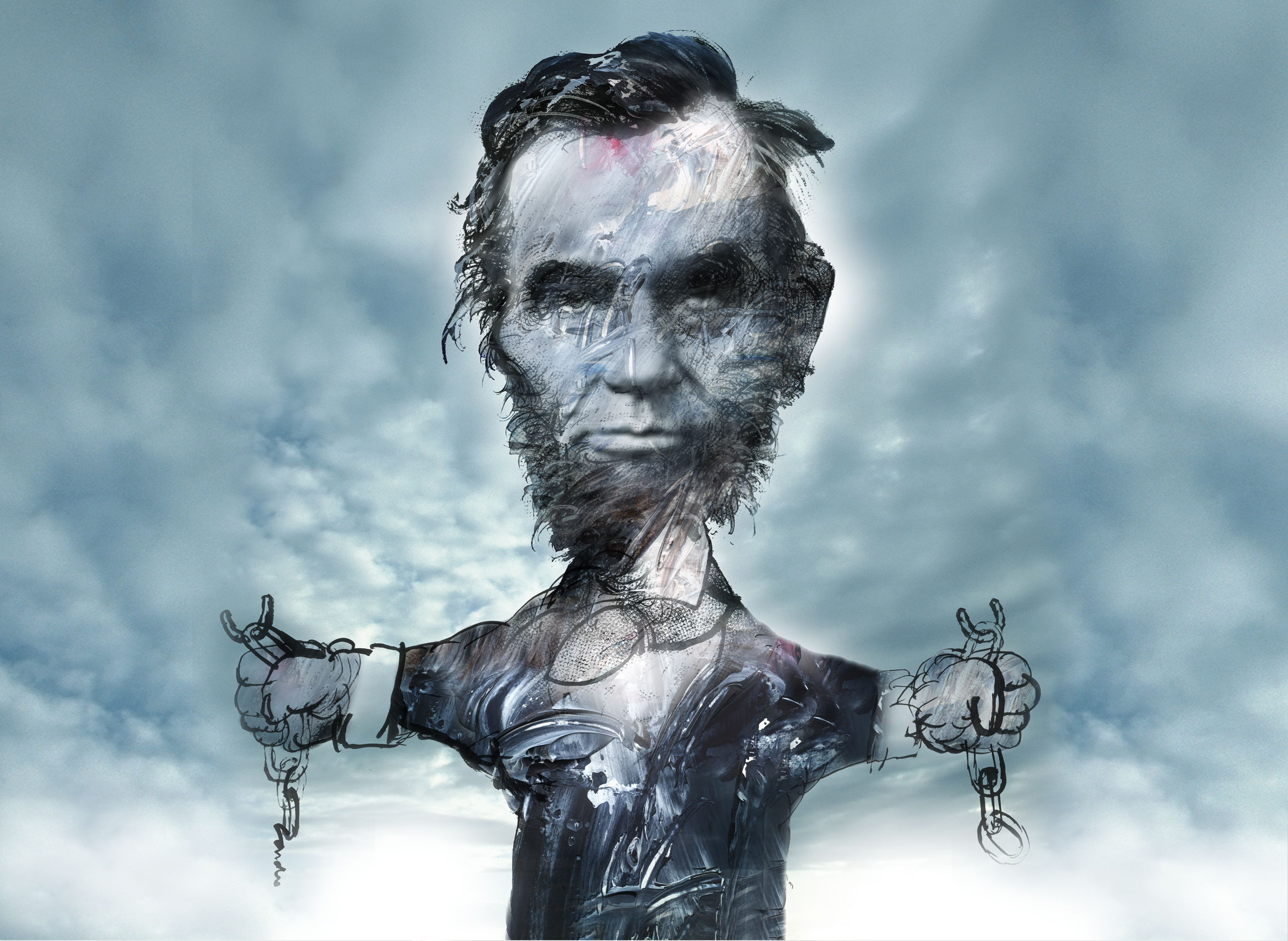
Abraham Lincoln
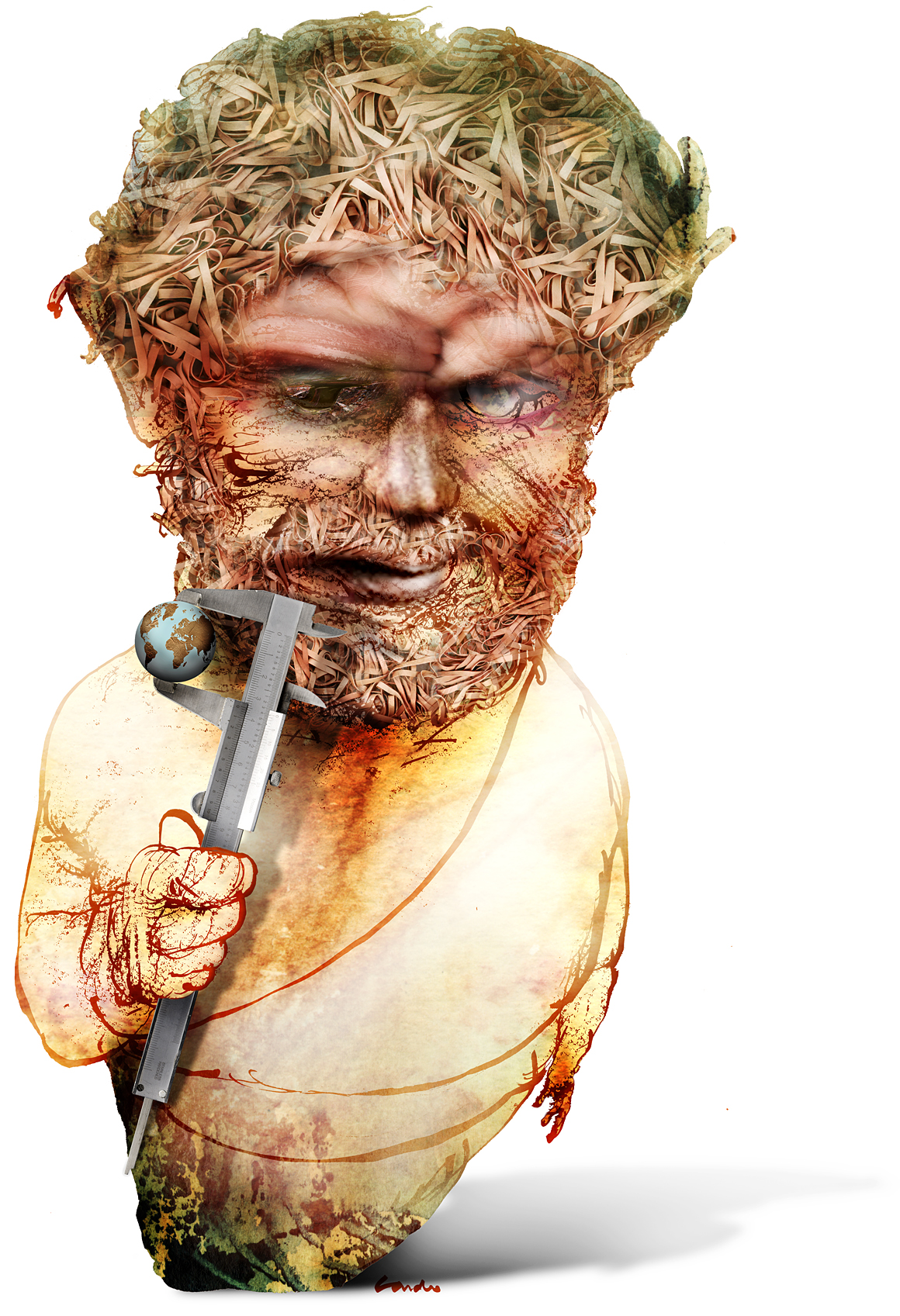
Aristotle
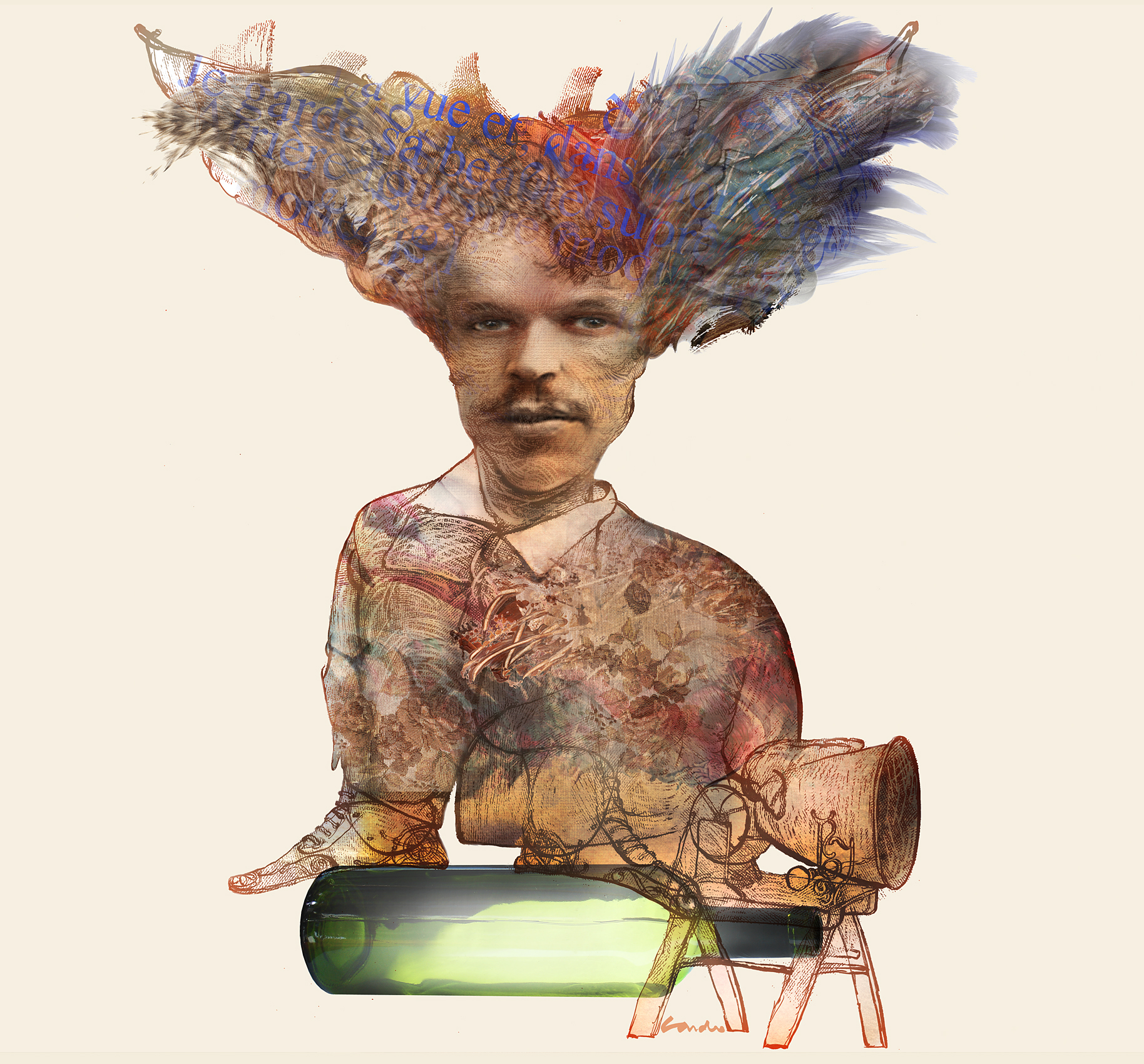
Charles Cros (Émile-Hortensius-Charles Cros)
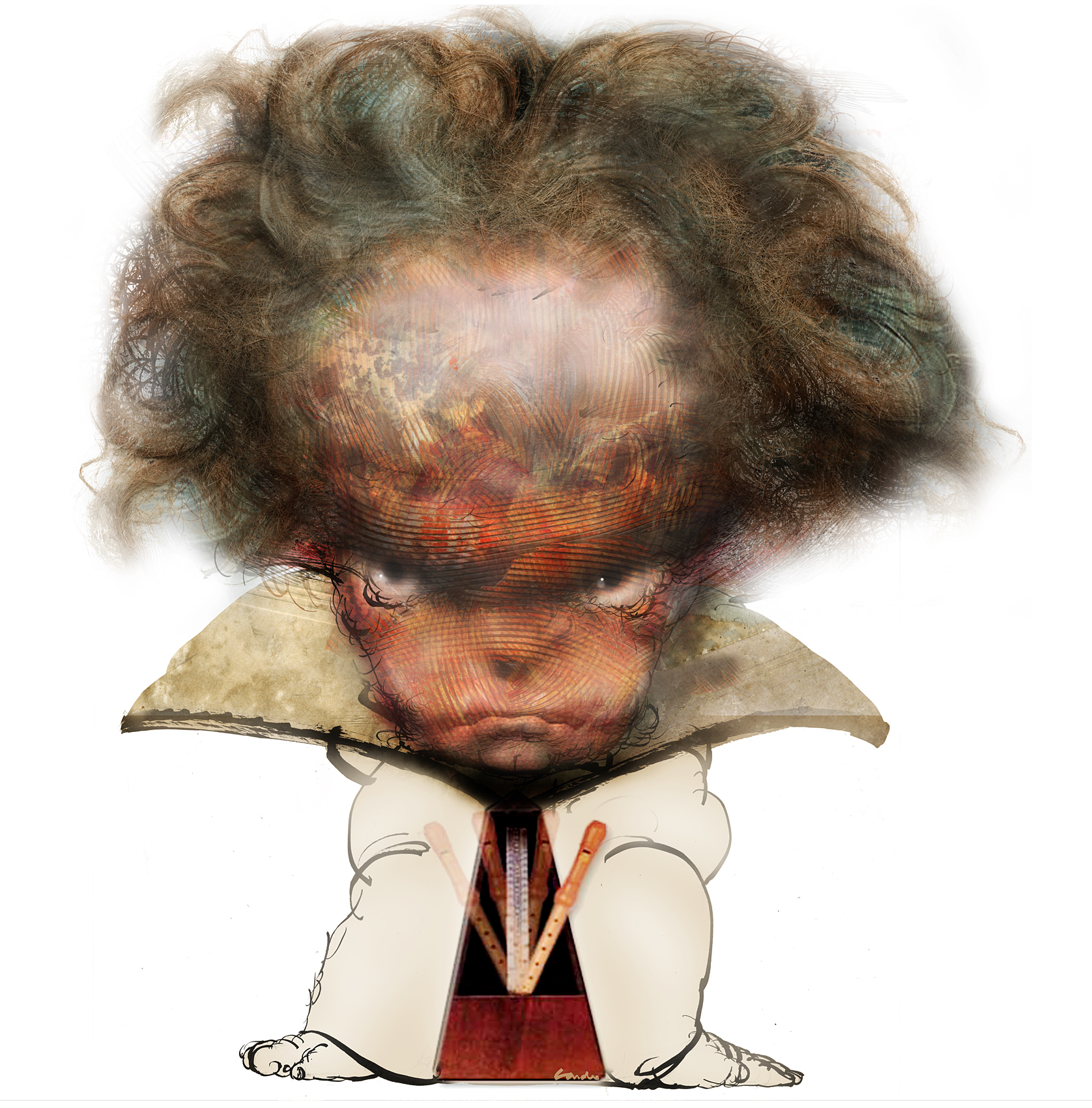
Ludwig van Beethoven
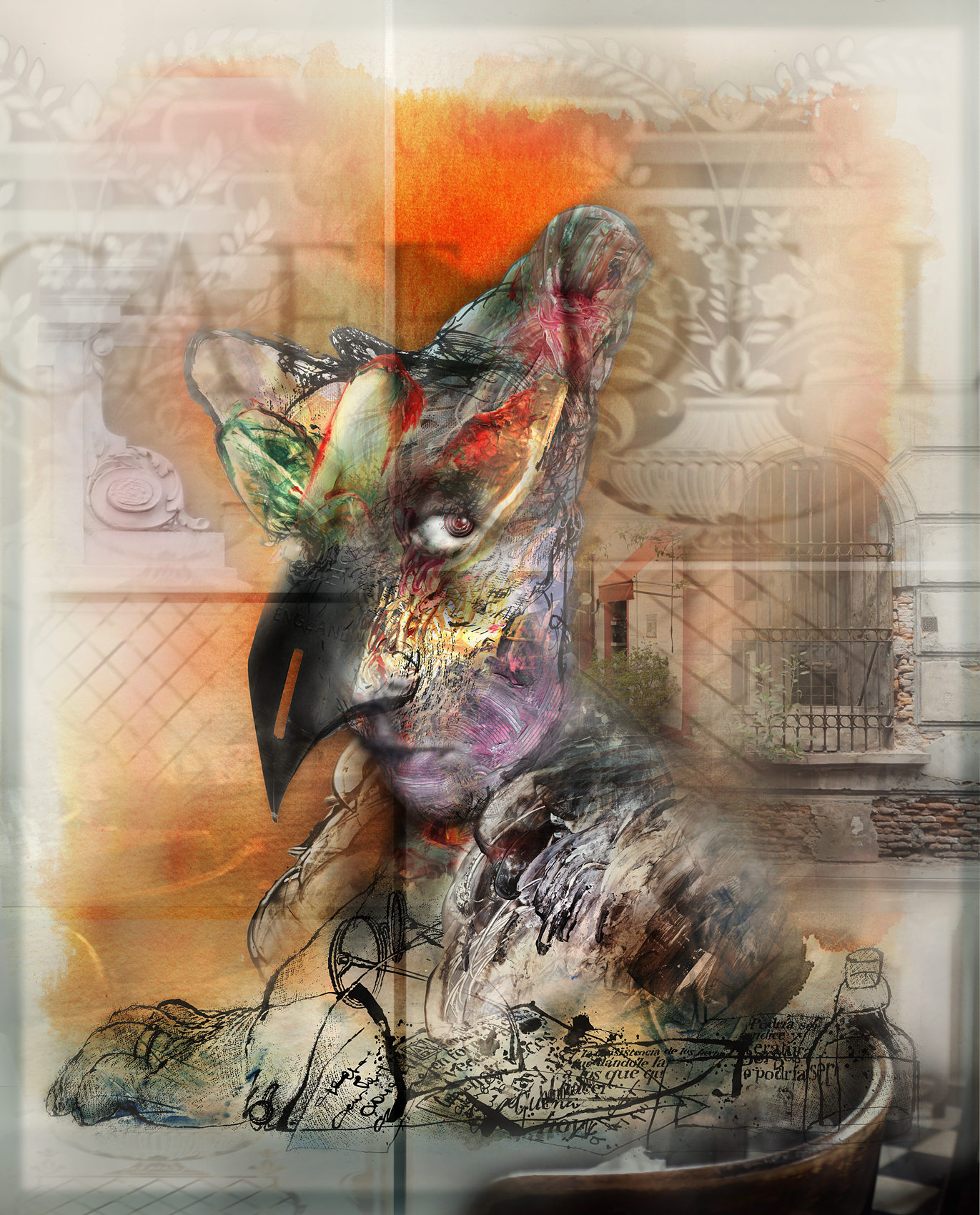
Enrique Santos Discépolo
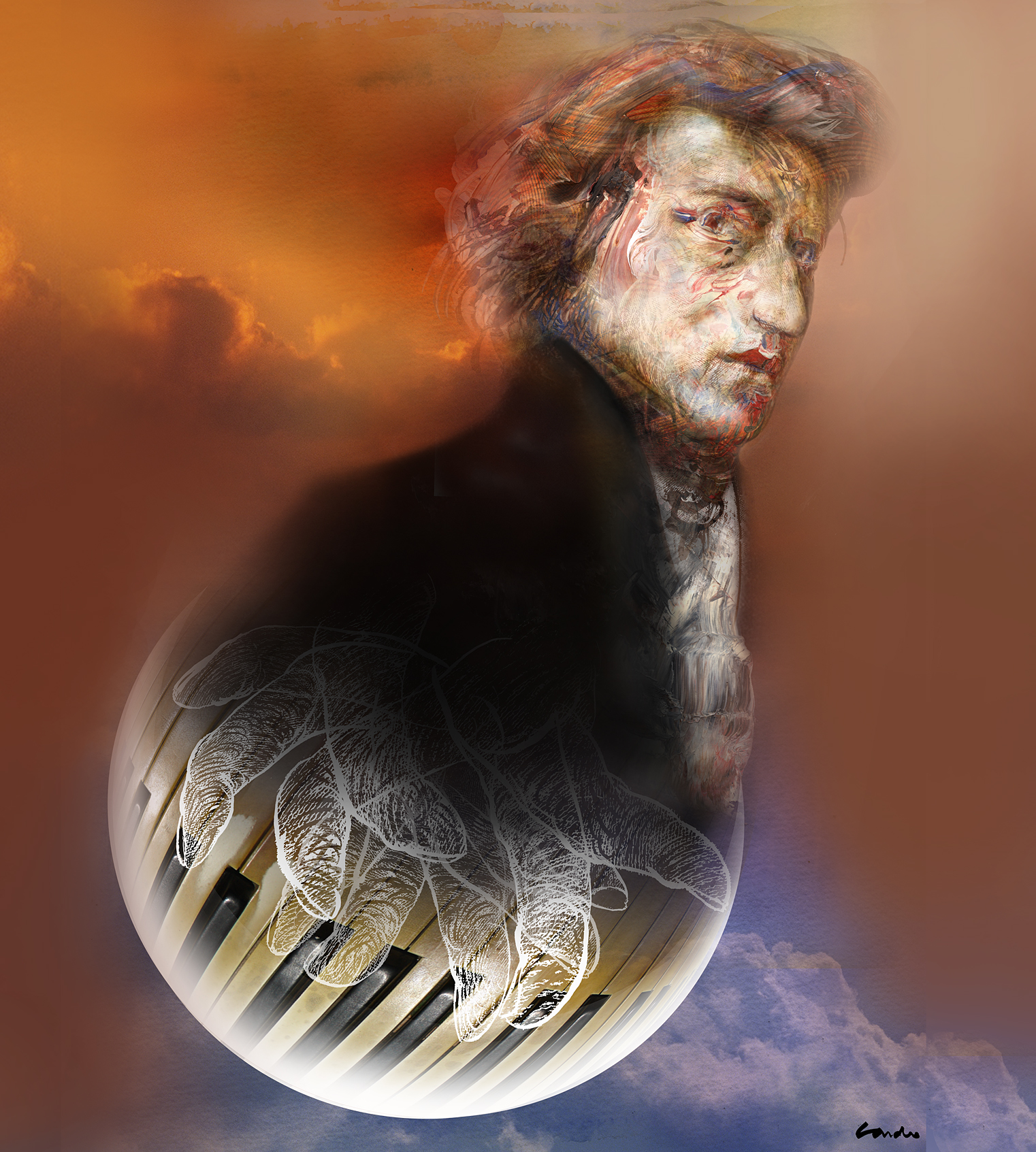
Frédéric Chopin
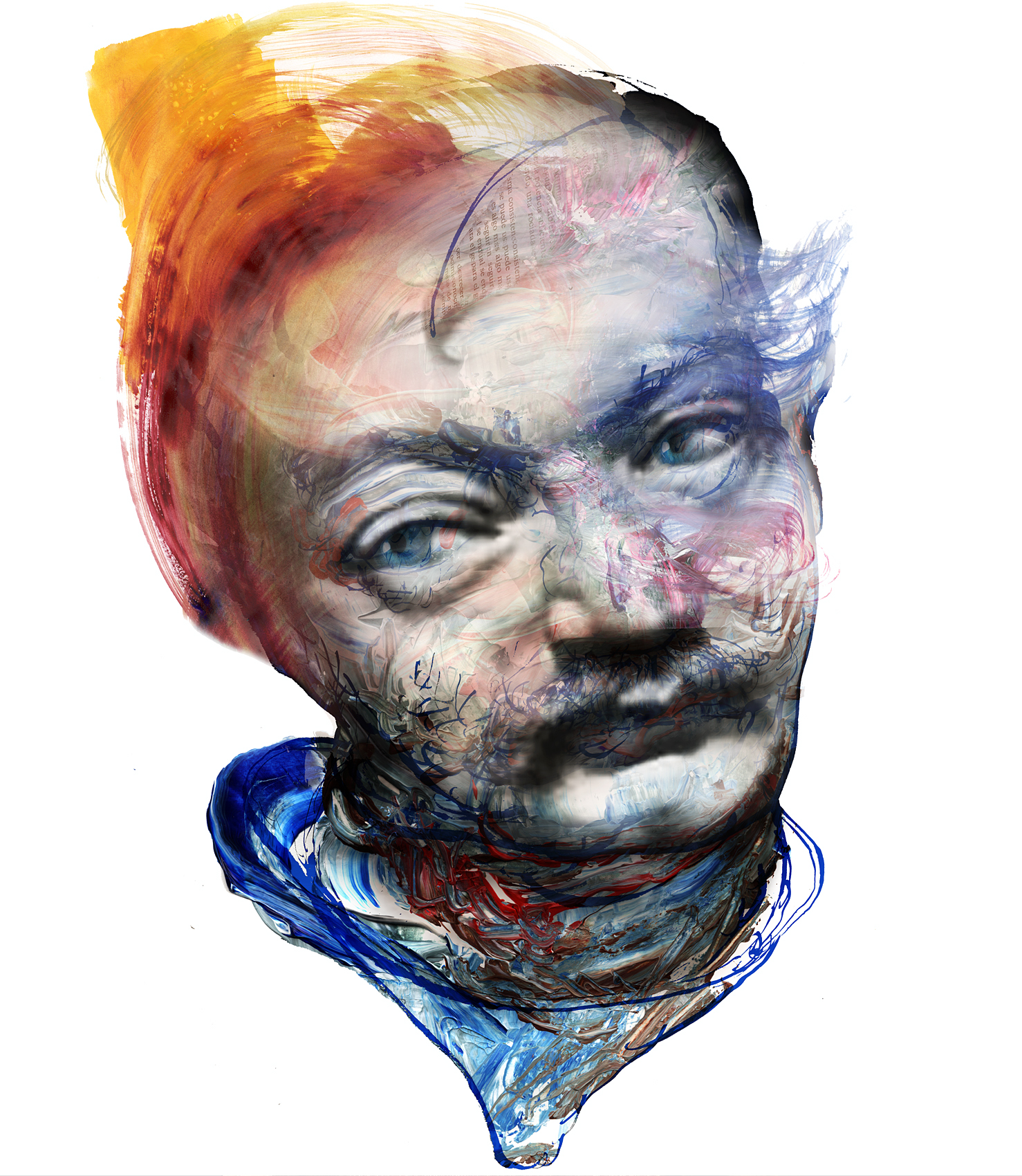
Joseph Roth
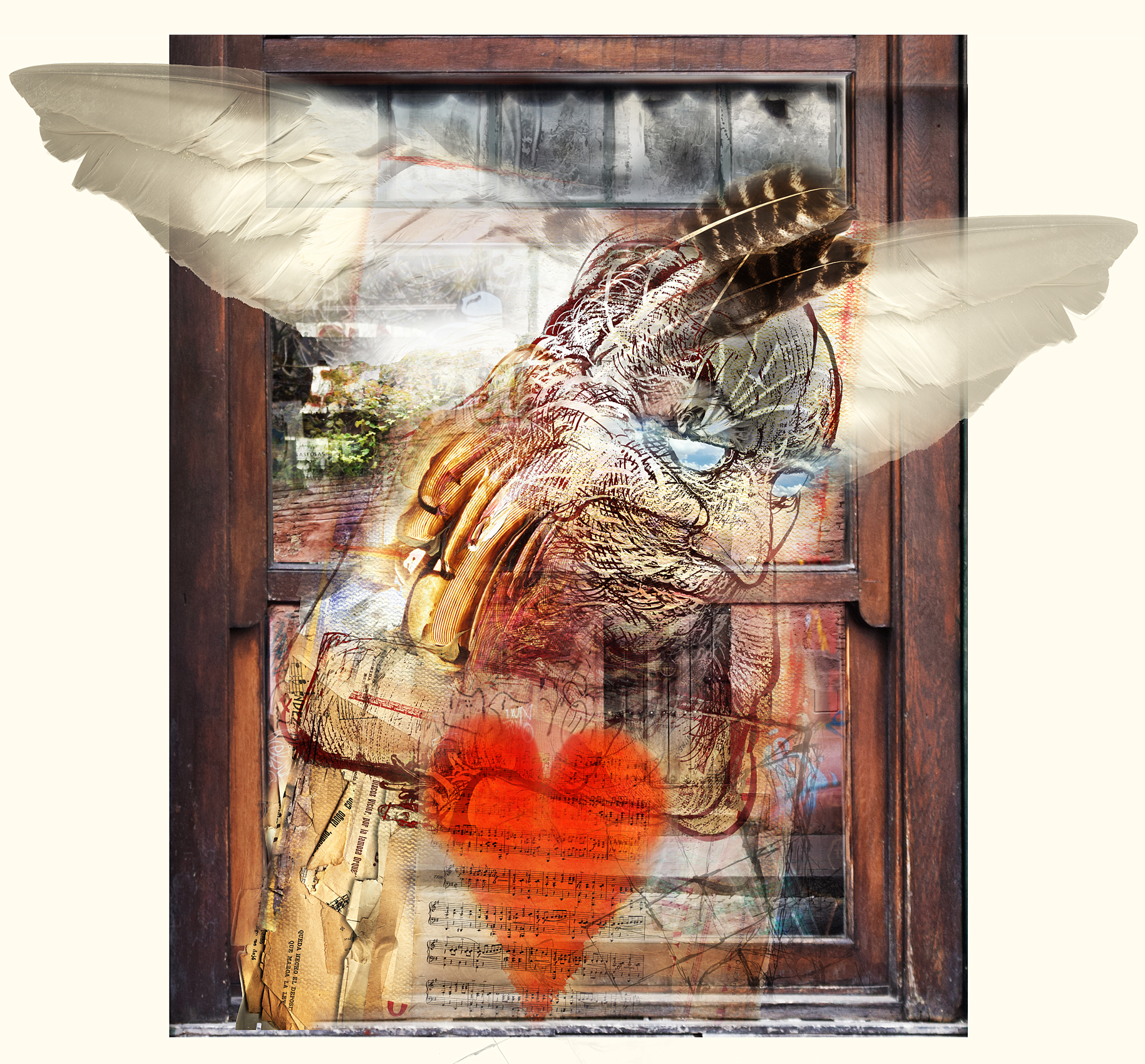
Homero Manzi
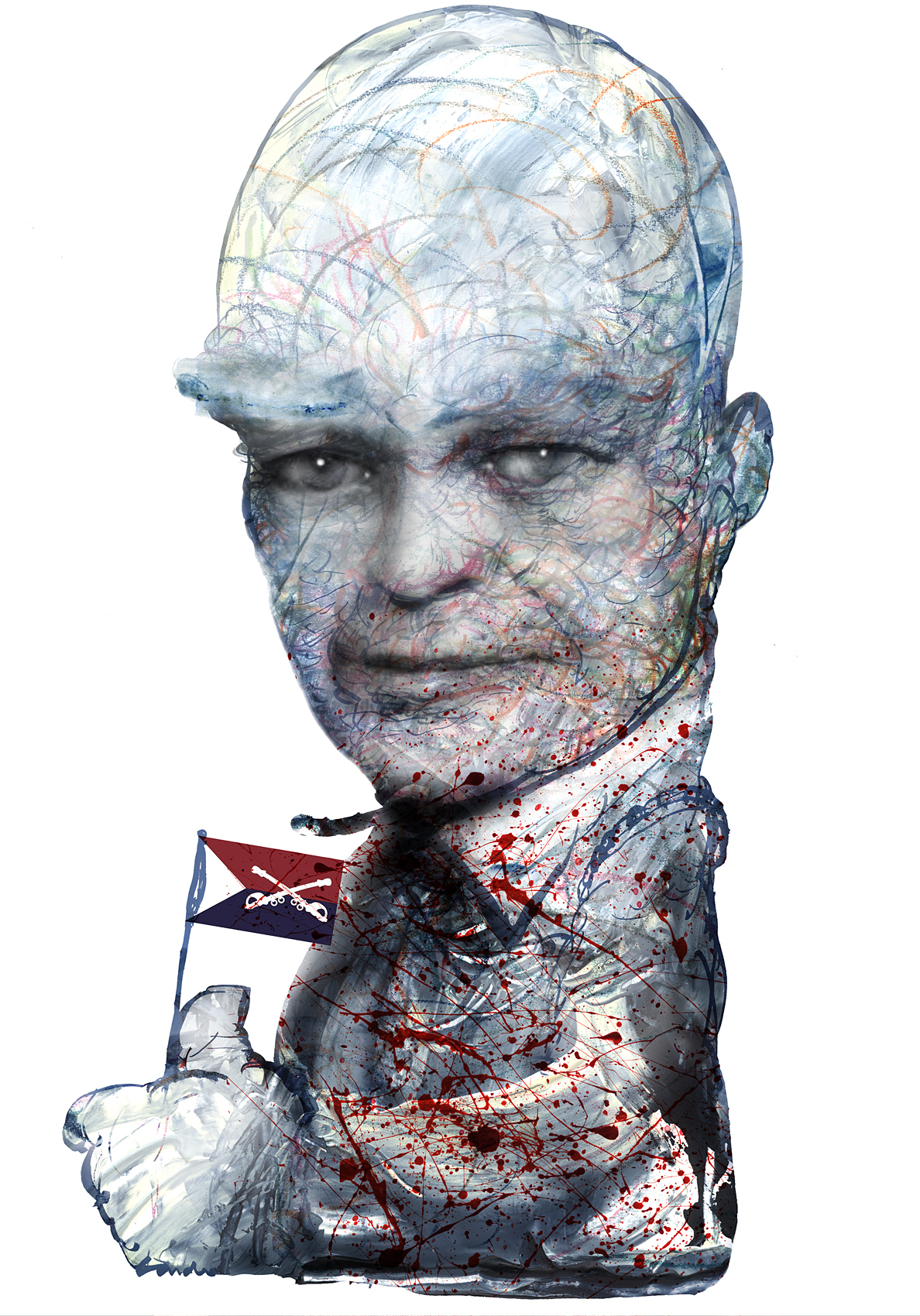
Dwight (Ike) Eisenhower
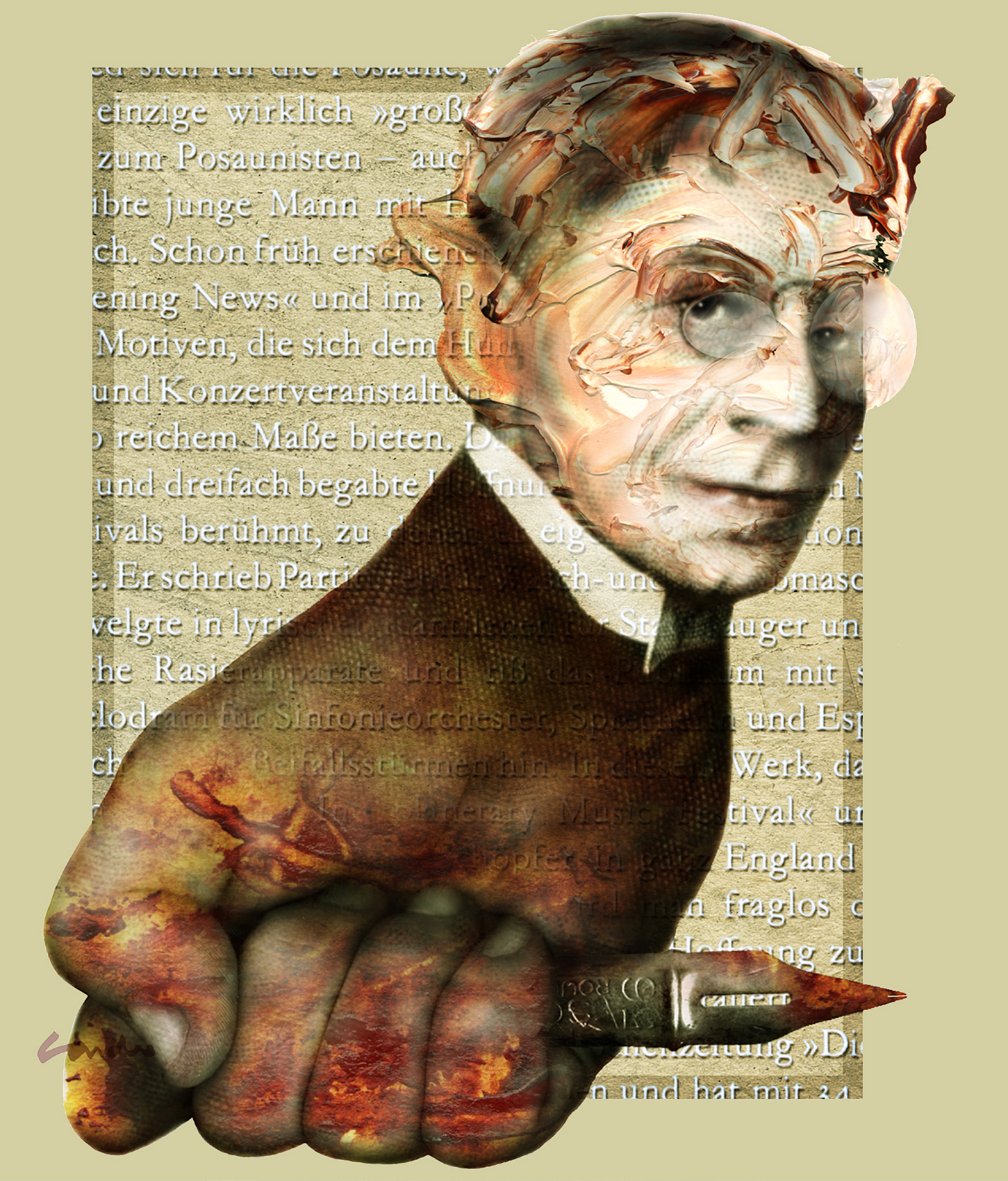
Karl Kraus

Nelson Mandela
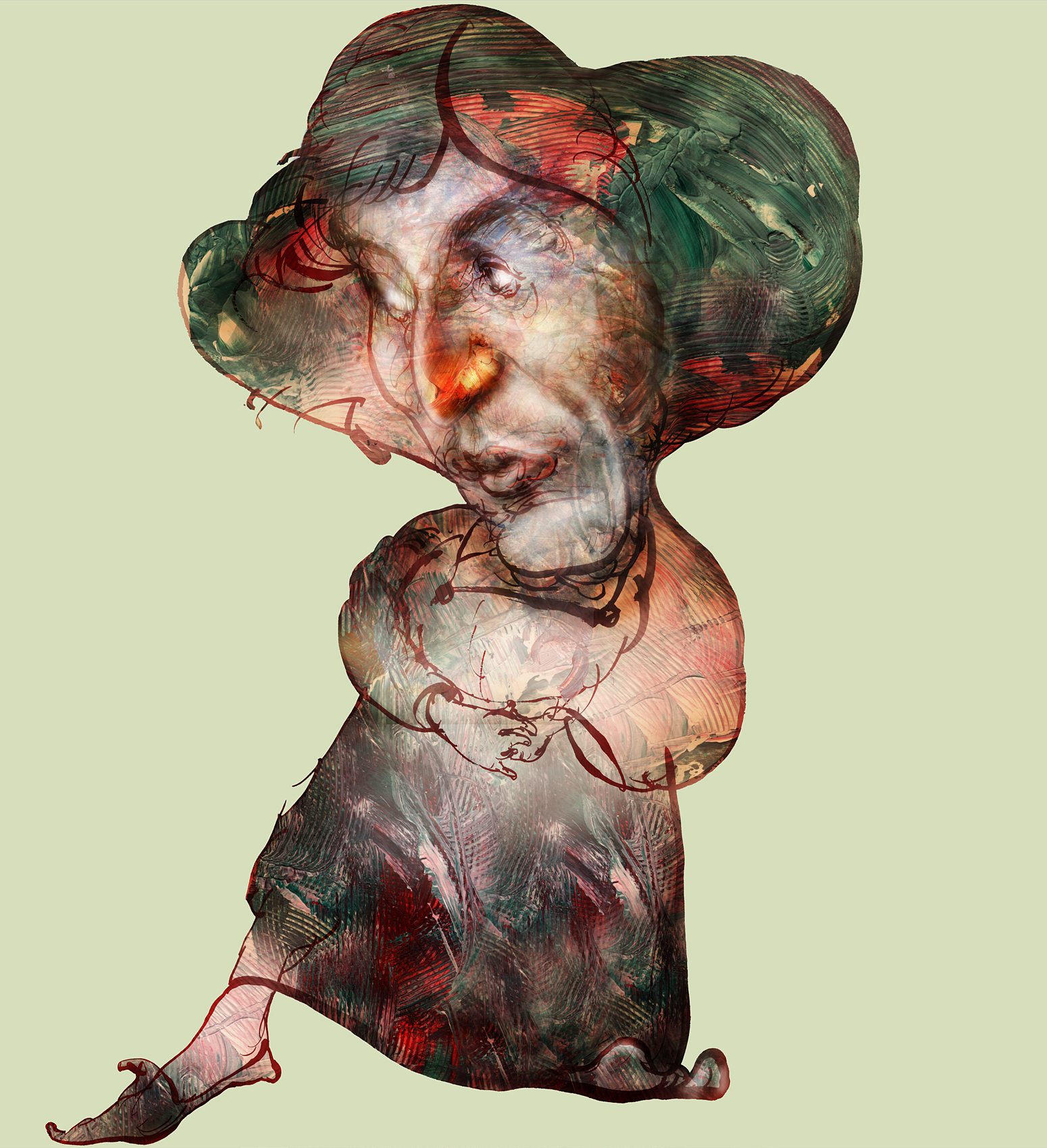
Nicolaus Copernicus
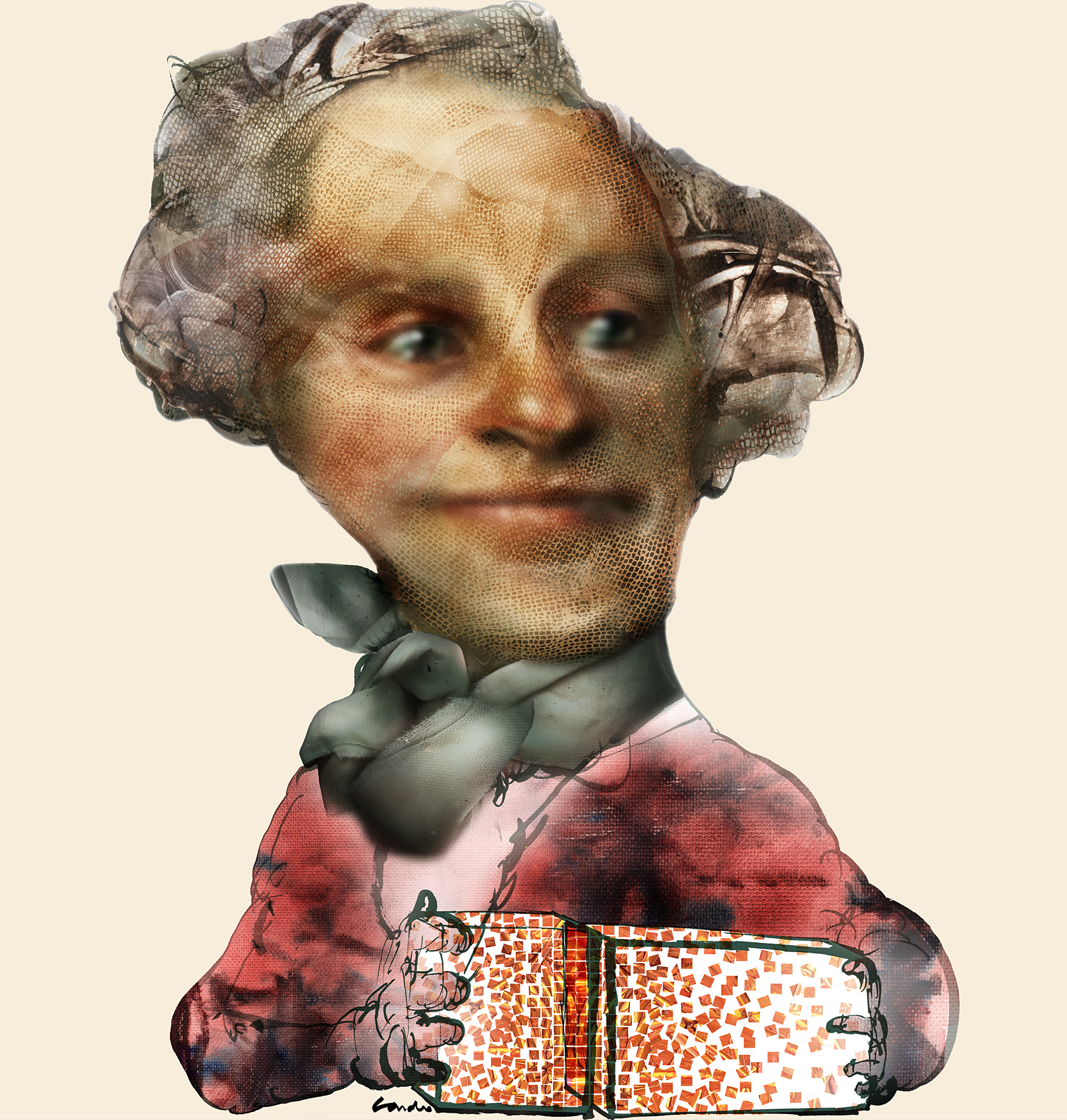
Jean le Rond D'Alemberg
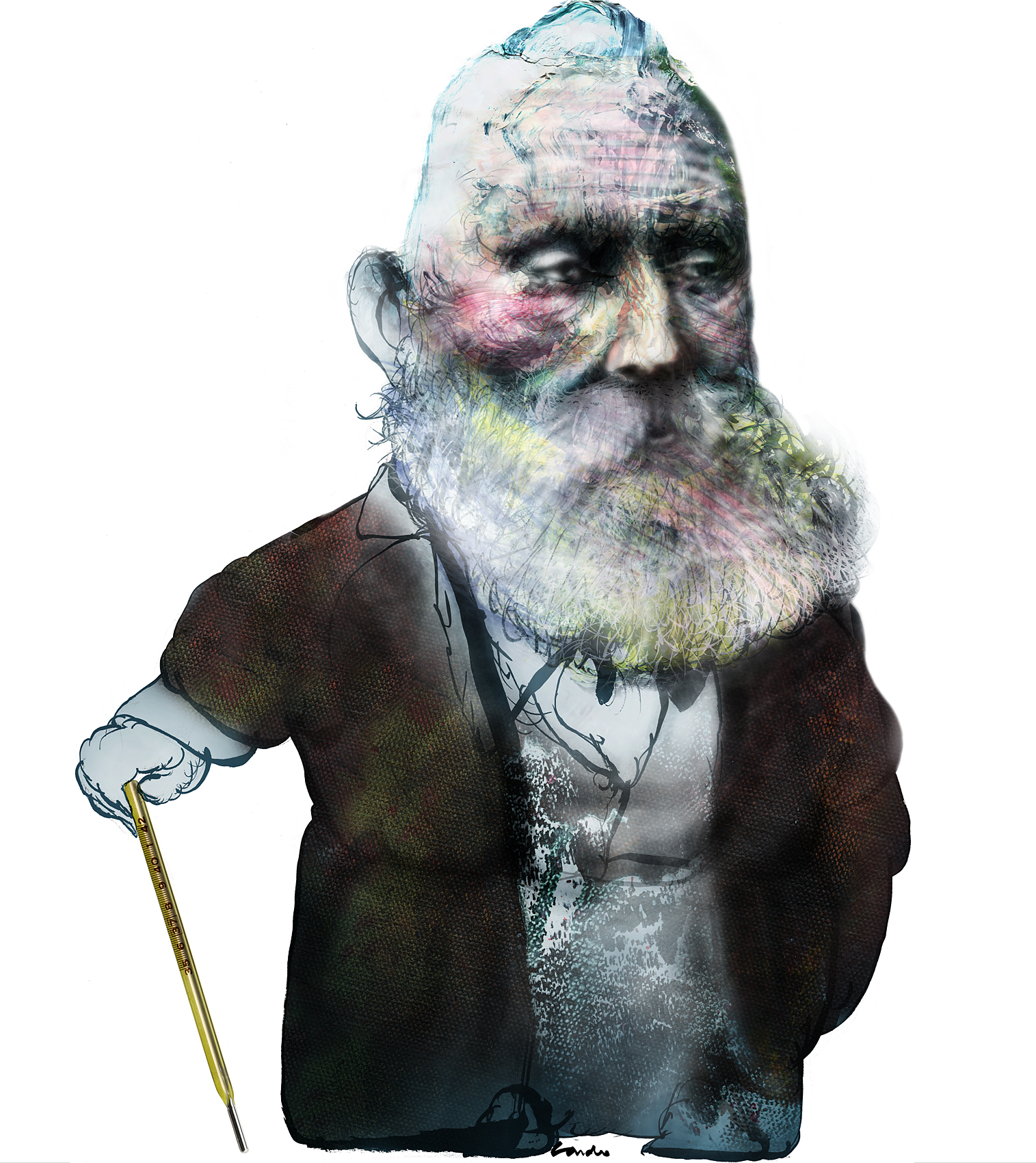
William Thomson. Lord Kevin
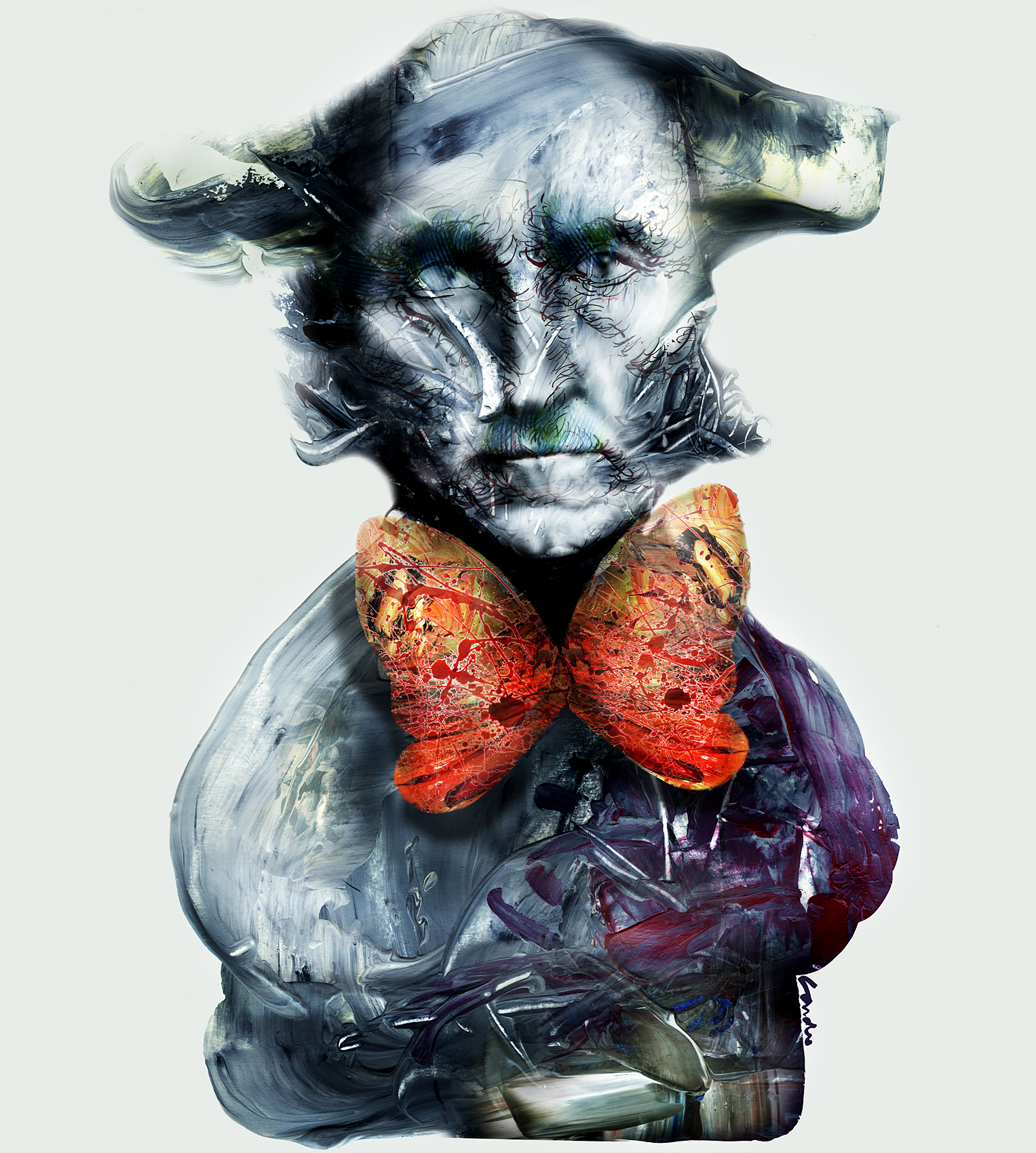
John Stuart Mill
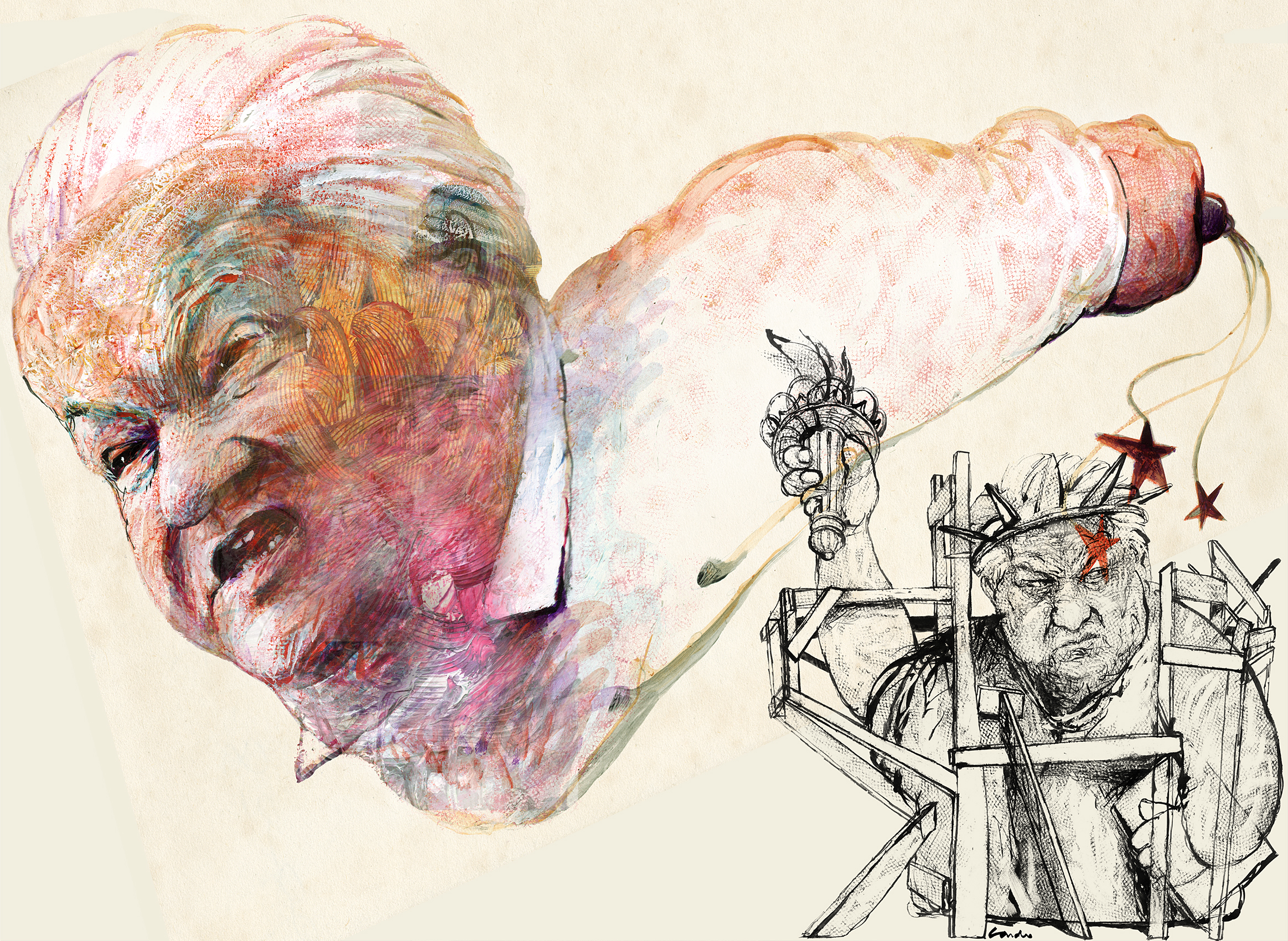
Boris Yeltsin
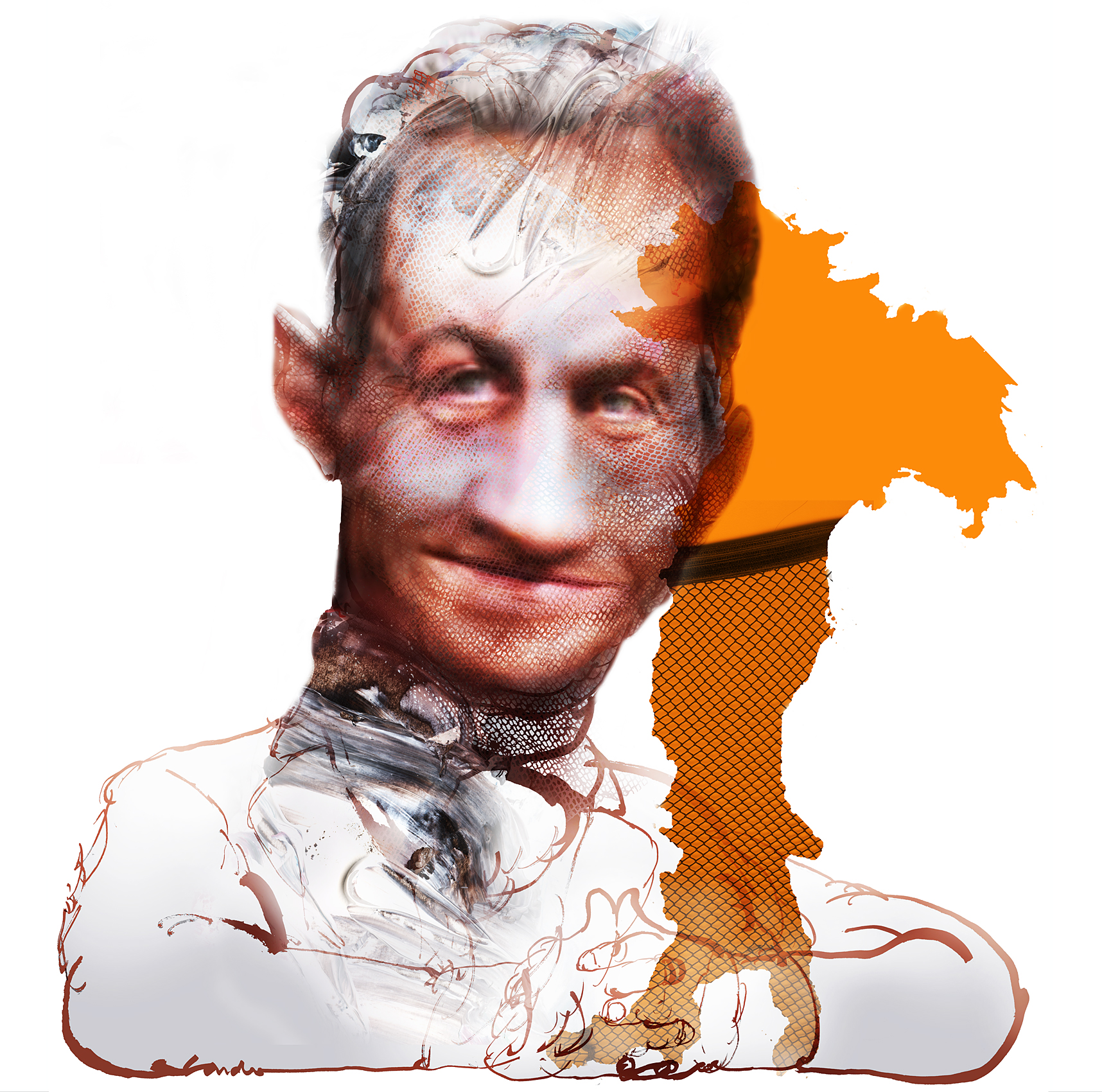
Nicolas Sarcozy & Carla Bruni
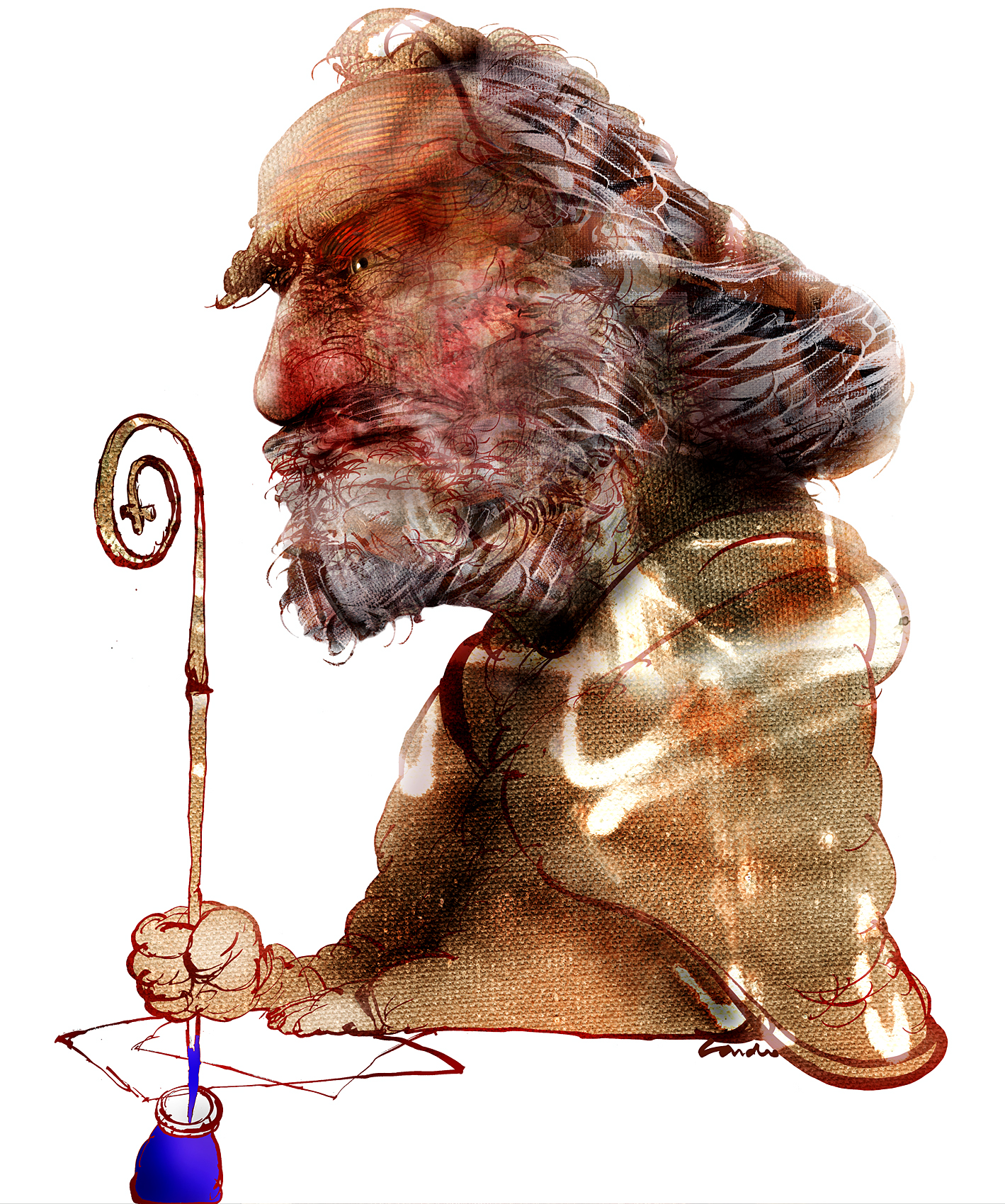
Saint Agustin
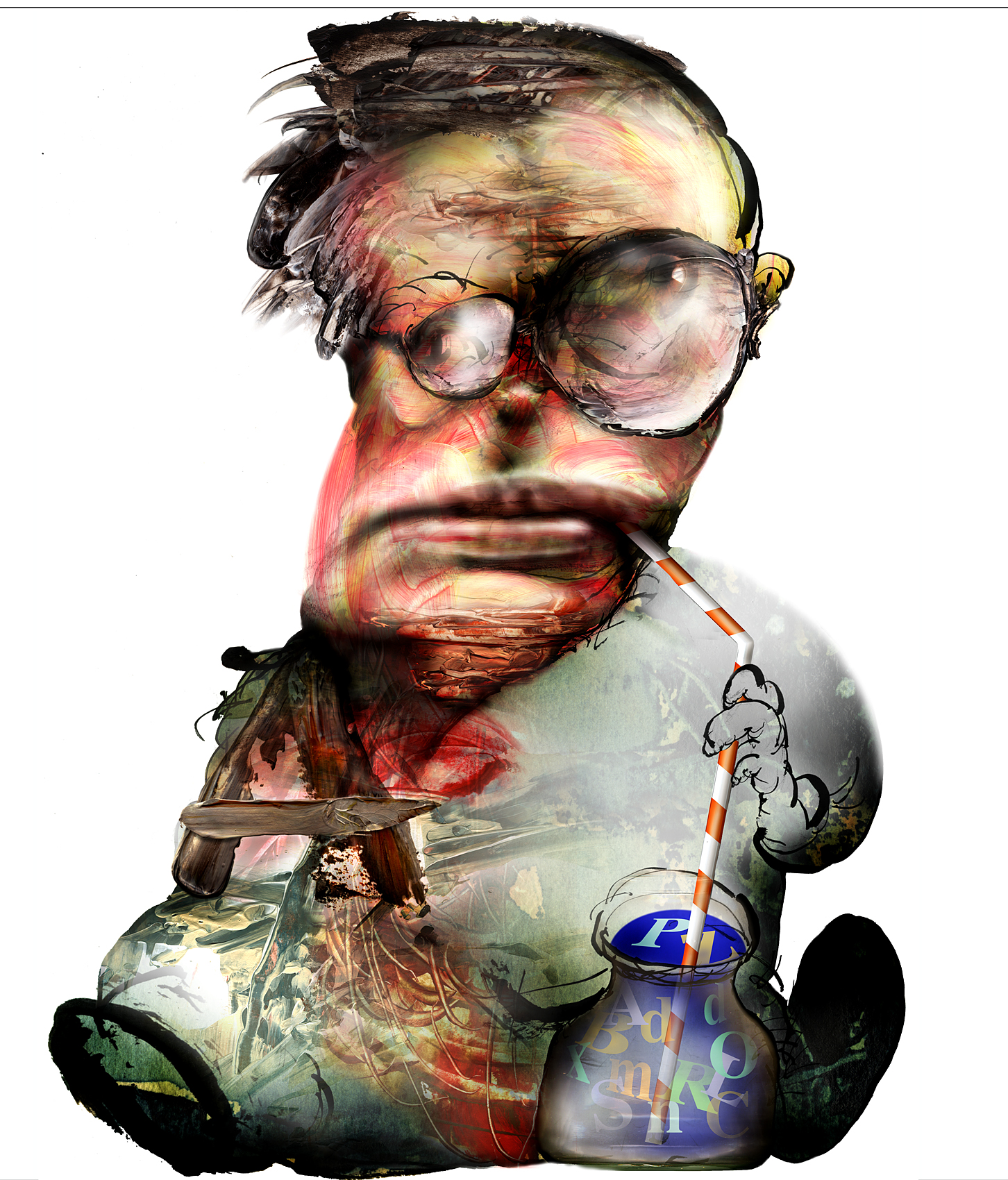
Jean Paul Sartre
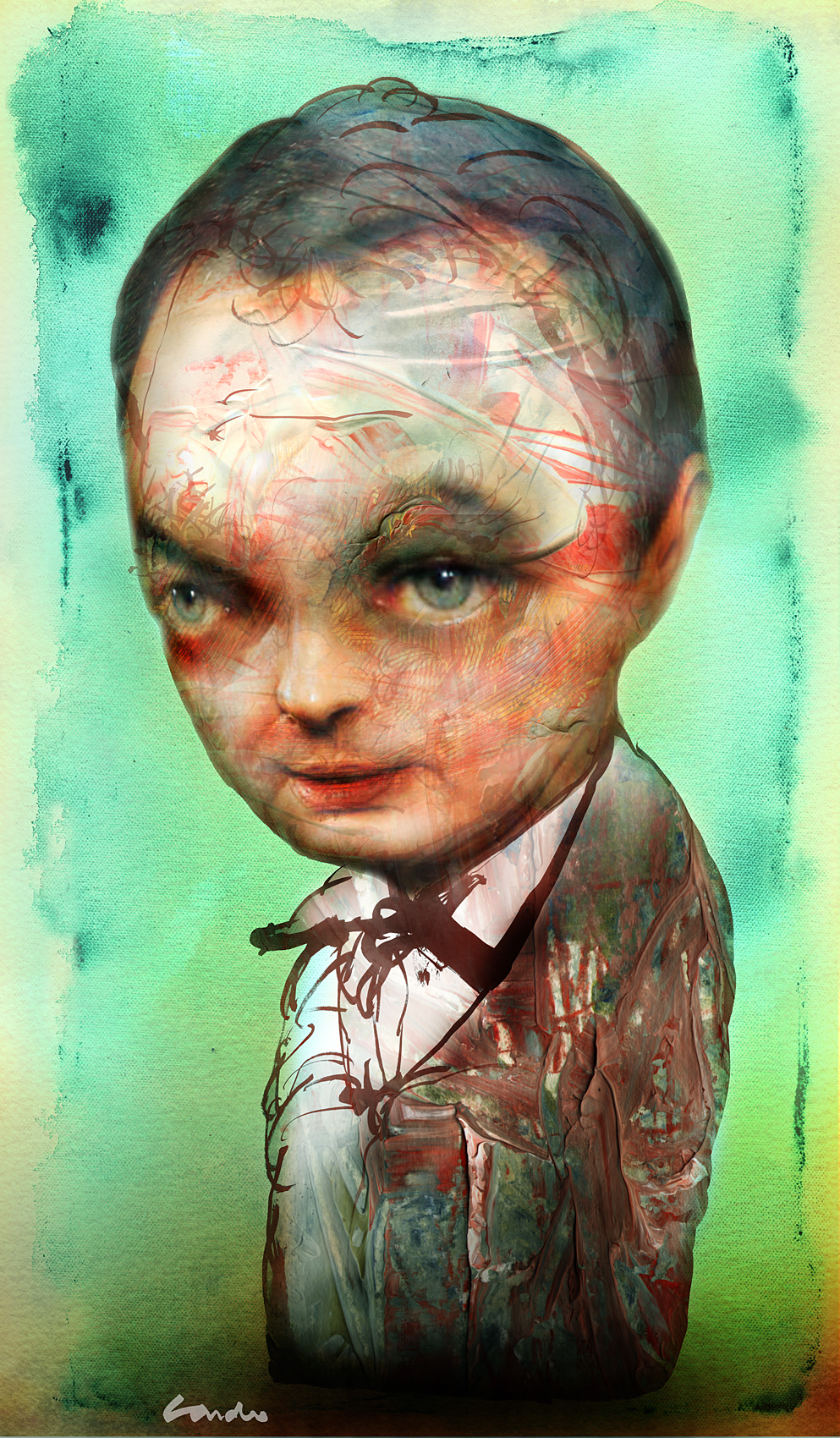
José Rodriguez Zapatero
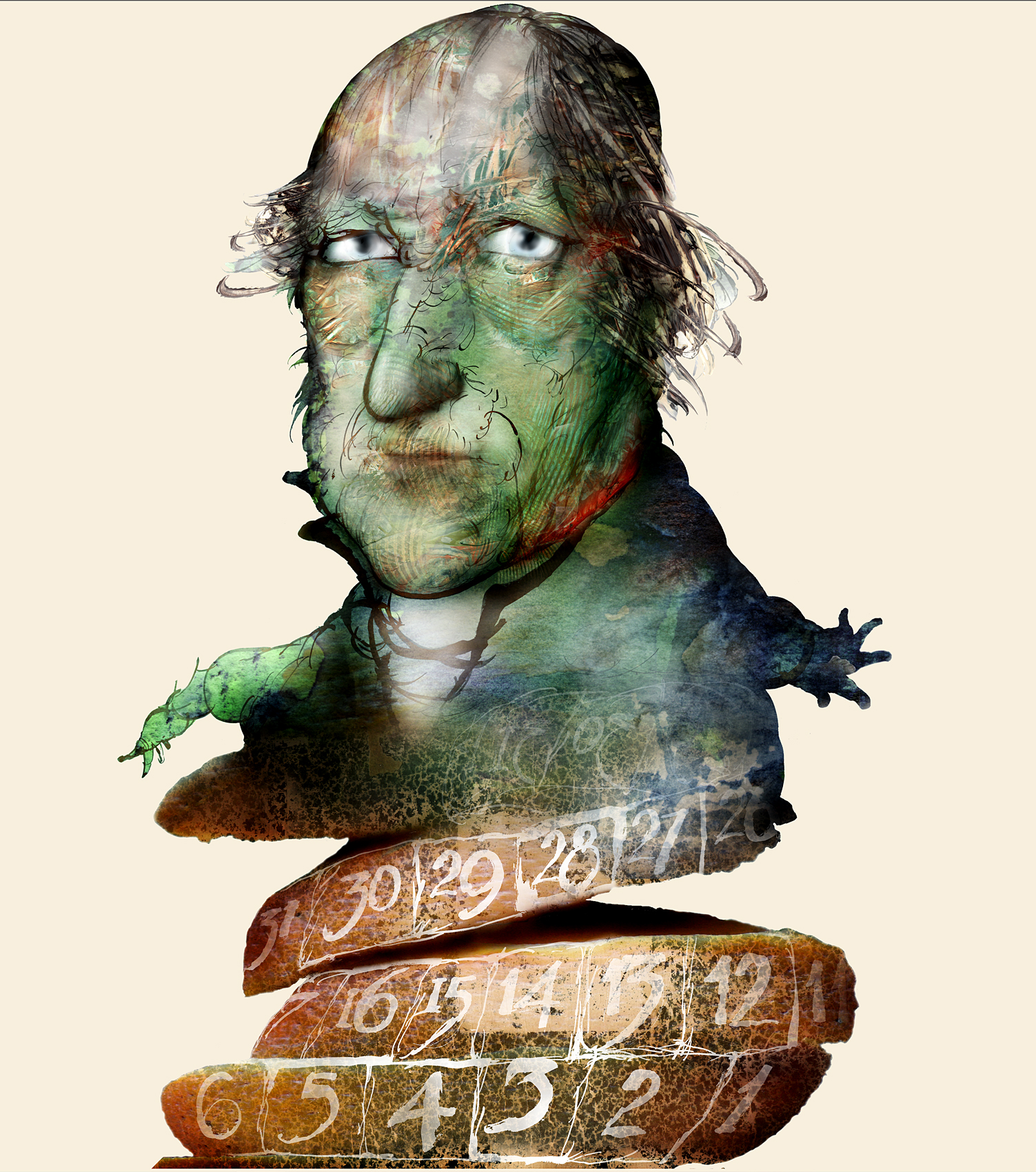
Georg Wilhelm Friedrich Hegel
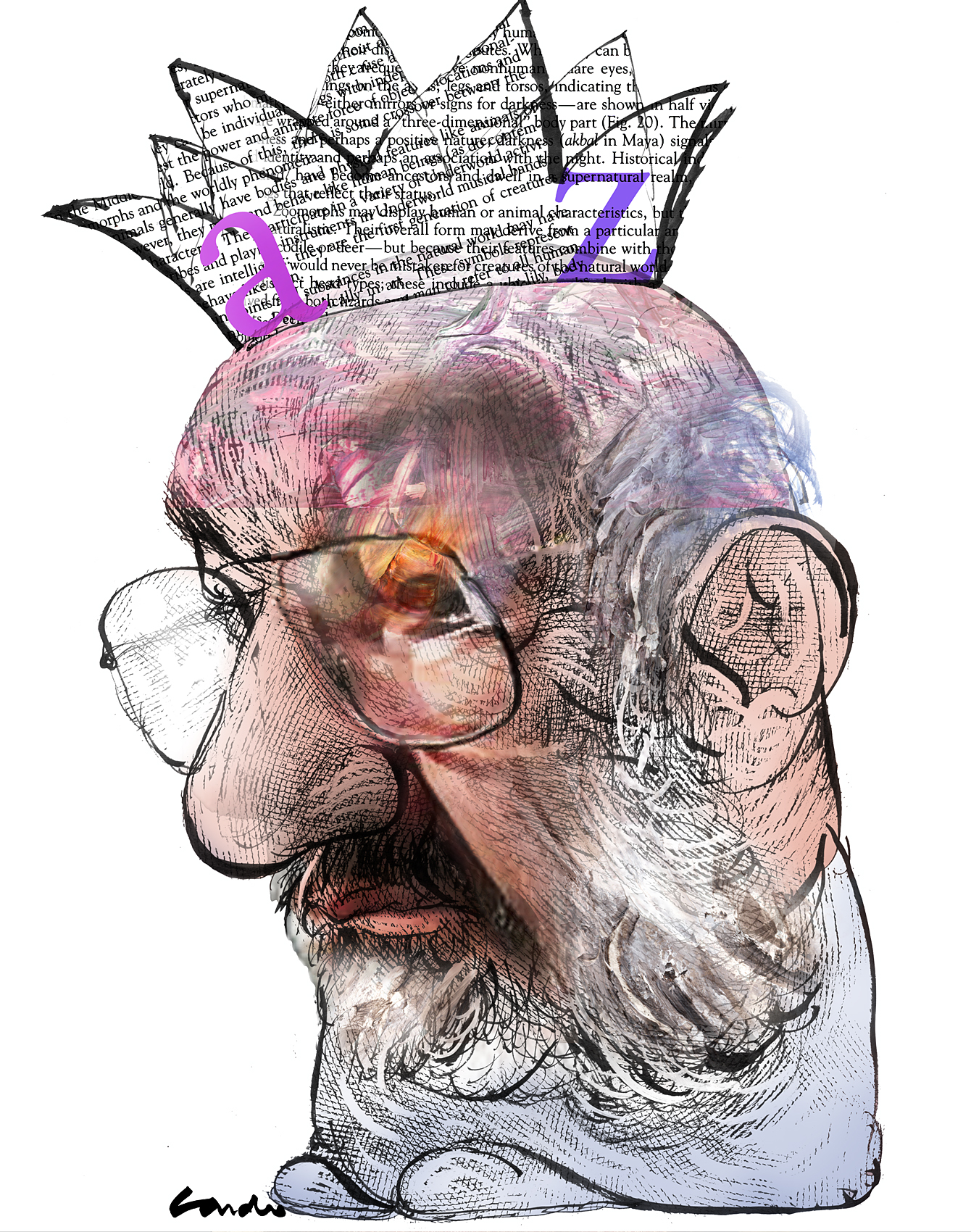
Umberto Eco
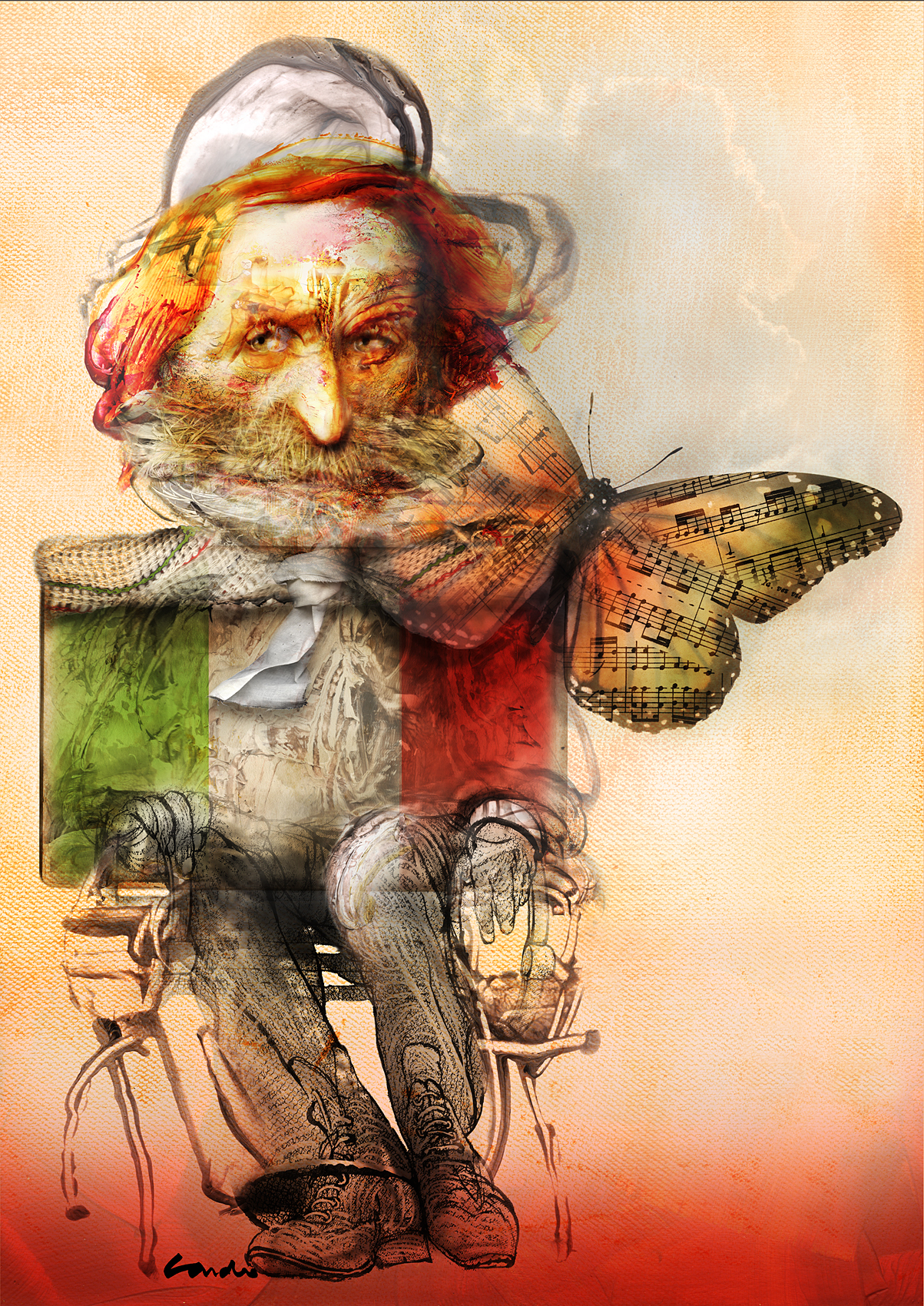
Giuseppe Verdi
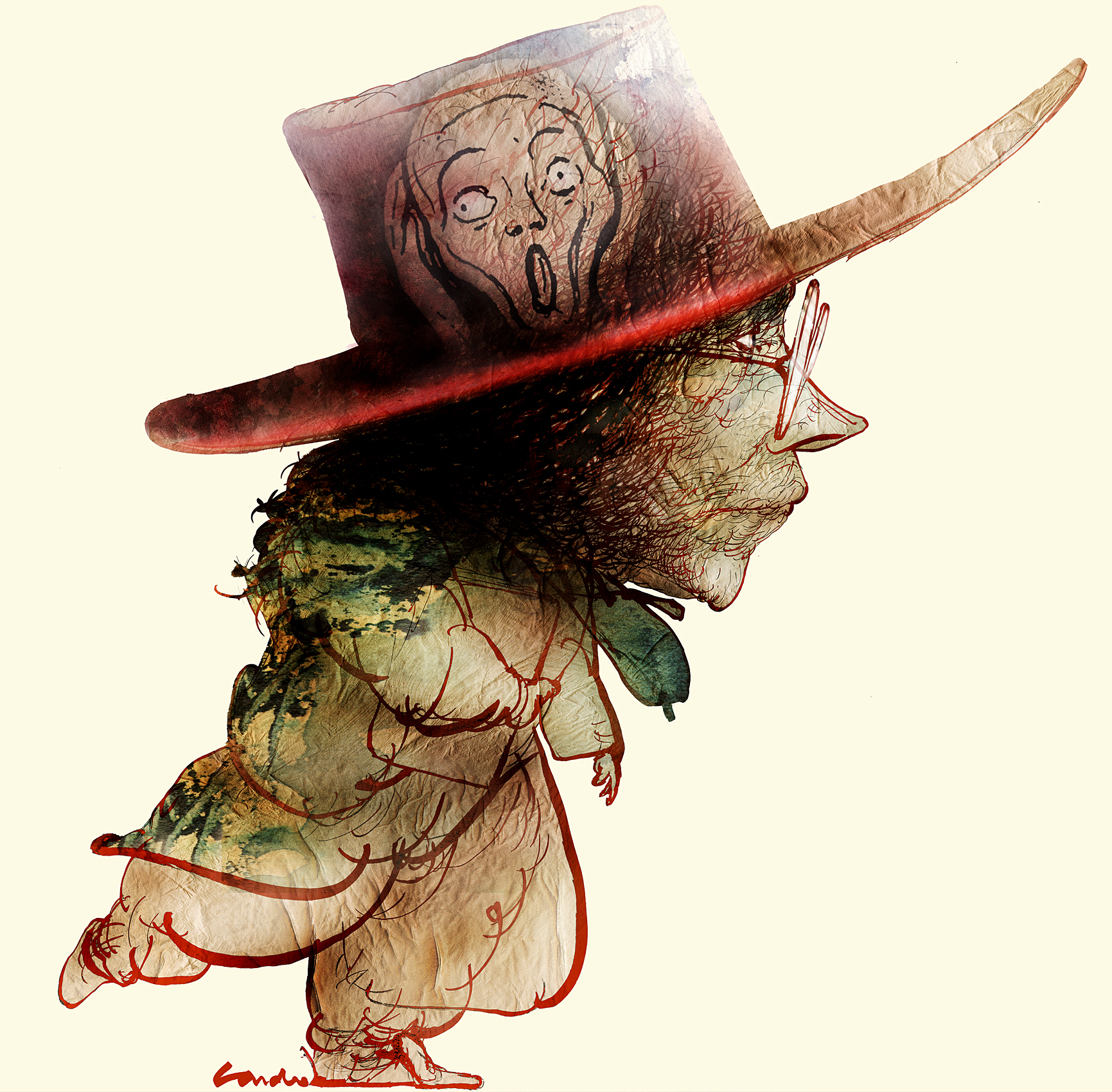
Søren Kierkegaard
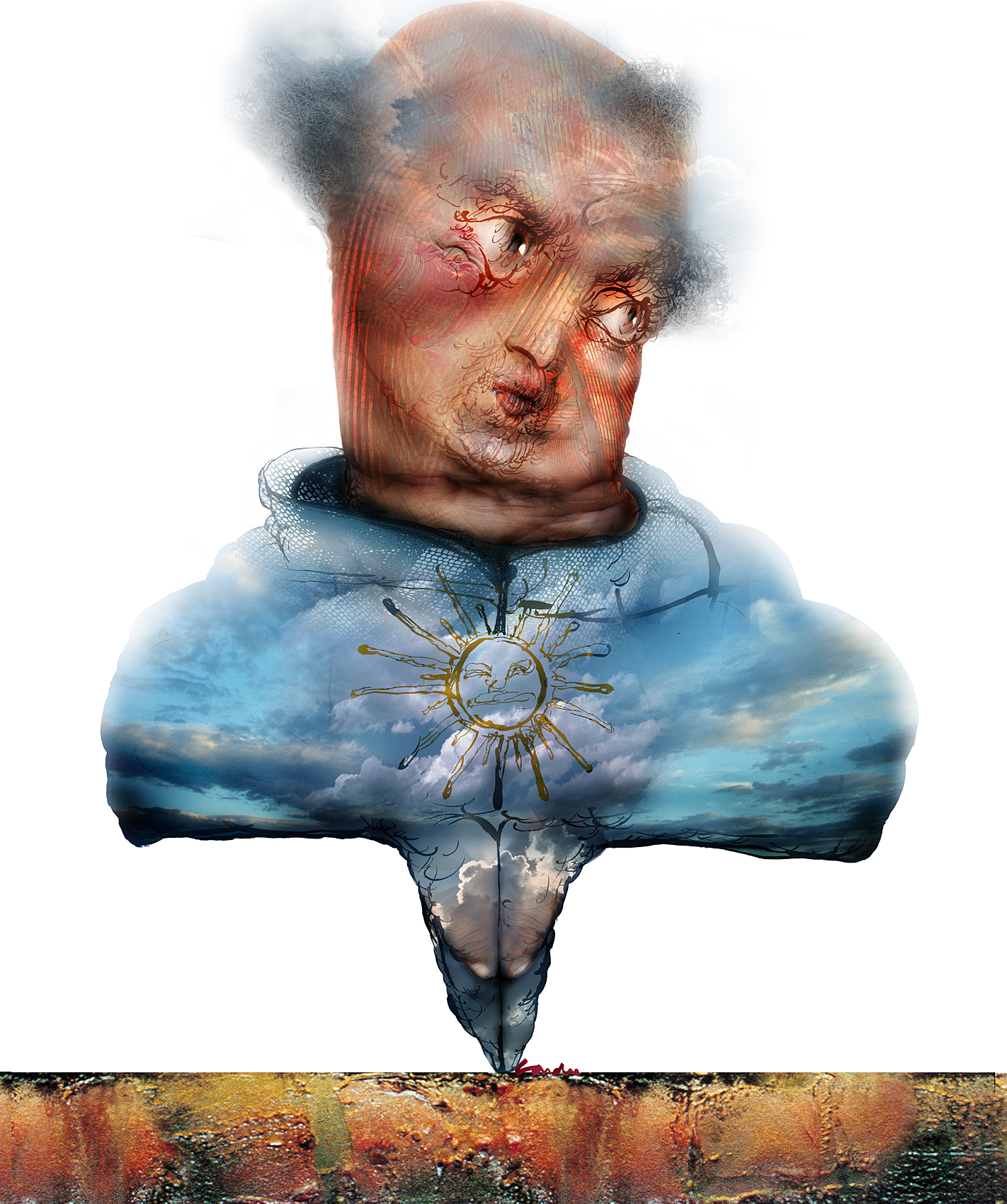
St Thomas
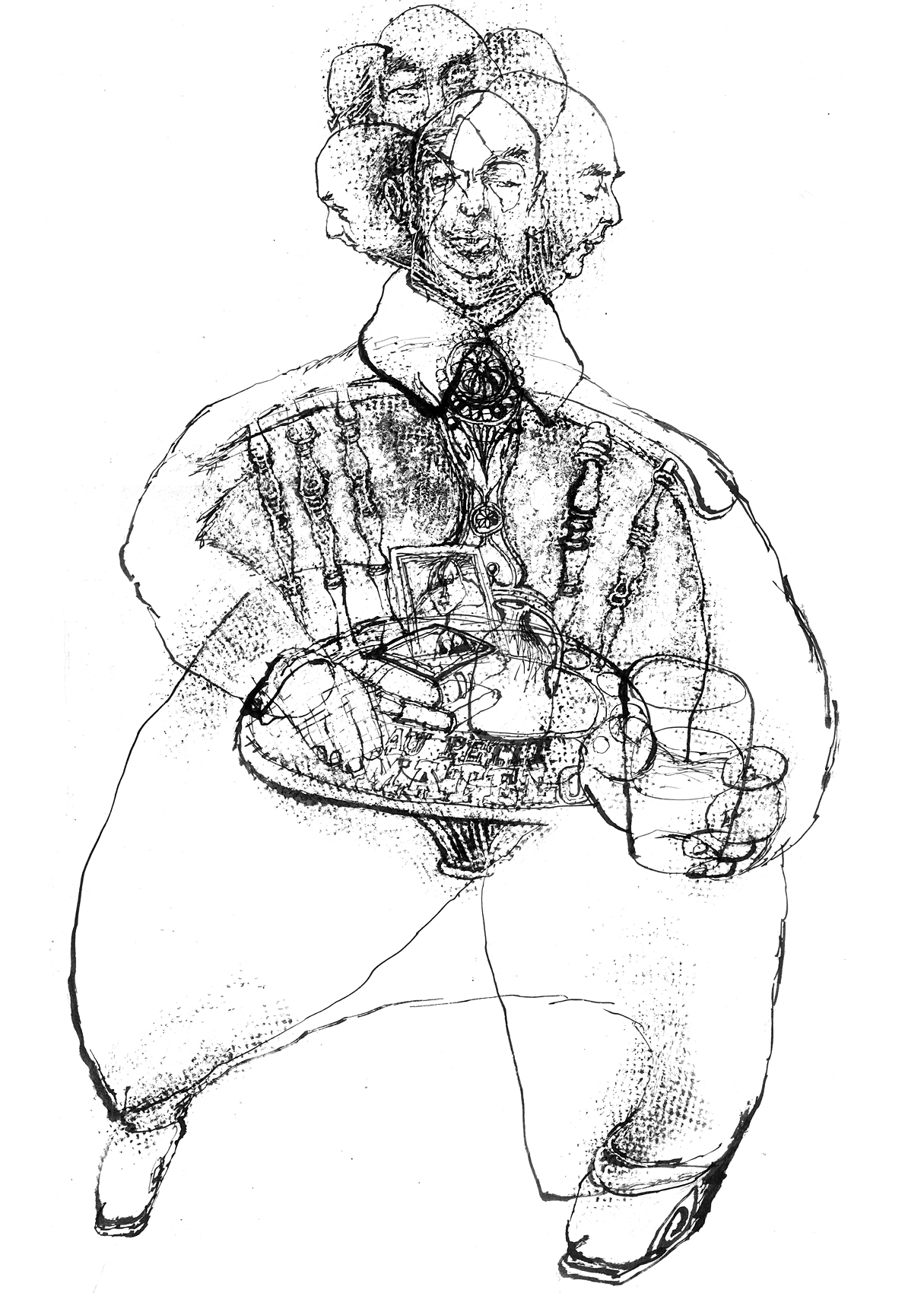
Pablo Neruda
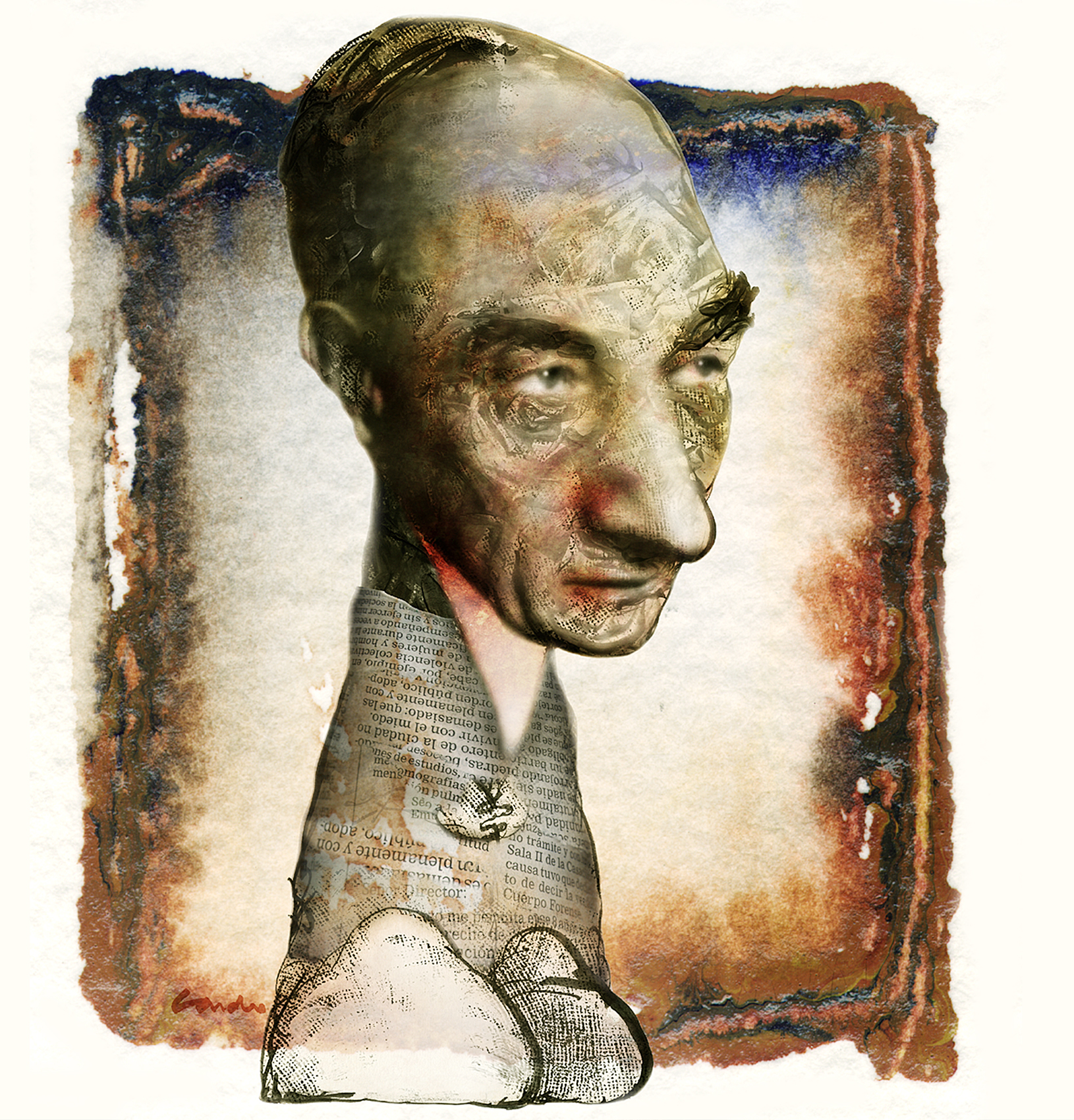
Robert Musil
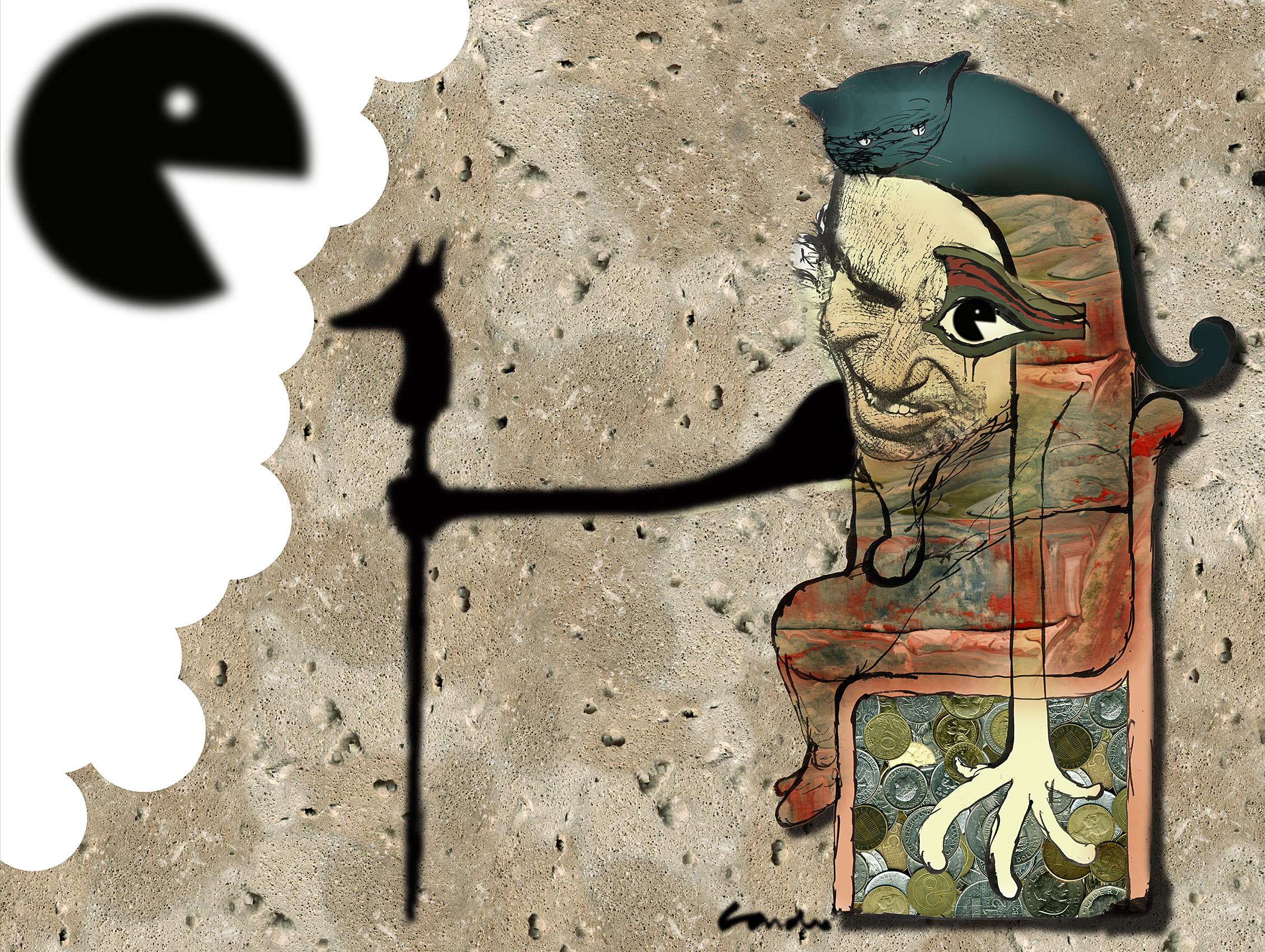
Carlos Saúl Menem
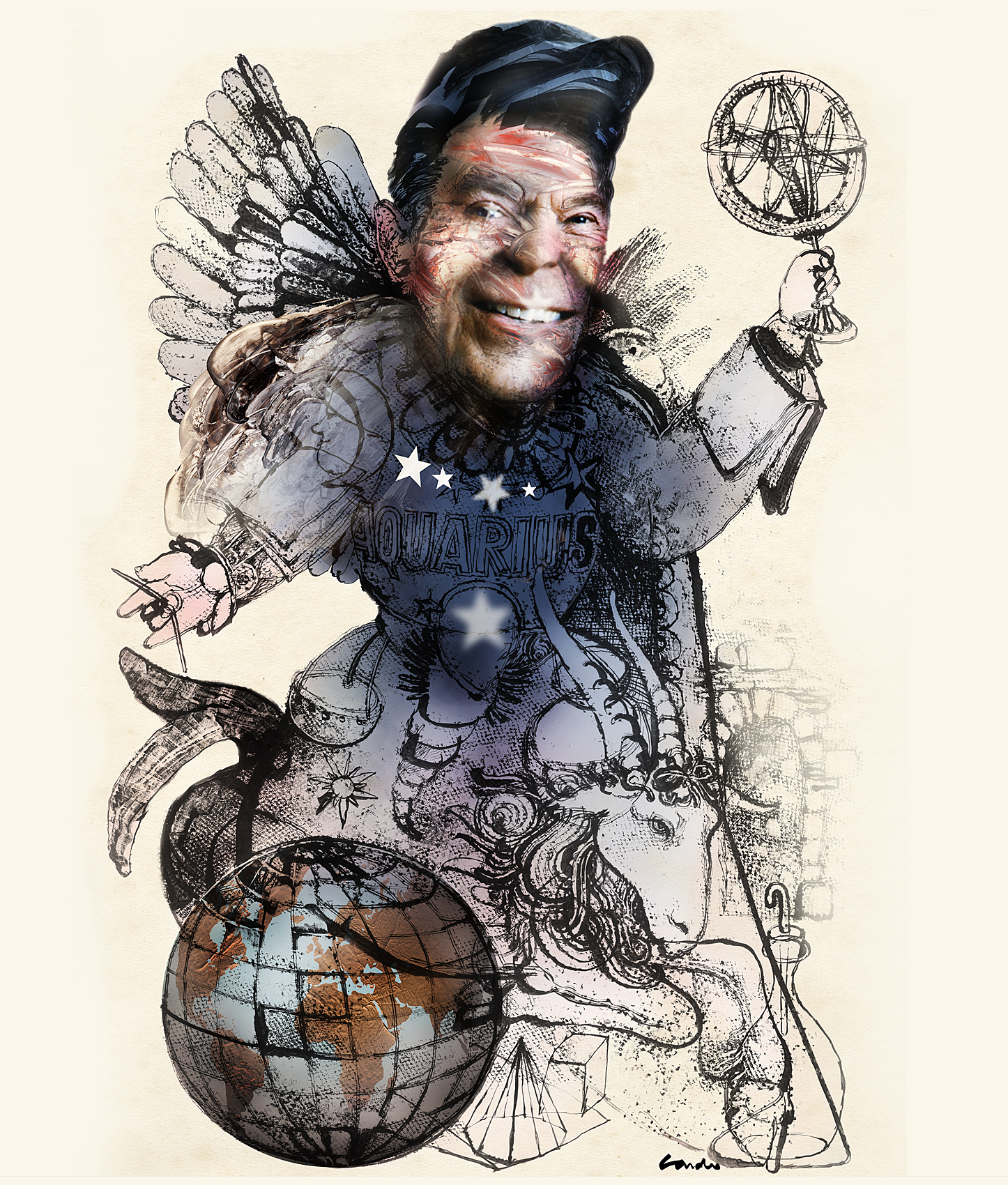
Ronald Reagan
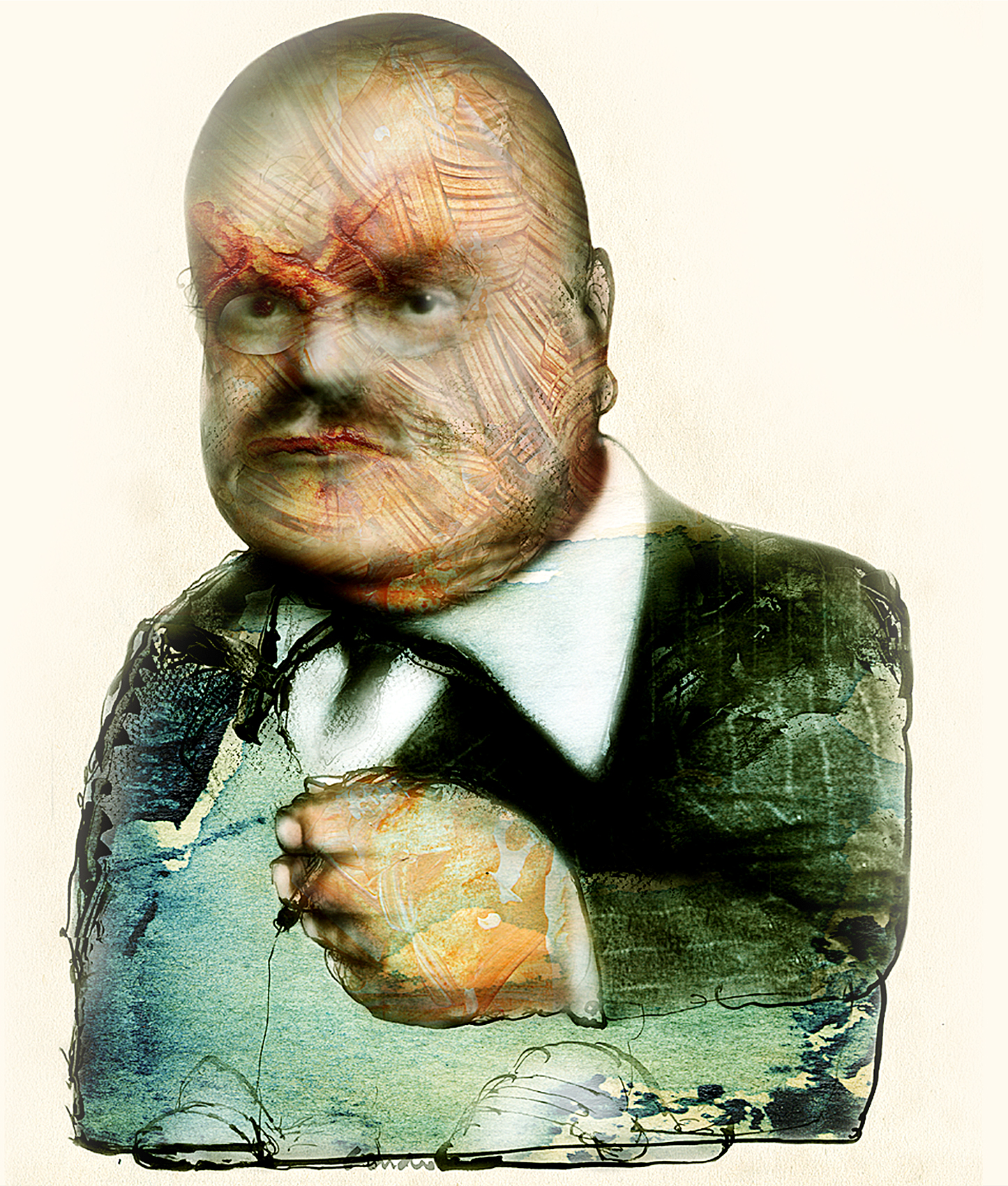
Carl Justav Jung
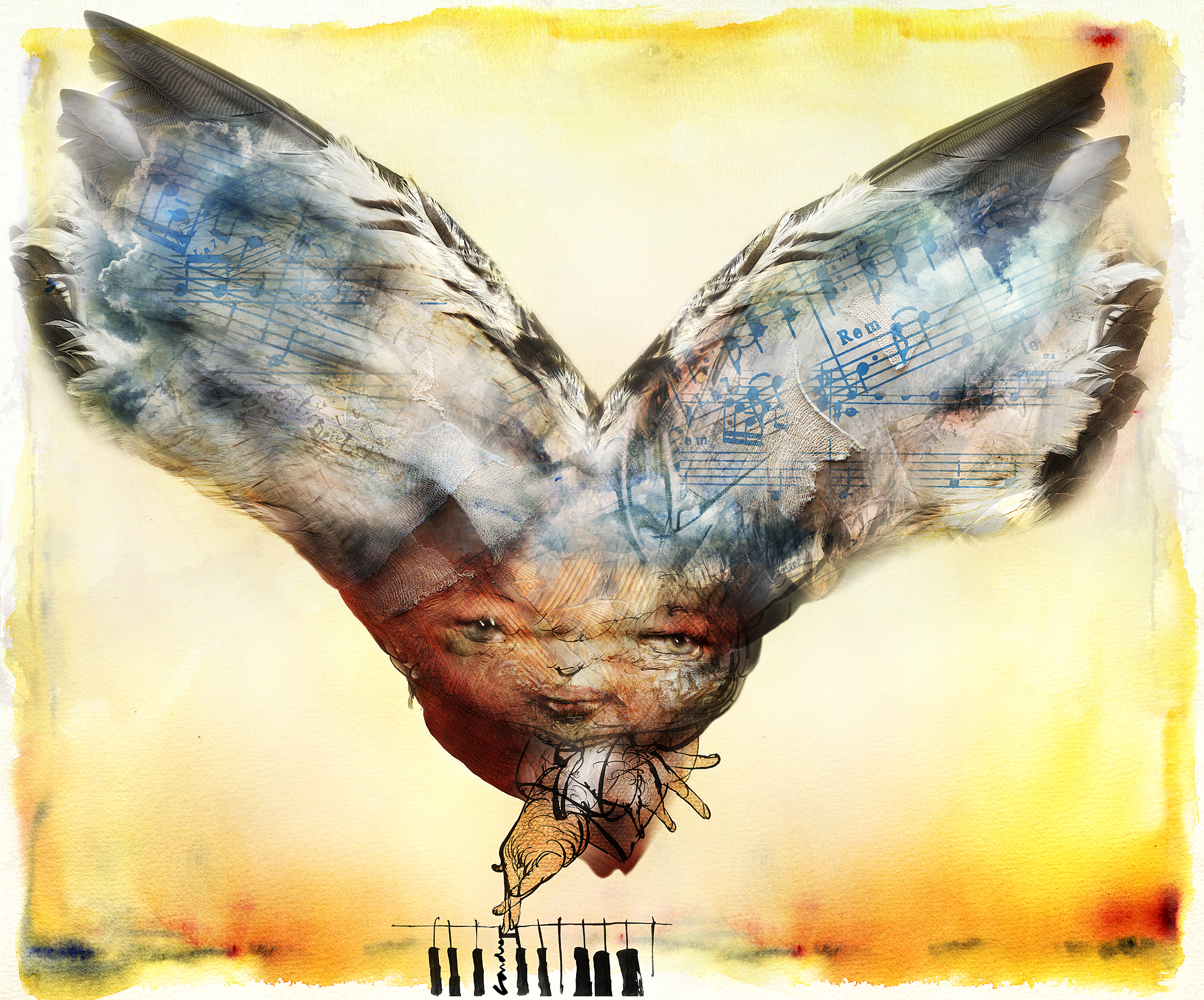
Winged Mozart
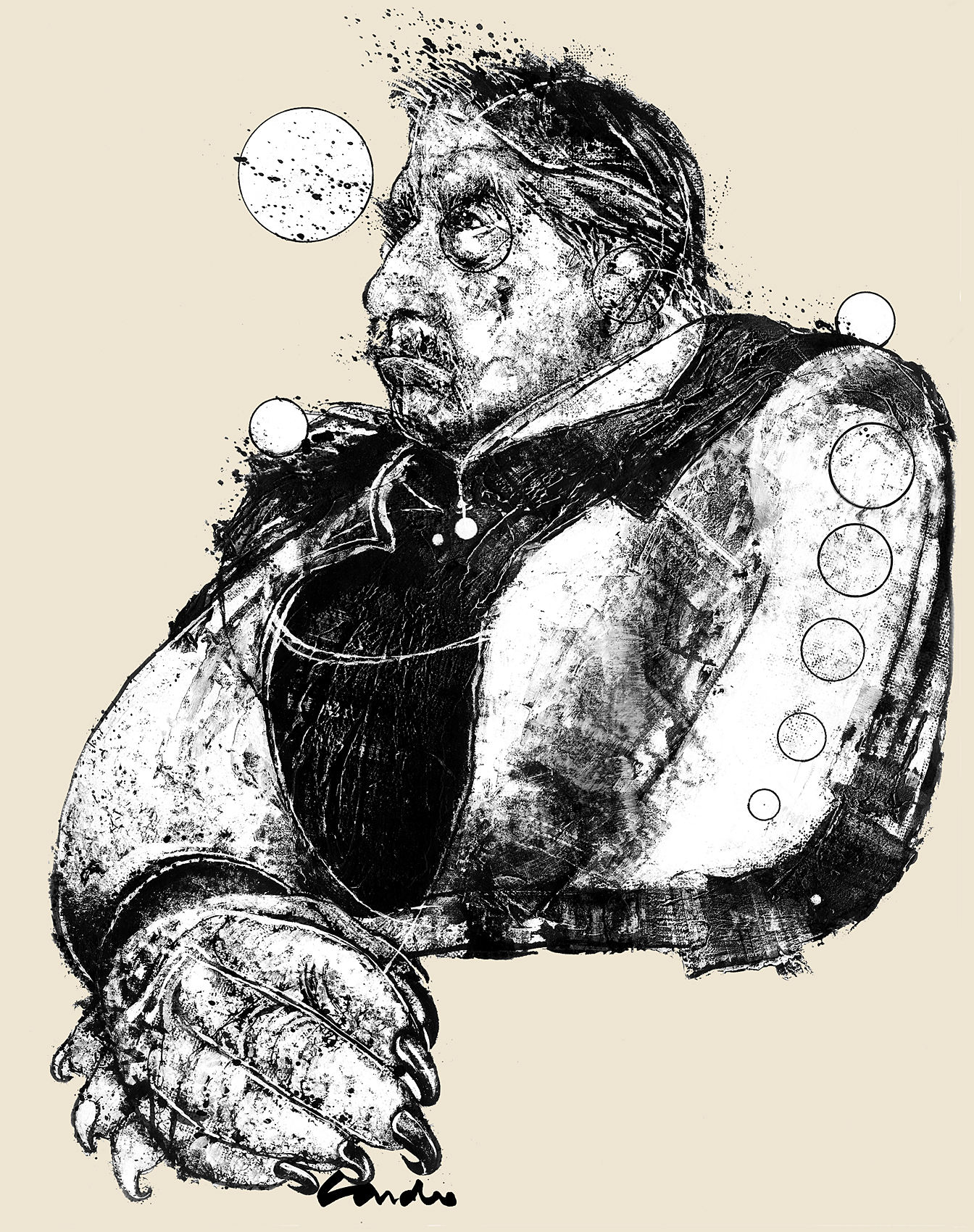
Let’s play Freedom
On June 2, 1986, during the presidency of Ronald Reagan, Cynthia Brown published an article in the New York Times Op-Ed page referring to the paradox that precisely during “Liberty Weekend”, a date chosen for the celebration of freedom and democracy, the Chilean barquentine Esmeralda, one of the most beautiful tall ships in the world would take part in the celebrations among other sailing ships.
The reason of this paradox is that it was precisely on board this ship that the worst horrors of the dictatorship took place, when on September 11, 1973 the Esmeralda was turned into a floating torture center, maybe commemorating with repulsive sarcasm the date of the coup that overthrew Salvador Allende, the president elected by the people.
About 40 men and 70 women were obliged to remain naked in the same enclosure where they could hear the screams and moans of those being tortured. From there, one by one they passed into the horror chamber where they were given beatings and electric shocks. They were hooded and were not allowed to sleep. Sexual abuse of women prisoners was a constant occurrence and all of this occurred in an abominable chaos. After this, each one of them was sent to far away destinations in the country.
As a symbol of the validation of torture and murder, Augusto José Ramón Pinochet Ugarte, the Chilean Army Commander in Chief and afterwards president of the Republic ratified by the 1980 Constitution, wanted that majestic ship to be there, to show the world the supremacy of torture.
Years later, Pinochet’s criminal and mafia actions were exposed when the Spanish judge Baltasar Garzón ordered his detention in London on charges of genocide. He was accused of unlawful enrichment based on drug trafficking, as cocaine was produced in the Army Chemical Unit of Talagante. It was also proved that Pinochet had up to 125 offshore bank accounts and an estimated fortune of 27 million dollars. The Riggs Bank took care of concealing the accounts of the Chilean genocide for a time after he was elected. In 2002 American investigators discovered these accounts and the Bank was forced to close them. Instead of sending the funds to the courts, the Riggs Bank returned the funds to Pinochet for him to deposit them in another institution. Another cockade for the Chilean dictator was that Argentine Judge Maria Servini and later the Chilean Judge Alejandro Solis proved that Augusto Pinochet was the one who ordered the assassination of General Carlos Prats. As a result of a combination of international complicities and suspicious deceases, Pinochet never received any punishment.
Needless to say, after his death, the Chilean Army refused to receive his ashes.
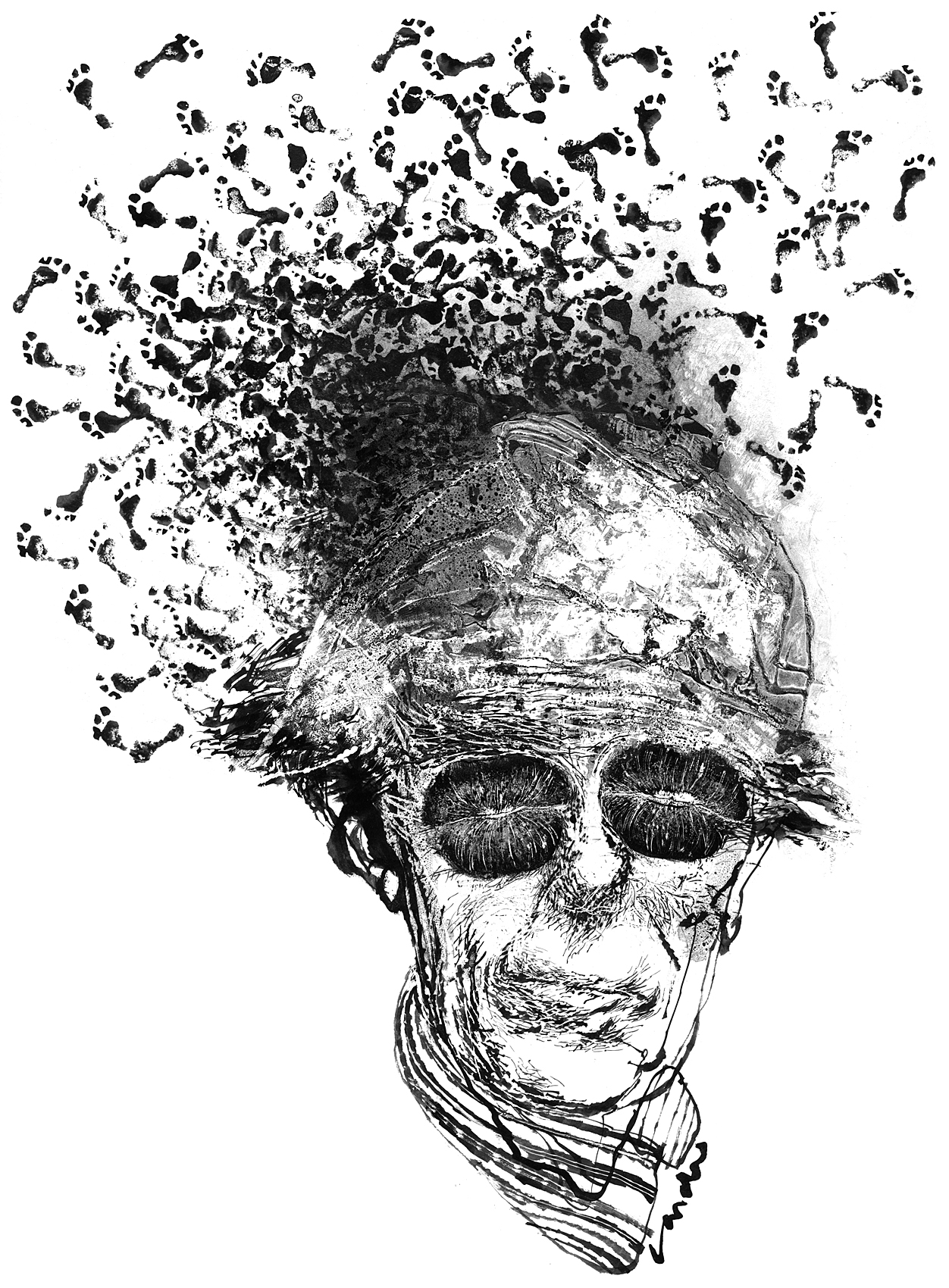
Adolfo Bioy Casares
Our own house
Fernando Alonso and María Esther Gilio commissioned a series of notes on the intimate meaning that each of the invited intellectuals gave to their house. One of the drawings that appeared in that special supplement was that of Bioy.
Clarín. Culture and Nation, February 4, 1982





































































